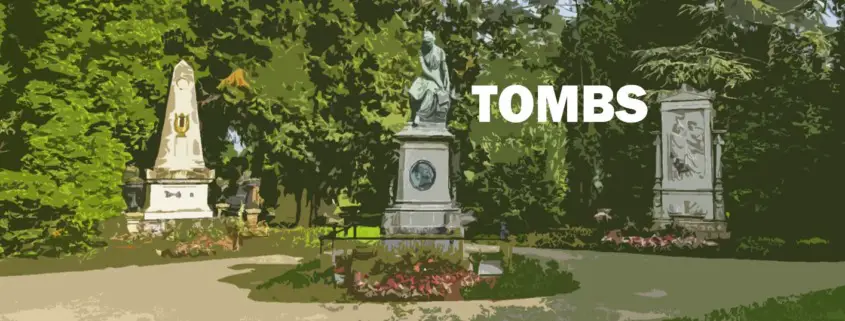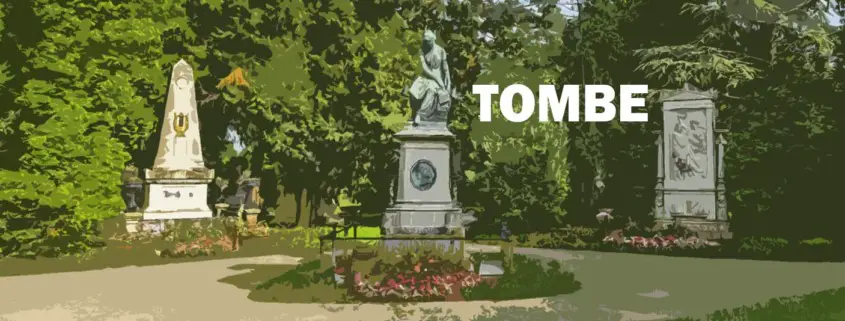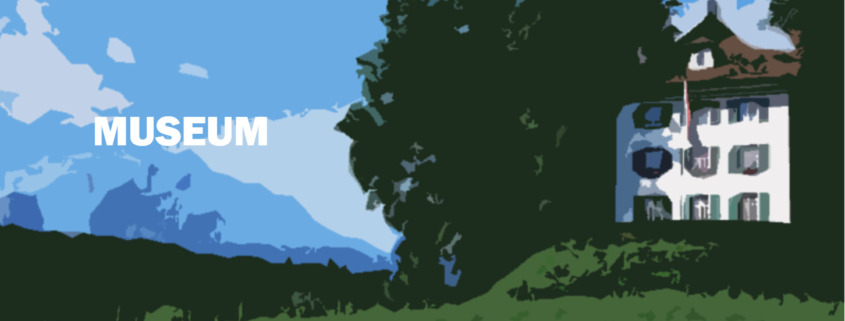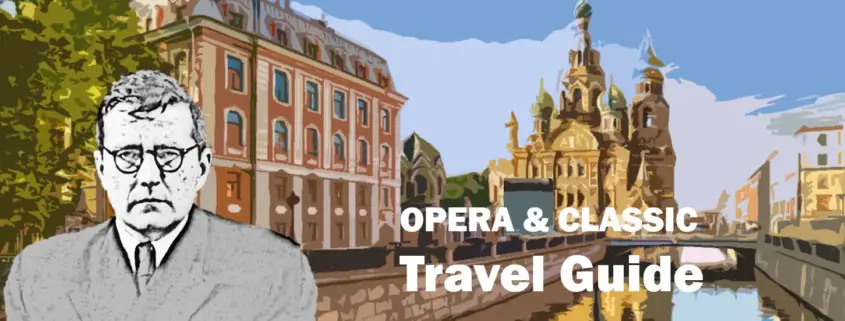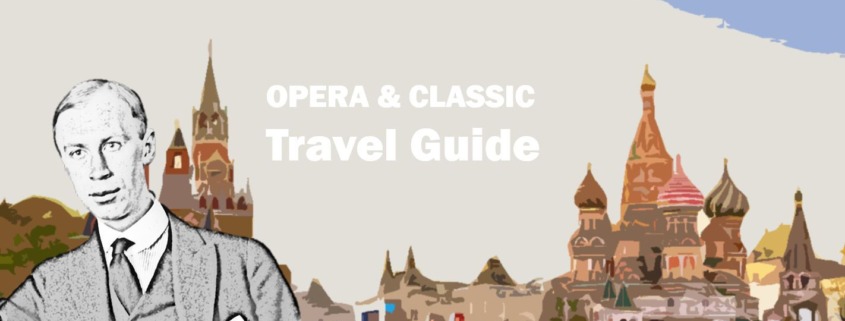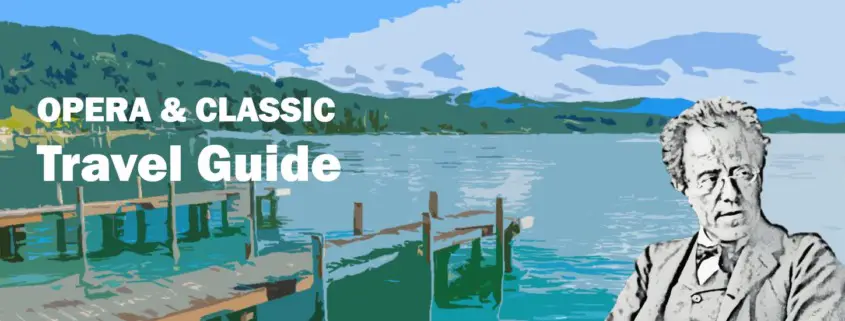The graves of the most important composers and performers of classical and opera music. With descriptions and a lot of background information.
Le tombe dei più importanti compositori e interpreti di musica classica e lirica. Con descrizioni e molte informazioni di base.
80 European museums about personalities of opera and classical music
Get to know the 80 most important museums. Among them are museums located in dream houses, but also a museum located in an under ground apartment where the composer grew up. You can also find out which artist had his own restaurant built.
The most beautiful and important churches for classical music.
An overview by city and background informations.
AMSTERDAM / HAARLEM
St. Bavokerk in Haarlem
Mozart at the Bavokerk
The child prodigy journey with 6-year-old Amadeus and 11-year-old Nannerl took the Mozarts throughout Western Europe, traveling via The Hague and Amsterdam on the way back. When the Mozarts arrived in Amsterdam they had already been on their great Western European tour for over 2 years and only wanted to go home. Then they received an invitation from Princess Caroline of Nassau and the Mozart family spent more than half a year in the Netherlands. The trip became very dramatic because first Nannerl and then Mozart fell ill with typhoid fever in The Hague. Nannerl already received the last rites, but was saved by the court physician, who only made the correct diagnosis. They gave concerts in various cities and Mozart dedicated six piano sonatas to Caroline.
In Haarlem, the Mozart family visited the church of St. Bavokerk at the Grote Market and Wolfgang played on the organ, which is one of the best in Europe.
Handel at the Bavokerk
Handel visited the Netherlands in 1750. Besides visiting his old friend Princess Anna, he wanted to play the famous Dutch organs. On the way to the church in Haarlem the misfortune happened, somewhere between The Hague and Haarlem his carriage crashed badly. He hit his head badly and sprained his hand. Probably this accident was the reason for his increasing blindness in the following years. Nevertheless, in August he was able to play the wonderful organ in Bavo.
The church
The church is a great jewel, a visit is very rewarding, the music of the organ and the acoustics are very impressive. The organ has over 5,000 pipes and has 62 stops.
Tip: book guided tour and consult music program.
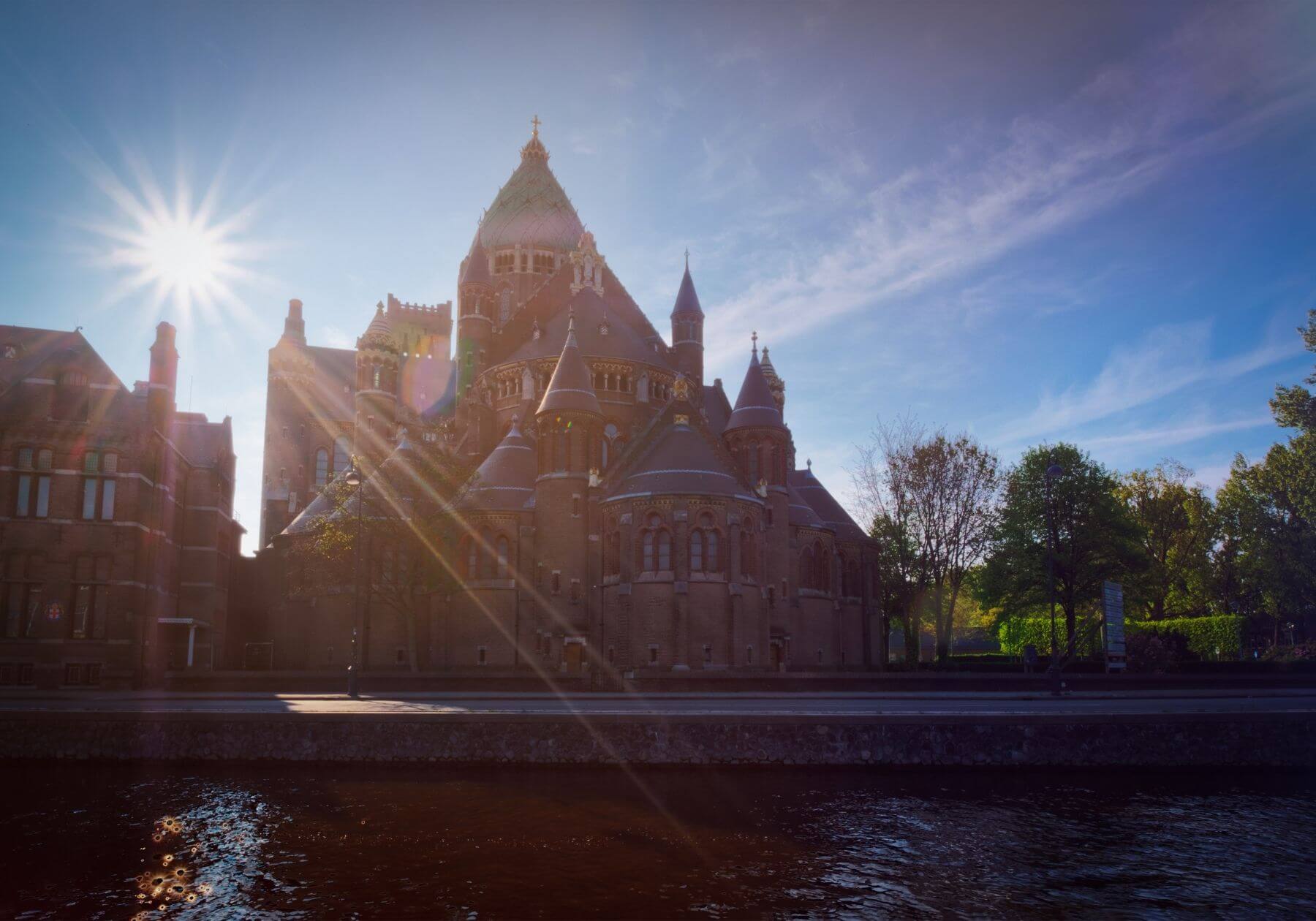
COVENTRY
Coventry Cathedral
St. Michael’s Church was destroyed by a German air raid in 1940 during the Second World War. Only a few outer walls remained. In 1962, a new cathedral was built next to the ruins. For the solemn inauguration, Britten wrote his famous War Requiem. Britten was a pacifist and used a text by a poet who died in the First World War. Britten visited the Belsen concentration camp with Yehudi Menuhin in 1945, and so this work became a matter of the heart for him.
The destroyed cathedral:
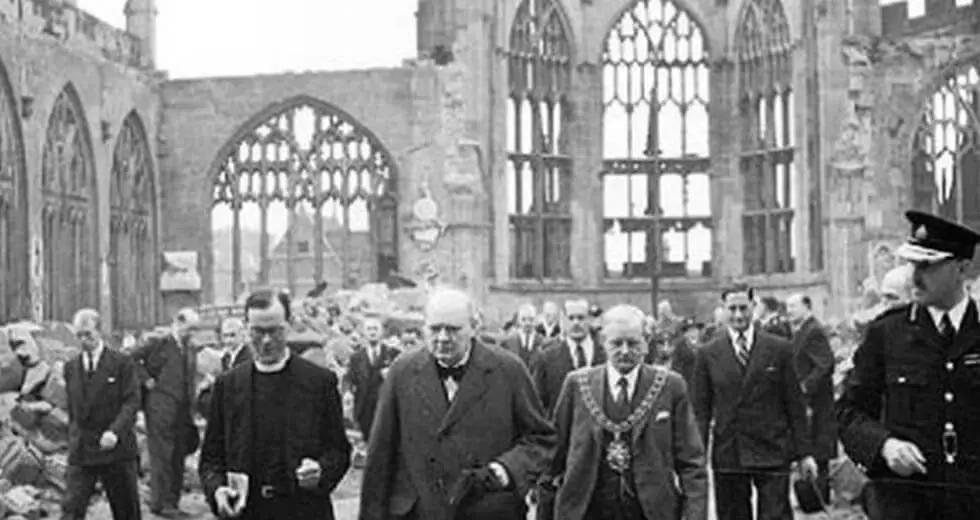
The newly built cathedral next to the remains of the old one:
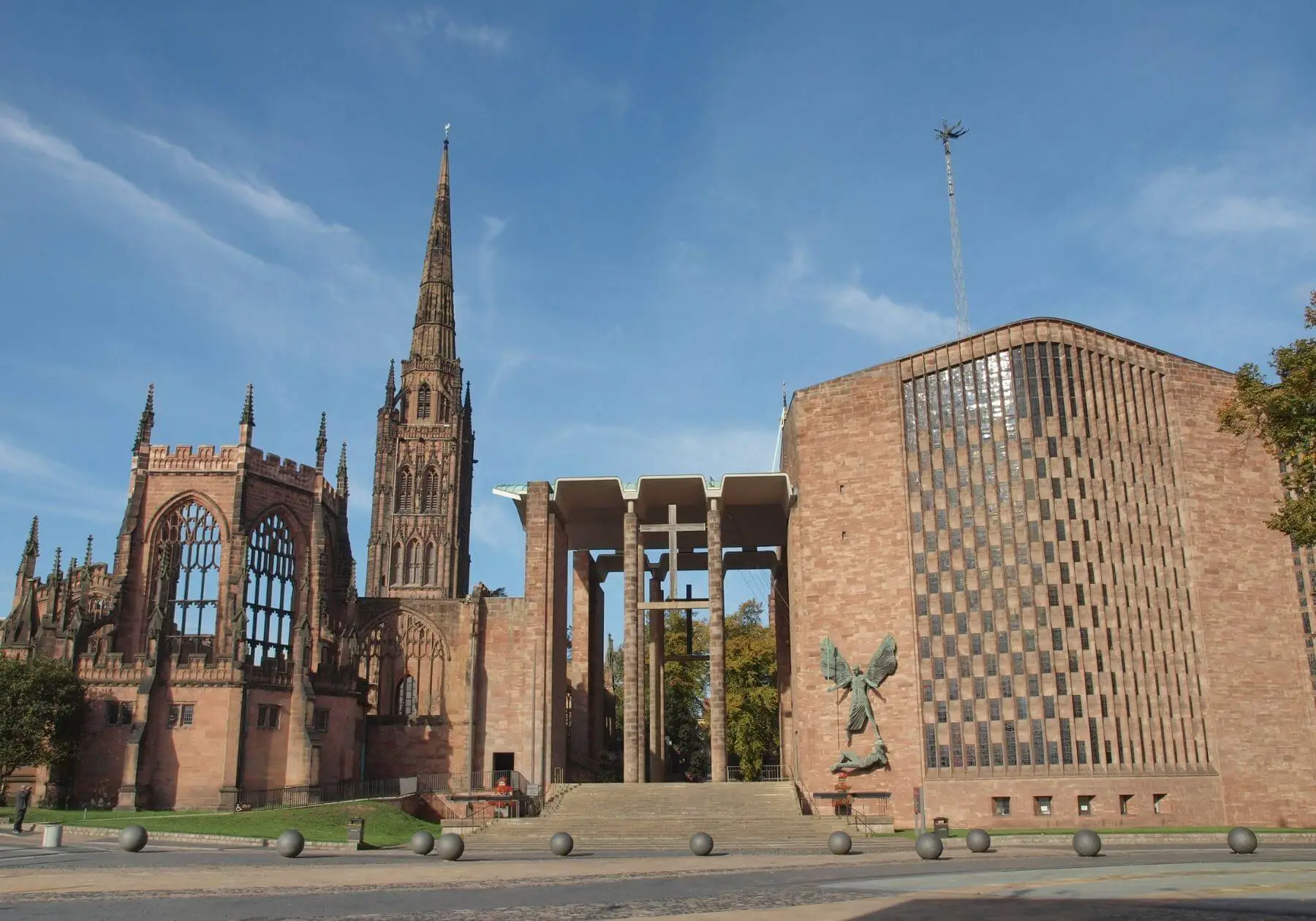
DUSSELDORF
[/av_content_slider]
LEIPZIG
MORE LEIPZIG TRAVEL TIPS FOR OPERA AND CLASSIC LOVERS
St. Thomas Church
Johann Sebastian Bach
In Bach’s time, St. Thomas Church was not the only place of activity of the St. Thomas Boys’ Choir, a boys’ choir whose tradition dates back to the 13th century. The choir consisted of just over 55 students, who mostly sang in groups of 8 in various churches.
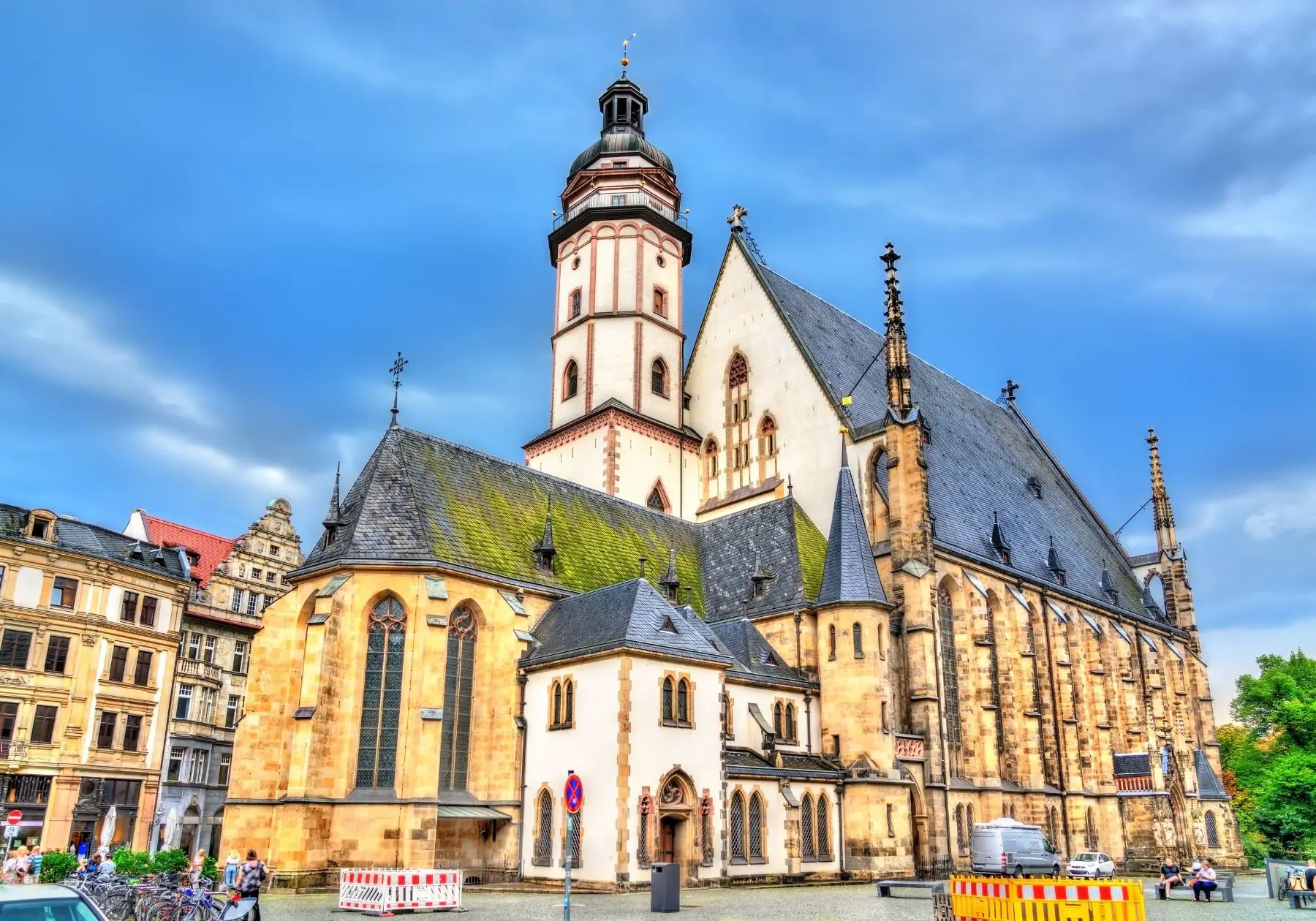
Lutherwindow:
Among other things, the premiere of Bach’s St. Matthew Passion in 1727 took place in St. Thomas Church. Some of Bach’s works from this period have church lieder by Luther as their basis. Luther can also be seen in the church on a window that dates from 1889. A plaque on a pillar commemorates the reformer’s Pentecost sermon in 1539.
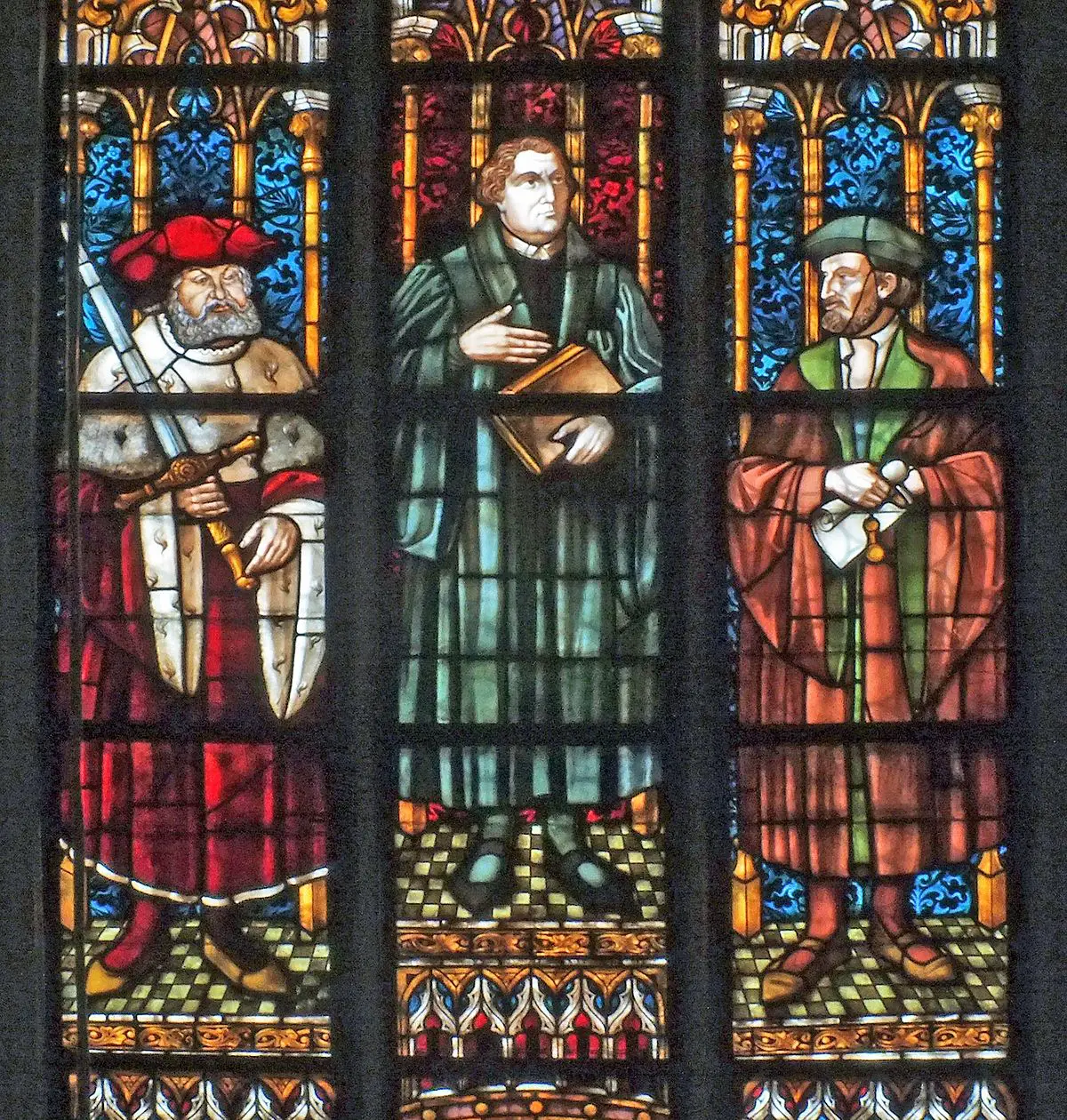
Bach’s tomb in St. Thomas church:
The choir room of the church has been the final resting place of Bach’s tomb since 1950, whose bones came here in a roundabout way. When Bach died, he was buried without a gravestone in the cemetery of the Church of St. John. After the Bach Renaissance of the 19th century, triggered by Mendelssohn, they wanted to exhume his body and rebury it in the neighboring church. The only information about the exact location of the grave was the surviving statement “six steps straight ahead from the door on the south side”.
There is some controversy as to whether the exhumed body is really that of Bach. However, the fact that the body was in an oak coffin is an important argument in favor, as this was true in only 1% of burials at the time. A definitive clarification would be given by DNA analysis. St. John’s Church was bombed during the Second World War and the bones had to be taken out from under the debris to eventually be placed in St. Thomas Church.
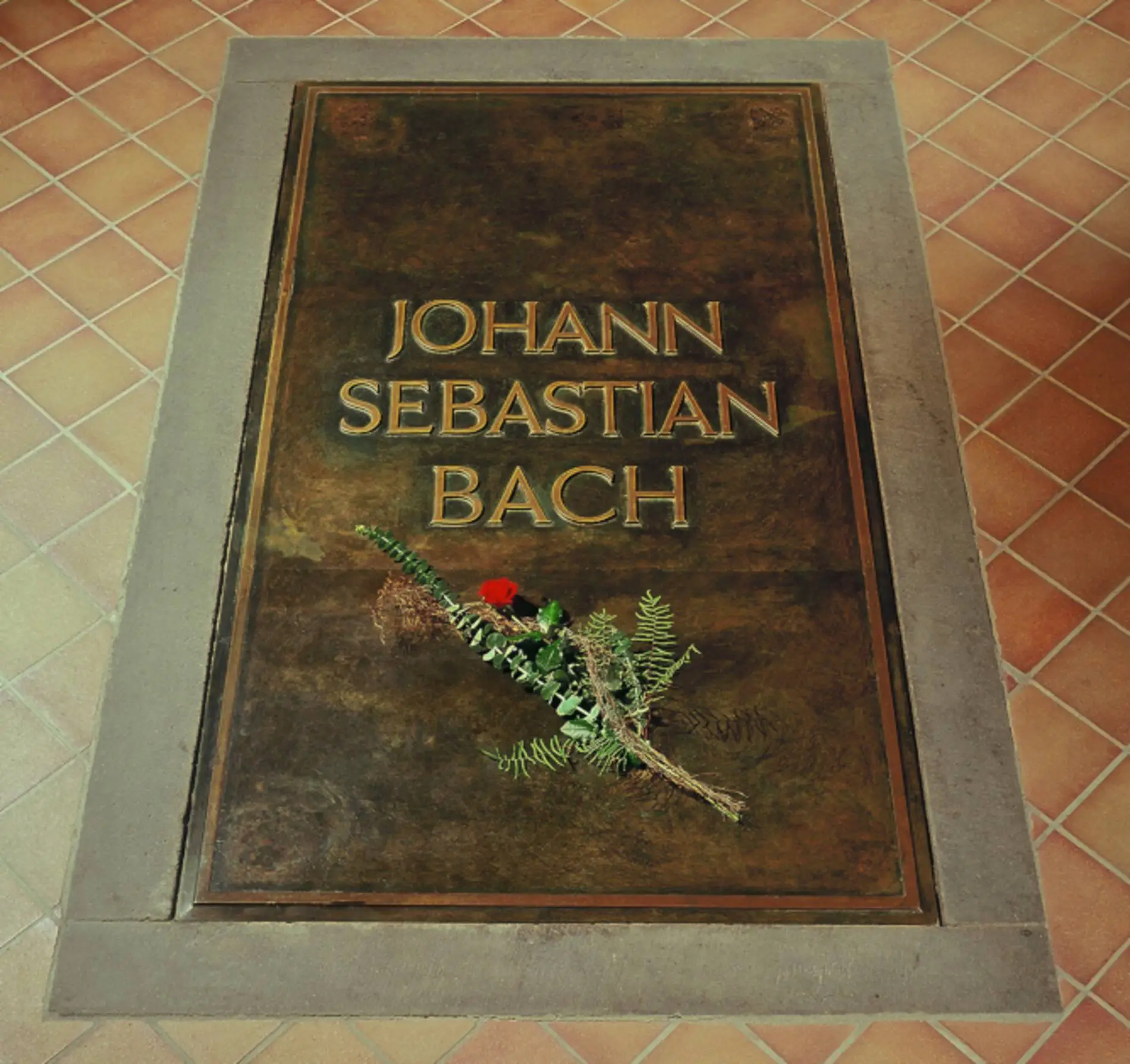
Bach monument in front of St. Thomas churceh:
The bronze Bach statue stands in front of the Bach window of St. Thomas Church. In the course of the exhumation of Bach’s body in the 19th century, an impression of the skull had been made, which was used as the basis for the design of the monument. The monument shows Bach conducting (why he has rolled up music paper) in front of an organ.
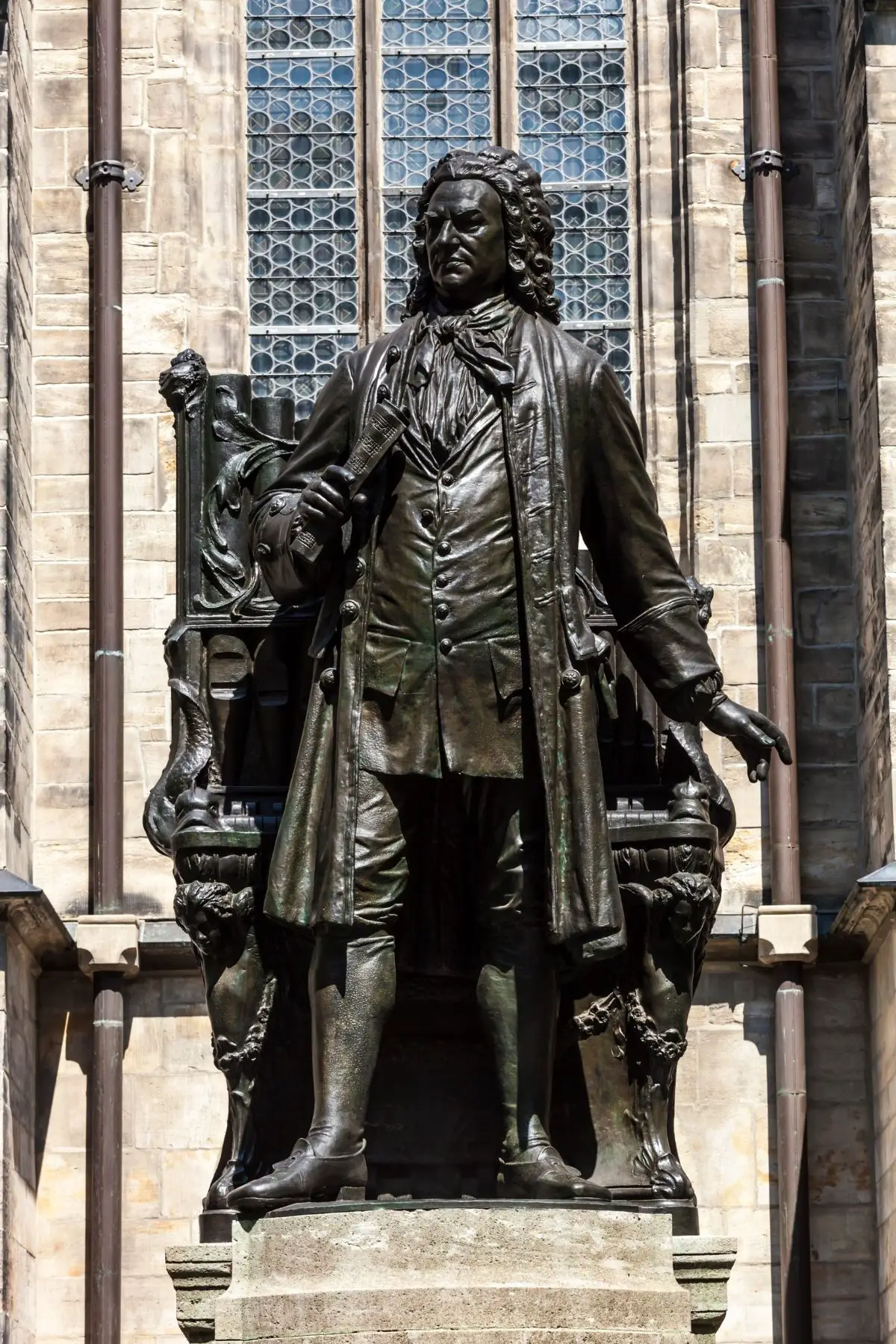
Calendar of events:
St. Thomas Church regularly hosts musical performances, you can find the calendar of events on the website. Registration is usually mandatory for performances.
Richard Wagner
Historically significant for Bach and Luther, St. Thomas Church is the only “Wagner place” in Leipzig that has been preserved. Here he was baptized in 1813 and later received lessons from the then Thomaskantor during his studies.

Nikolai Church
The St. Nicholas Church was one of Bach’s places of work, where many of his works were heard for the first time, for example the St. John Passion in 1724 or the Christmas Oratorio in 1734/35, in addition to countless cantatas and motets.
Luther pulpit:
The St. Nicholas Church still even mor features. For example, the Gothic pulpit from the time of Luther, also called the “Luther pulpit”.
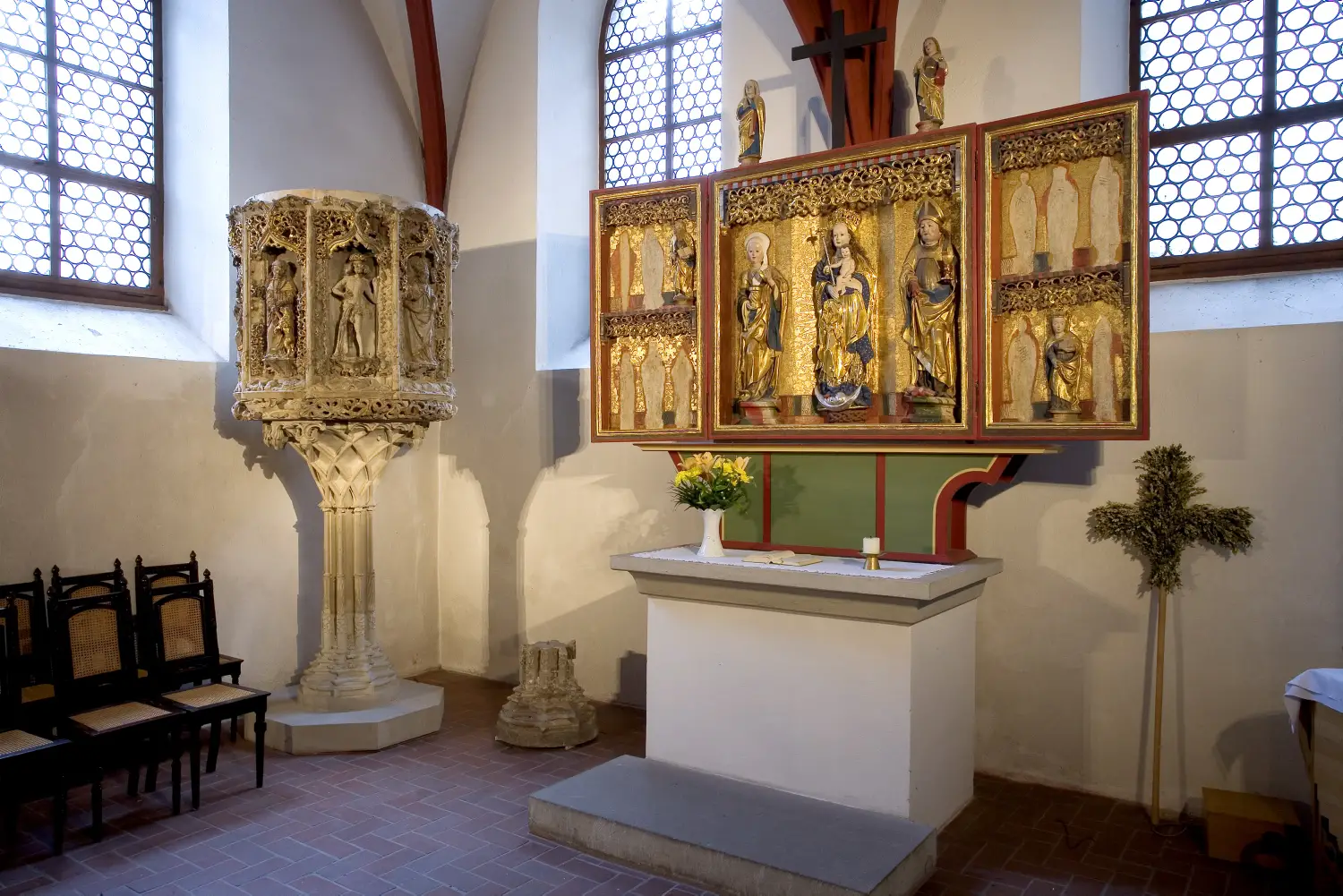
Furthermore, the central tower from 1732 should be mentioned, in which until 1932 lived a Türmer (dweller of the tower).
Most recently, the St. Nicholas Church was also the origin of the GDR Monday demonstrations, which developed from the Monday prayers of the St. Nicholas Church and led to the end of the GDR.
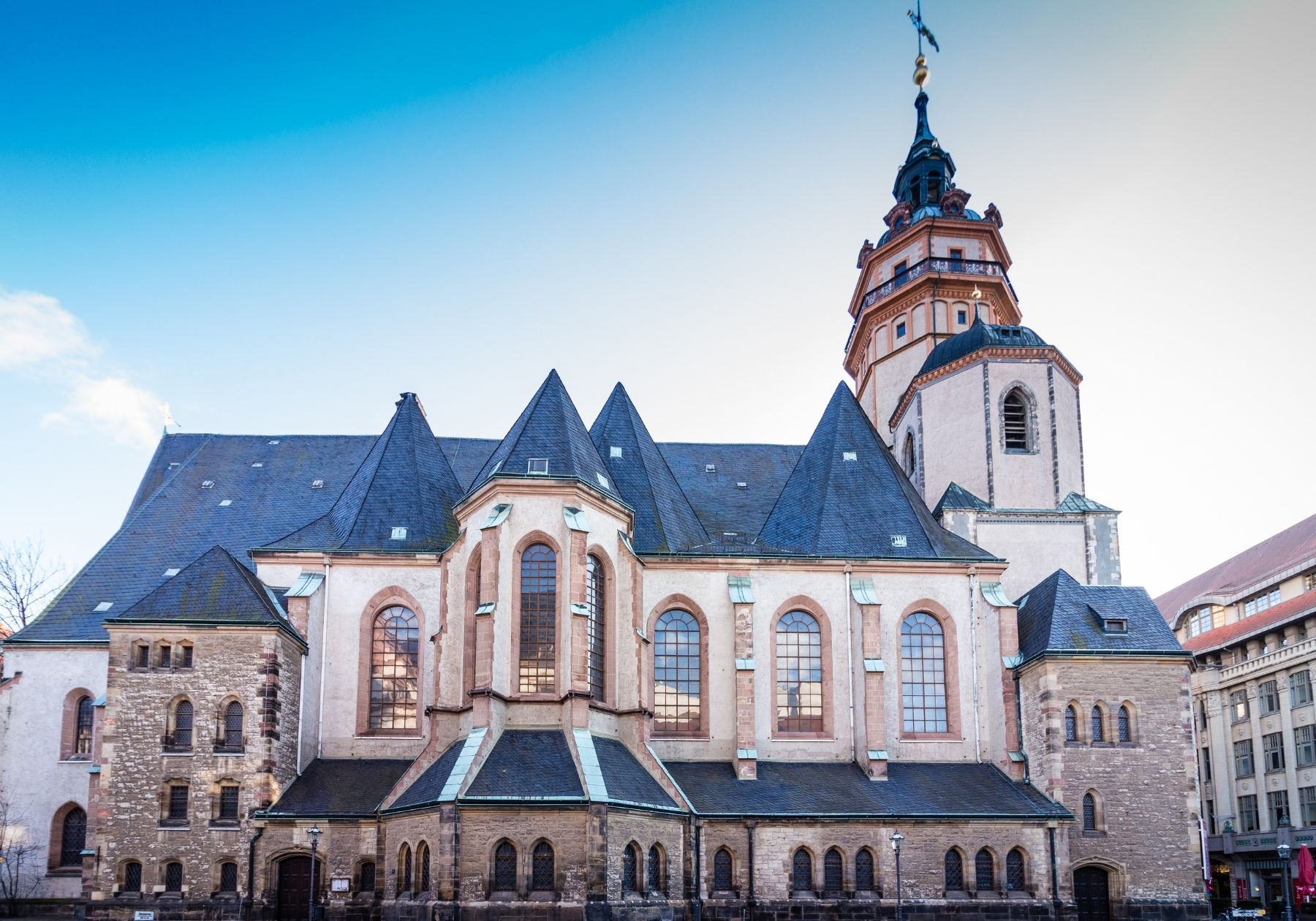
LINZ
av_content_slider heading=” columns=’1′ animation=’slide’ navigation=’arrows’ autoplay=’false’ interval=’5′ font_color=” color=” av_uid=’av-34taqvp’]
[/av_content_slider]
LONDON
Westminster Abbey
Händels Gravesite
It was Handels wish to find his last resting place in the Westminster Abbey. Again Roubiliac created the statue for the tomb. This portrait is generally recognized as very faithful, on the one hand because Roubiliac had already portrayed Handel once for a statue, and on the other hand he modeled the face on the basis of the death mask. This statement was confirmed by contemporaries who knew Handel.
Händels Grave:
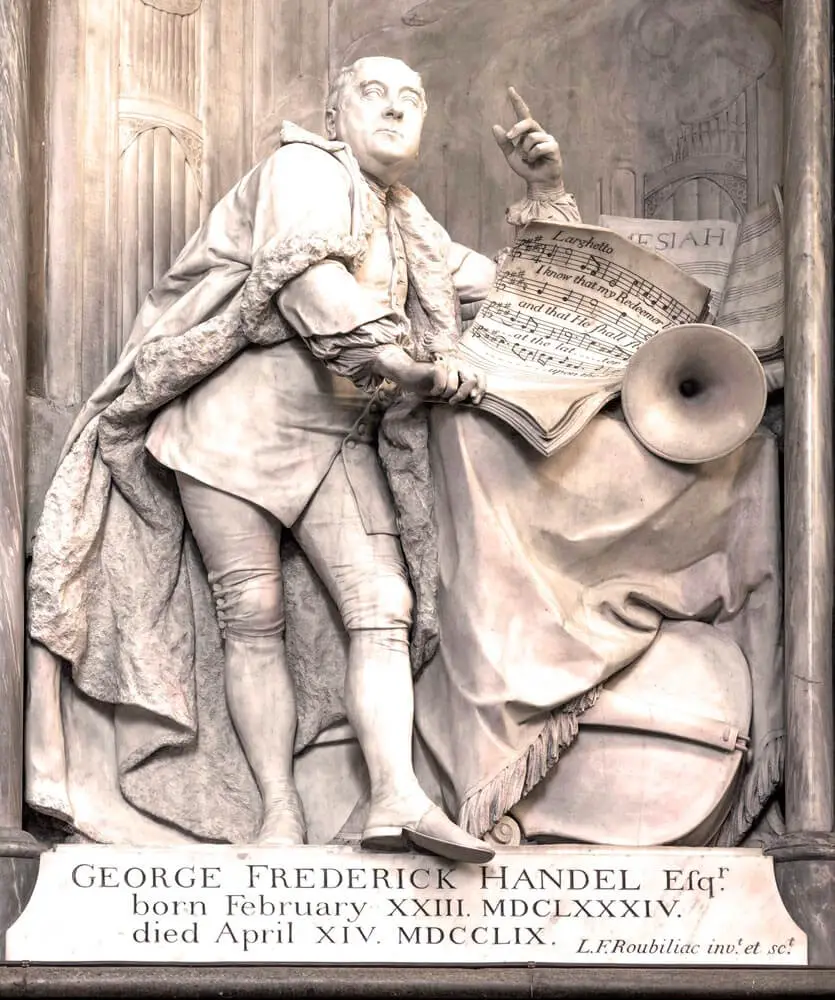
Westminster Abbey
Purcells grave
Henry Purcell’s honorary tomb is in Westminster Abbey. Some sources attribute his death to a cold he caught in November 1695. It is suspected that his wife forbade her servants to admit Purcell, a notorious pub-goer, after midnight. Unfortunately, the buzzed musician is said to have caught the cold that November night when he found himself locked out of his house, heavily buzzed.
His grave is in the north aisle of the Abbey where the organ was in his day, which is why it is said that he is “under the organ.”
Westminster Abbey:
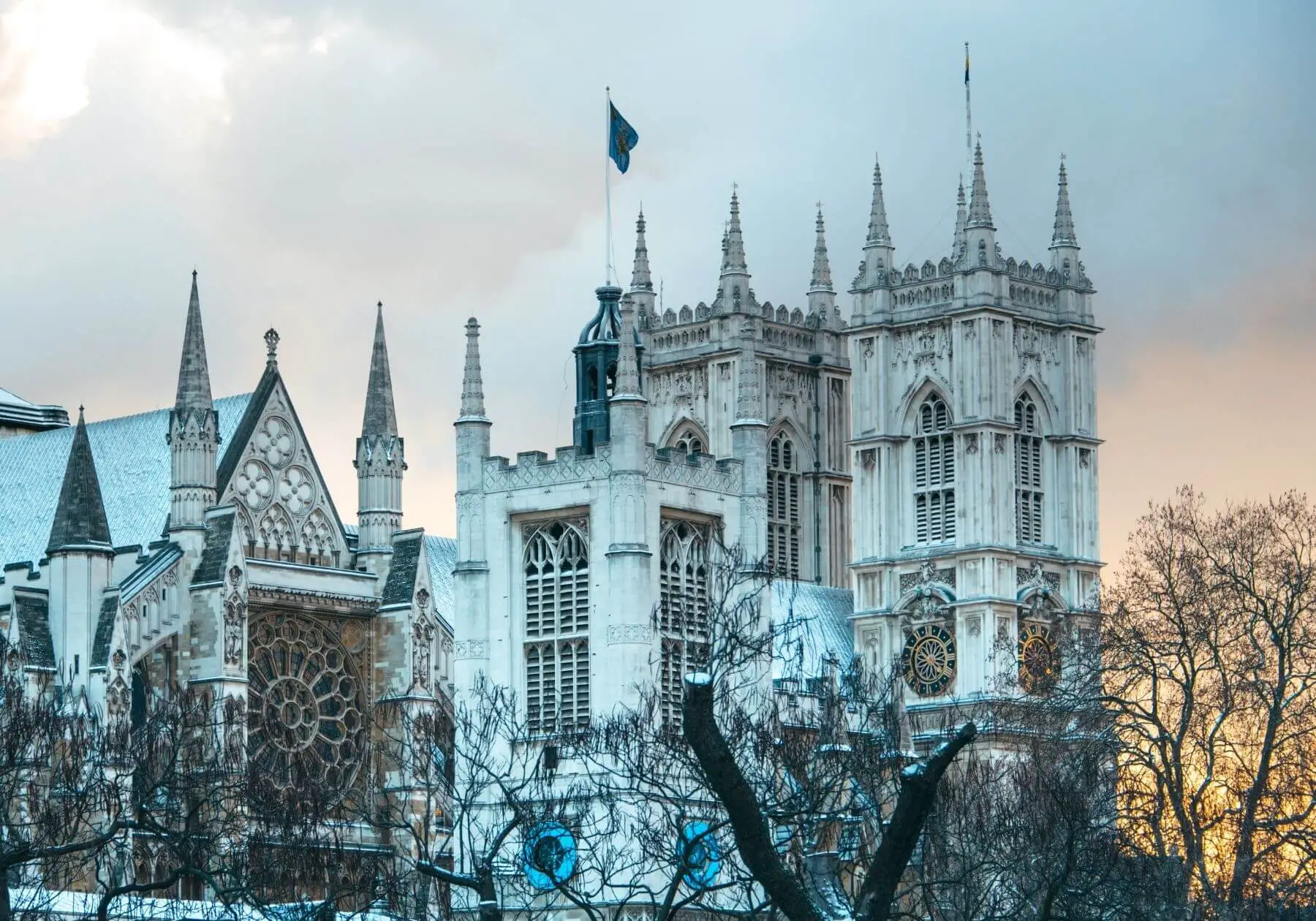
St. Pauls Cathedral
Mendelssohn in St. Paul’s Cathedral
Mendelssohn was a gifted organist. He visited St. Paul’s Cathedral several times, played there often, and also heard a Handel oratorio there. His organ recital of 1837 must have been particularly impressive, when Mendelssohn played Bach and the audience refused to leave the church. Only when the calculants (the bellows treaders) went home did the instrument run out of breath.
St. Pauls Cathedral:
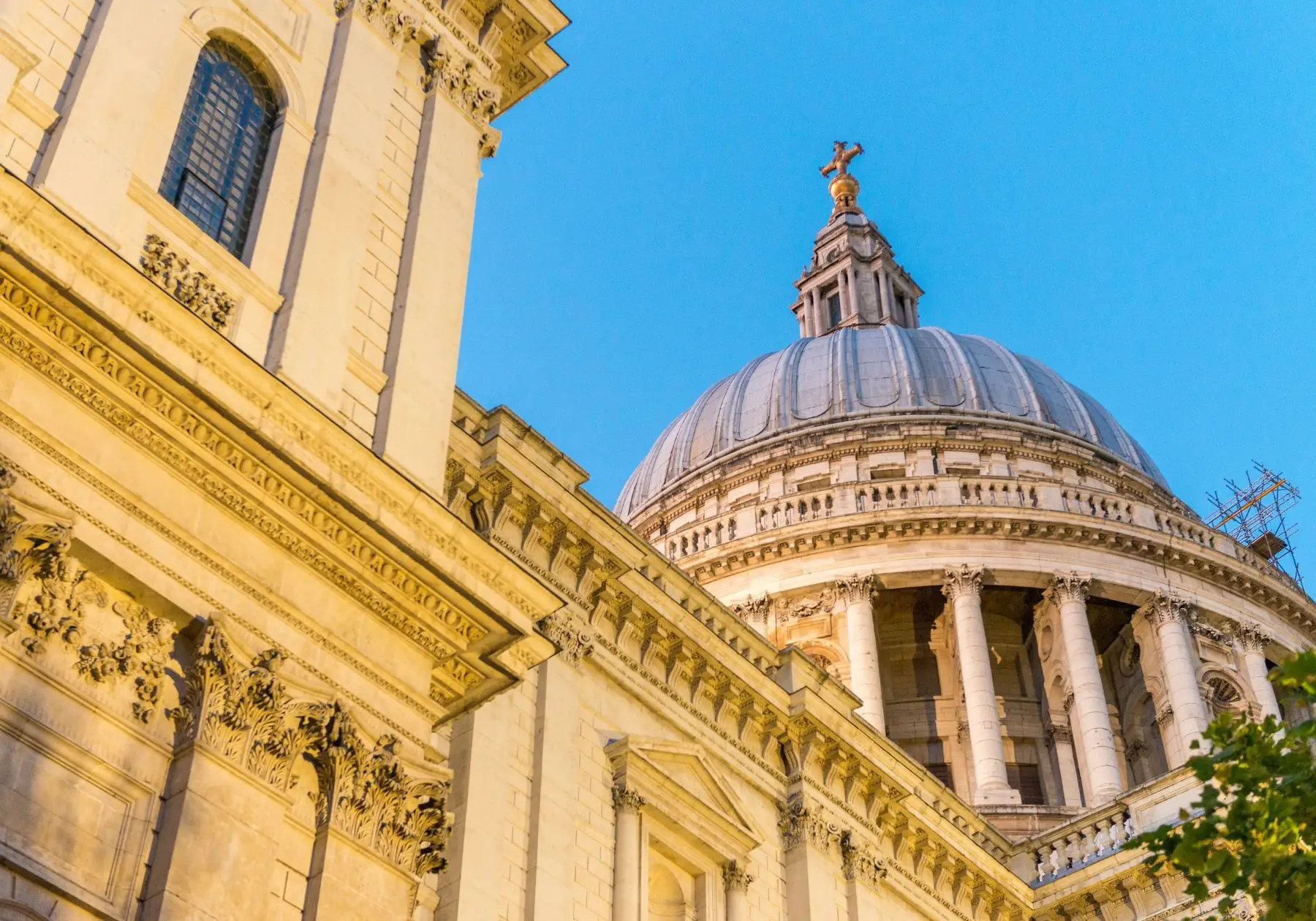
LÜBECK
Marien Church
His birthplace
St. Mary’s Church in Lübeck is a magnificent example of a Gothic church and became the model for 70 churches in the Baltic region. In 1942, a catastrophe occurred during an air raid, as the interior of the church burned out completely, destroying also the famous Totentanz organ, on which probably Bach and Handel had played. The interior of the church was rebuilt according to the originals, and a memorial plaque commemorates Buxtehude, who died in 1707 and was buried in the church.
Händel visits Buxtehude
When Handel took the post of musician in the opera house in Hamburg at the age of 17, he was dissatisfied with the pay. When he heard that the position of organist was vacant in Lübeck, he went with Kapellmeister Mattheson to Lübeck, where the famous Buxtehude held the position in demand. They visited St. Mary’s Church and heard Buxtehude’s magnificent playing and the fantastic acoustics of the organ and church; moreover, the position paid well. Like everything that is too beautiful, it had a catch, as Mattheson’s report later stated: “Because, however, a marriage condition was proposed in the matter, to which neither of us showed the slightest desire, we departed again, after many honors received and pleasures enjoyed.
Bach visits Buxtehude
In November 1705, the 20-year-old Bach migrated to Lübeck for study purposes. He had been granted leave by his superiors in Arnstadt, to speak and hear the famous master. This experience must have been a tremendous incentive for the young Bach; Buxtehude’s handwriting can be heard in the following organ works.
Buxtehude seemed to be taken with the Thuringian, because he offered him the succession for the position. However, there was one condition attached to it, namely the marriage of his now 30-year-old daughter Anna Margreta. However, Bach was already engaged to Maria Barbara and it did not become of this position.
Marienkirche Lübeck:
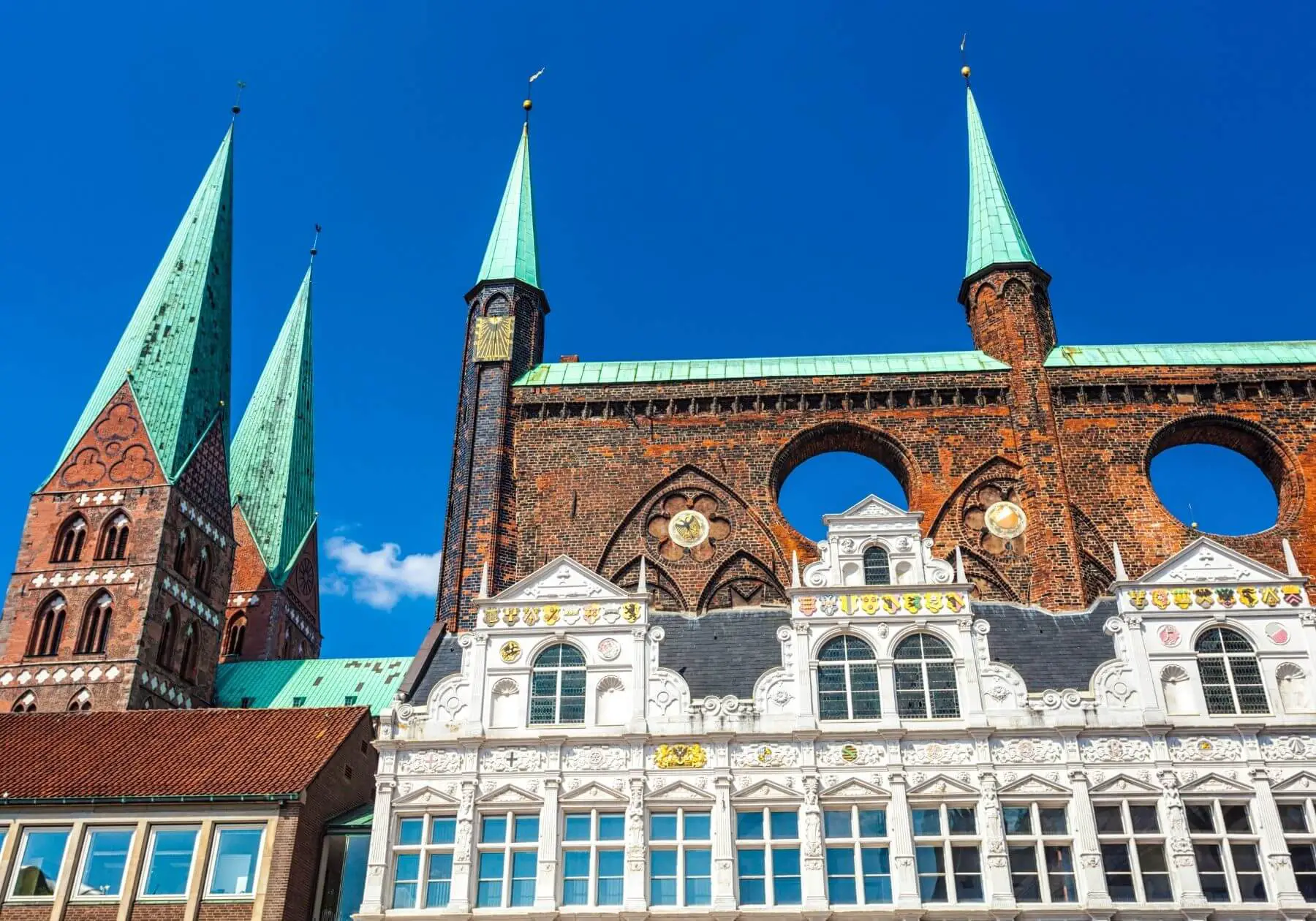
MANNHEIM
Jesuit Church
Mozart played the organ in the beautiful baroque church several times. A memorial plaque to the right of the entrance commemorates his visits. The church was severely damaged by air raids during World War II, but the organ suffered only minor damage. The church was restored true to the original.
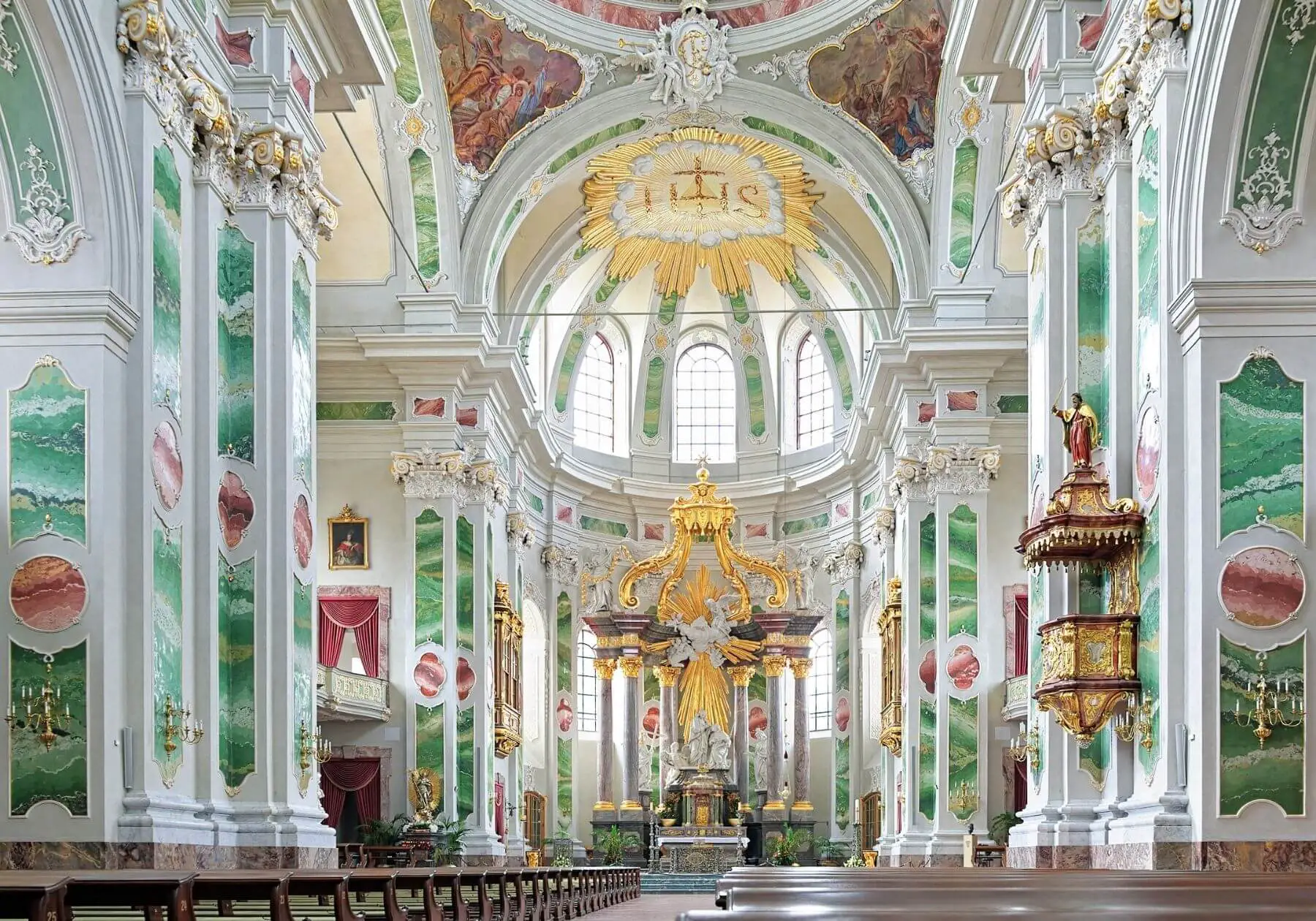
MILAN
Chiesa San Marco I
World premiere site of Verdi’s Requiem
Deeply shaken by Rossini’s death, Verdi wanted to persuade various musicians to write a Requiem for the national saint in 1868. Verdi wrote a final movement, but the work did not materialize. Fifteen years later, at the death of the artist and inspirer of the Risorgimento, Alessandro Manzoni, Verdi took the reins himself and wrote his famous Requiem for a memorial service that was finally held in the church of San Marco a year after Manzoni’s death. Verdi did not attend the first performance, but conducted another performance of this massive work a year later at the same venue.
Campanile of the Basilica San Marco:
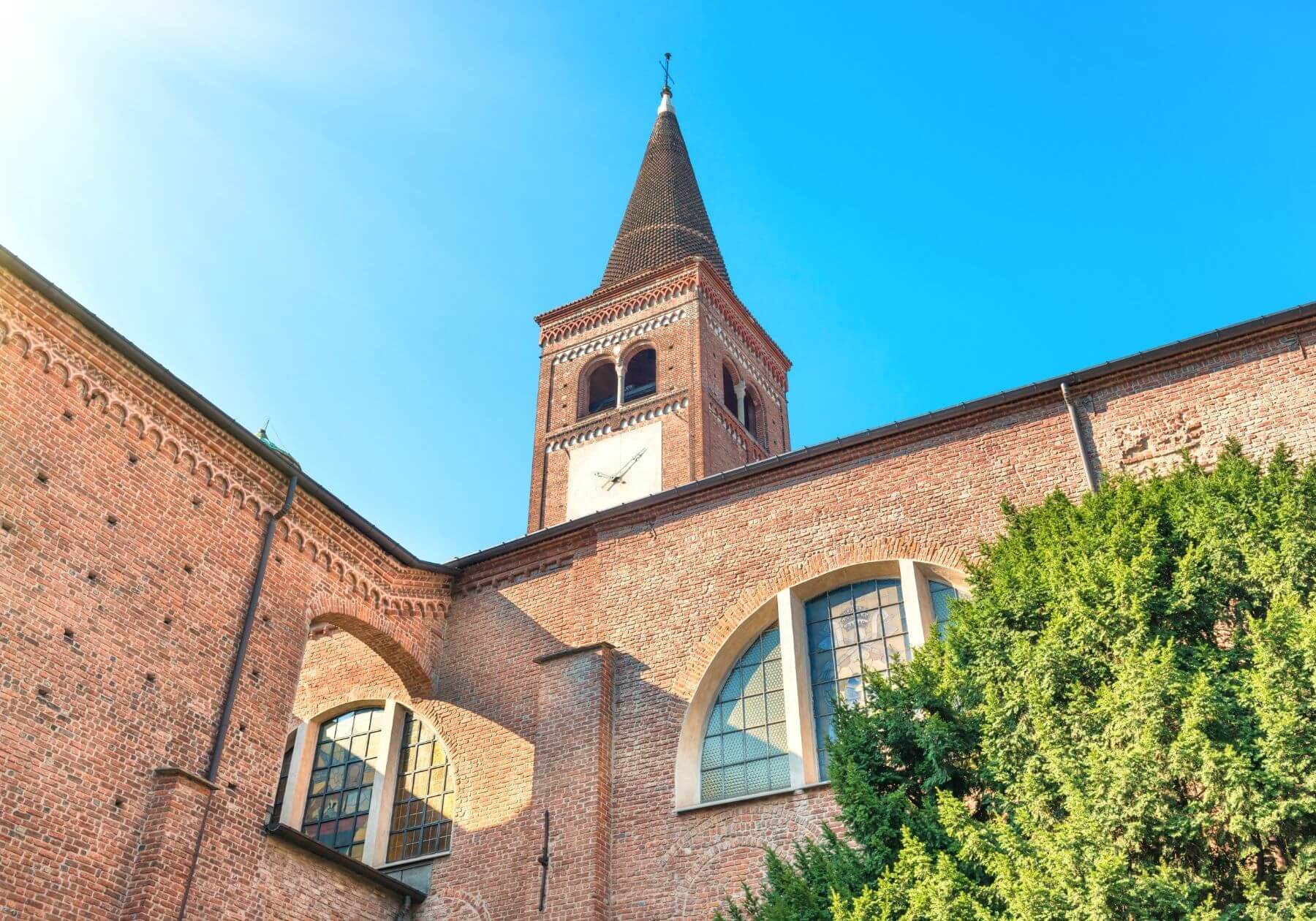
Chiesa San Marco II
Visited by Mozart
In this church Mozart played for the first time in front of a larger audience on one of the oldest organs in Lombardy. The church is definitely worth a visit and has, among other things, very beautiful frescoes. It was built in 1254 and was visited by Martin Luther, among others. Another beautiful church, frequented by Mozart, is the Chiesa di Sant’Antonio Abate.
Frescoes in San Marco:
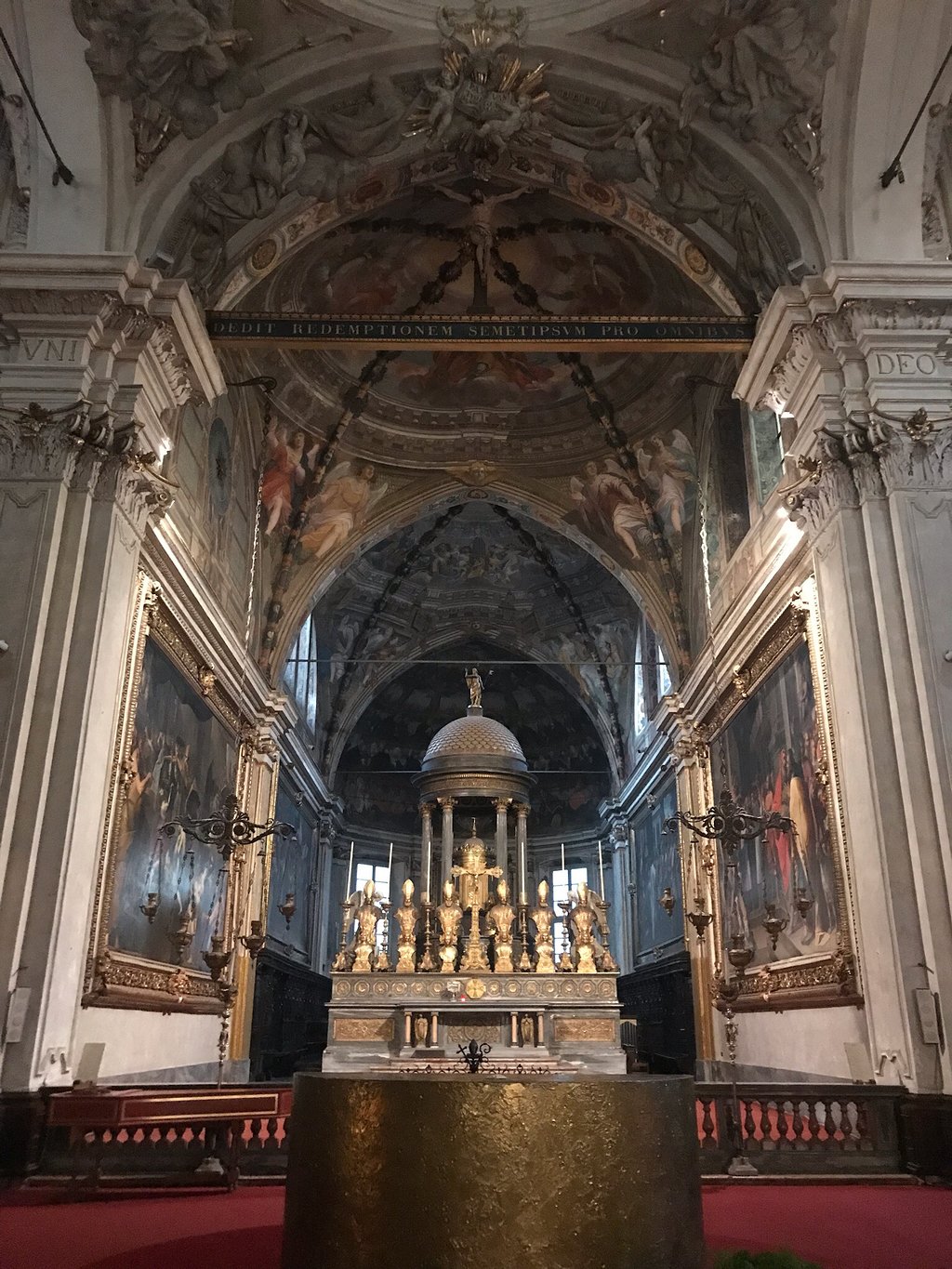
Monday and Thursday are days of market on the square
Milan Cathedral (Il Duomo)
The Duomo of Milan is gigantic and the third largest church in the world. The roof terrace of the cathedral can be walked on and offers a great view over Milan.
Toscanini’s farewell to Puccini
In 1924, Arturo Toscanini conducted the funeral ceremonies for the late Puccini in Milan Cathedral. Toscanini bore a heavy burden, for 23 years earlier he had conducted the ceremonies for Verdi, and now it was his friend and companion Puccini’s turn. The speech was given by none other than Benito Mussolini, who tried to exploit the death of the now national saint politically.
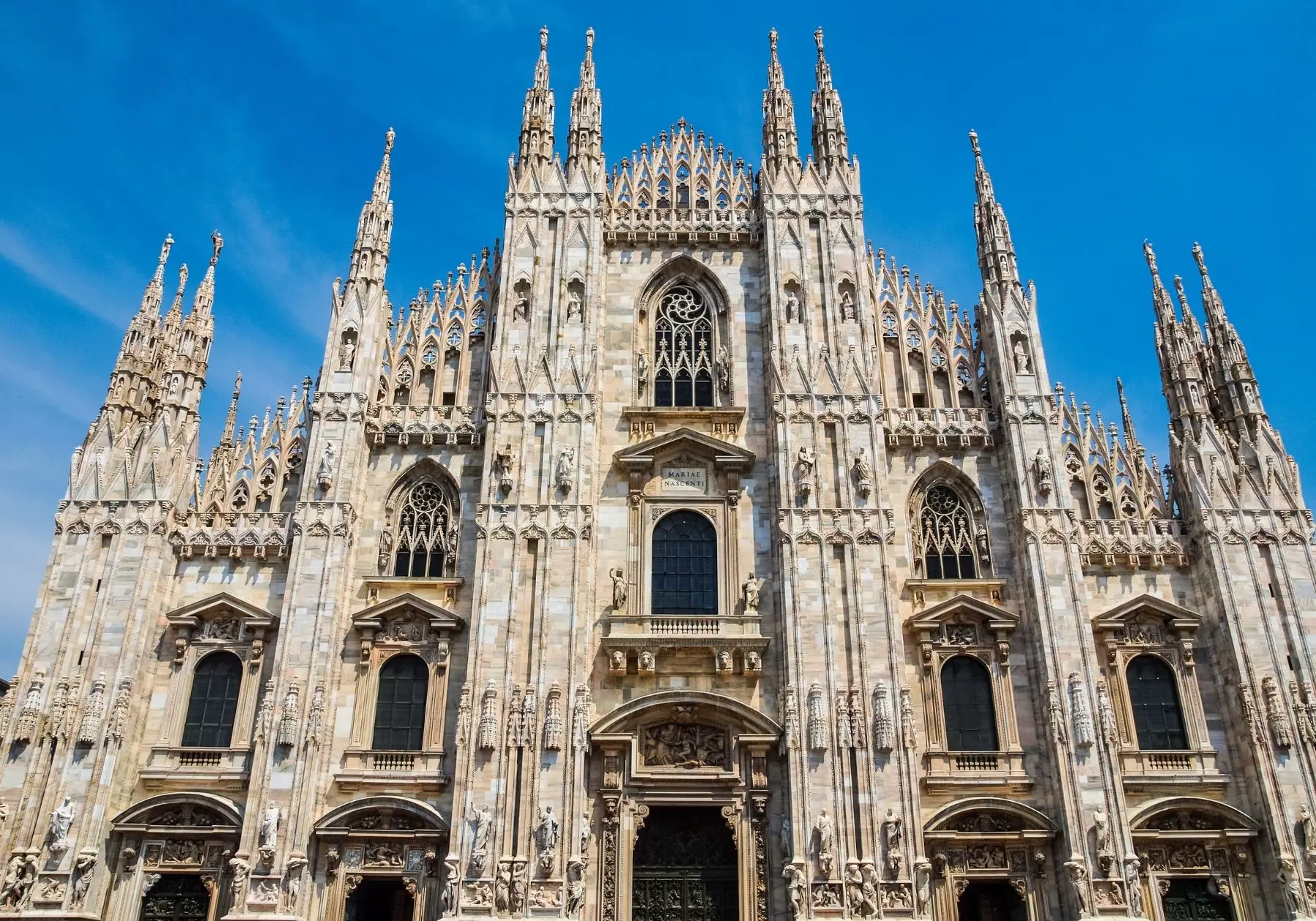
SEEON (BAVARIA)
Mozart-Convent Seeon
This monastery has a history of over a thousand years. It was converted at the beginning of the 19th century and has had a varied history since then. In the meantime it belongs to the Bavarian Free State. Mozart often played here on the organ, which can still be played true to the original.
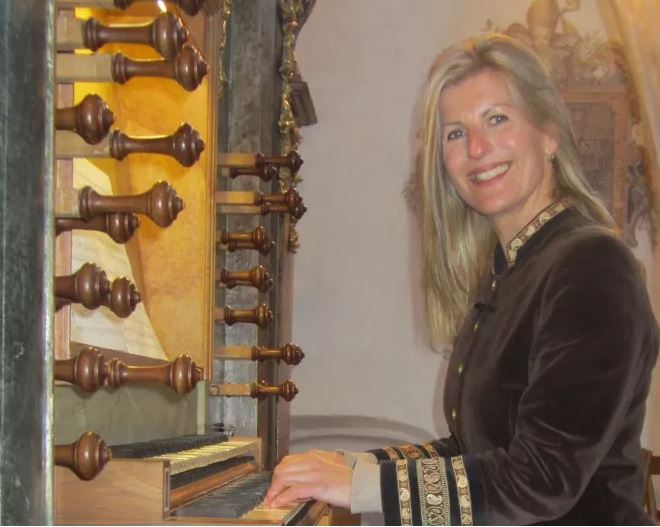
This place is now a conference venue. Guided tours are offered and you can spend the night in the historic monastery walls.
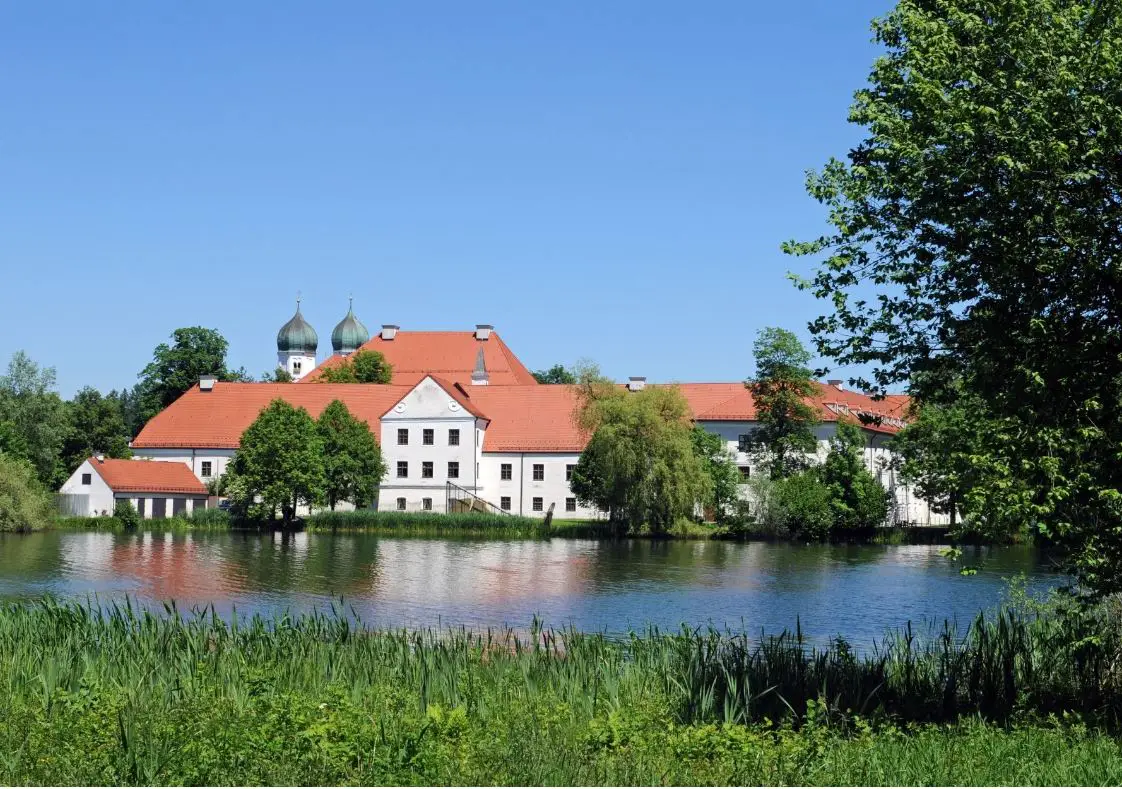
PARIS
Notre Dame
The organ of Notre Dame Church
Musically remarkable is the large organ, which goes back to the Cavaillé organ installed in 1868. Fortunately, it was not damaged in the fire of 2019. With its 8000 pipes, it is one of the most beautiful organs in the world and, a special feature, has an engine from … Rolls-Royce. It so happened that the general manager of Rolls-Royce witnessed the organ breaking down during a mass at Notre Dame. The generous man then donated a Rolls-Royce engine to the church!
Drop in on Sundays to see if there is a free concert at 16.30 (consult website beforehand).
Notre Dame Church, Paris:
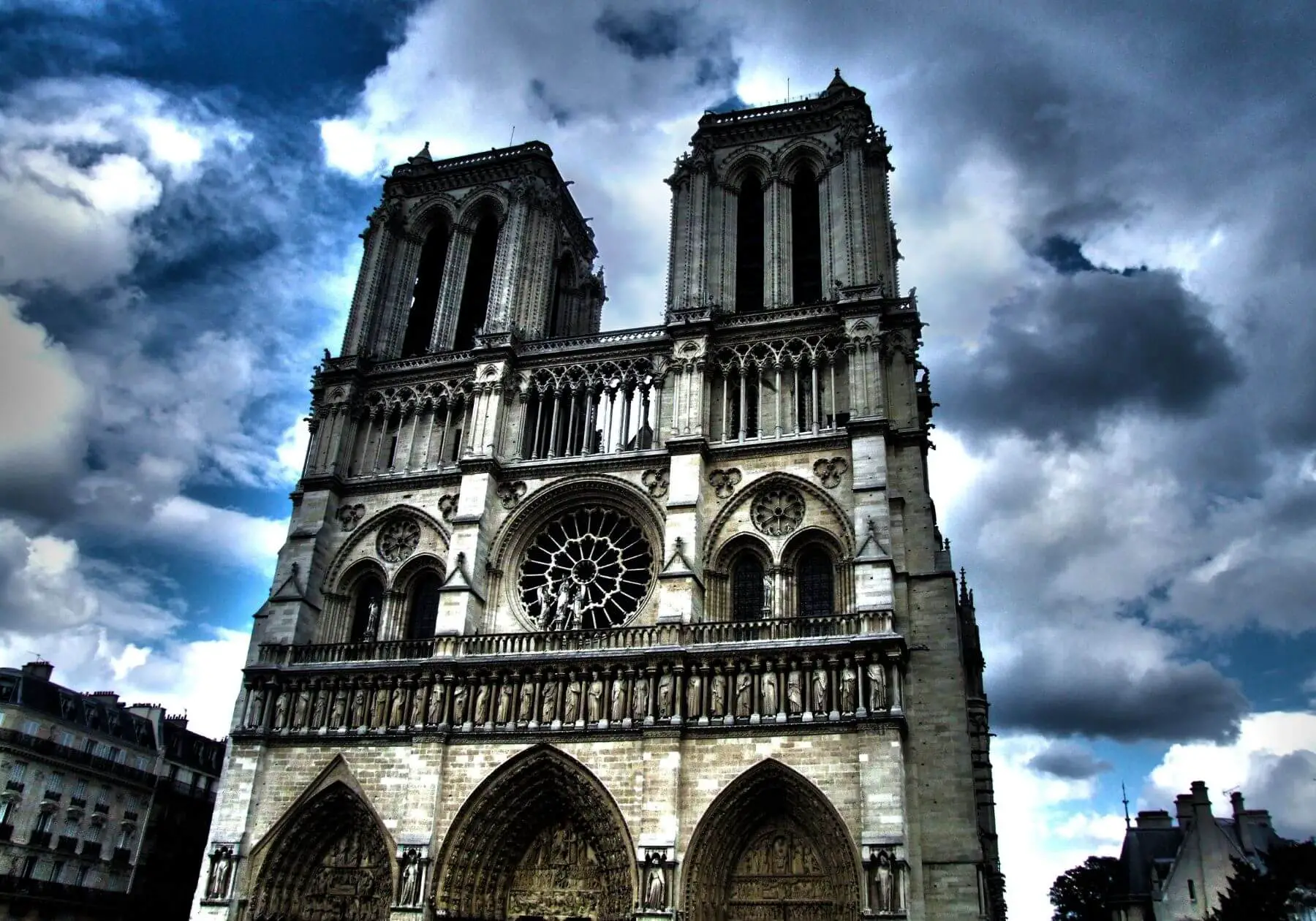
Saint-Sulpice
One of the great opera scenes takes place in this church:
One of the greatest scenes from Massenet’s operas takes place in the church of Saint-Sulpice. I am talking about the 3rd act of Manon, where first the priest pupil des Grieux sings his dream aria “Ah fuyez douce images” and after the appearance of Manon follows the great duet “N’est-ce plus les mains”.
Perhaps Massenet’s choice of church was inspired by Charles Gounod, his teacher at the Conservatoire, who had received the lower orders here.
A visit to this imposing church in the footsteps of Massenet is worthwhile, already the facade is imposing and the frescoes by Delacroix also. Heine and Hugo were married here and the church became famous at the latest with the filming of Dan Brown’s “The da Vinci Code”.
Église Saint-Sulpice :
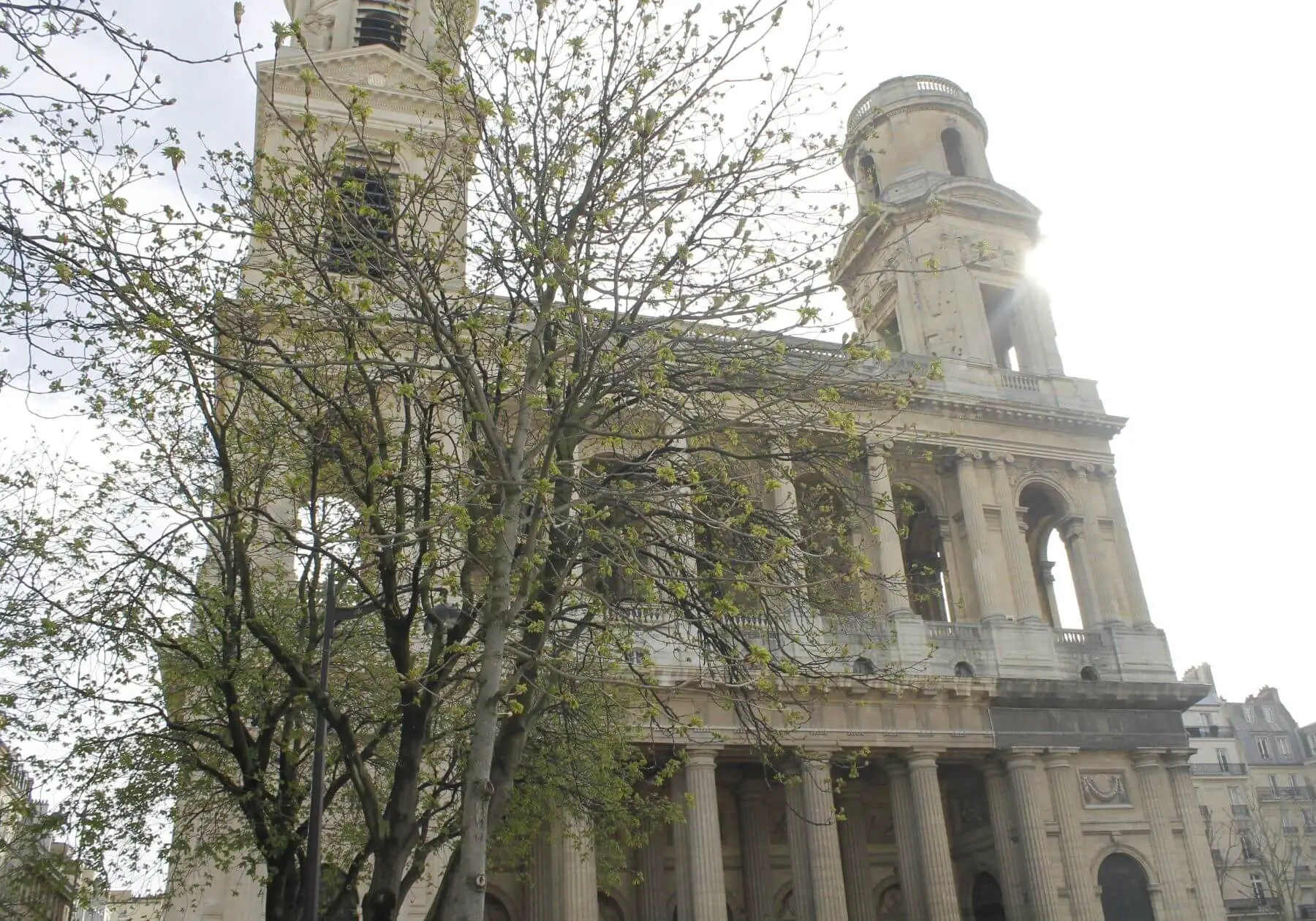
ROME
Sistine Chapel
Mozart notes the Miserere
It was in the famous chapel that Mozart heard Allegri’s Miserere. This 9-part chorale was only allowed to be heard in the Sistine Chapel during Holy Week and it was forbidden, under threat of excommunication, to make a copy of the piece of music. Hardly any traveler to Rome missed this experience during Holy Week. Mozart listened very attentively and, back in his quarters, copied the notes from memory onto paper, practically without mistakes. After a second visit, minor errors were corrected.

Madonna del Rosario
Liszt befriends the pope
At this retreat, Liszt worked on his Christus Oratorio, among other works. The influential Pius IX visited him here and Liszt played compositions for him. For his part, the pope is said to have sung from Bellini’s “Norma.” This encounter developed into a longer-lasting relationship and Liszt visited Pius IX several times at Castel Gandolfo.
The church is behind the Vatican and somewhat more difficult to reach by public transportation. The church exterior with its double staircase is very impressive, but the church is only open on Sundays. Franz Liszt stayed in the monastery for five years starting in 1863, which is noted on a plaque on the perimeter wall below the church entrance.
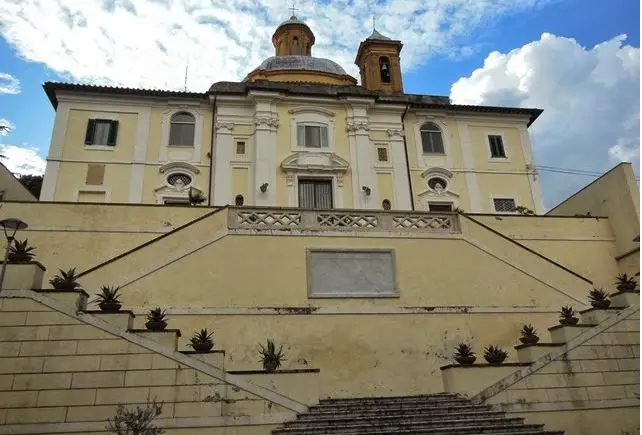
San Giovanni in Laterano
Handel’s sensational concert in the impressive church
In 1707, Handel is said to have given a sensational concert in the Lateran Church. The Lateran Church as the oldest church building in Rome, one of the four papal churches and the church of the Bishop of Rome (personal union of the Pope). The church is stunning and a visit is highly recommended.
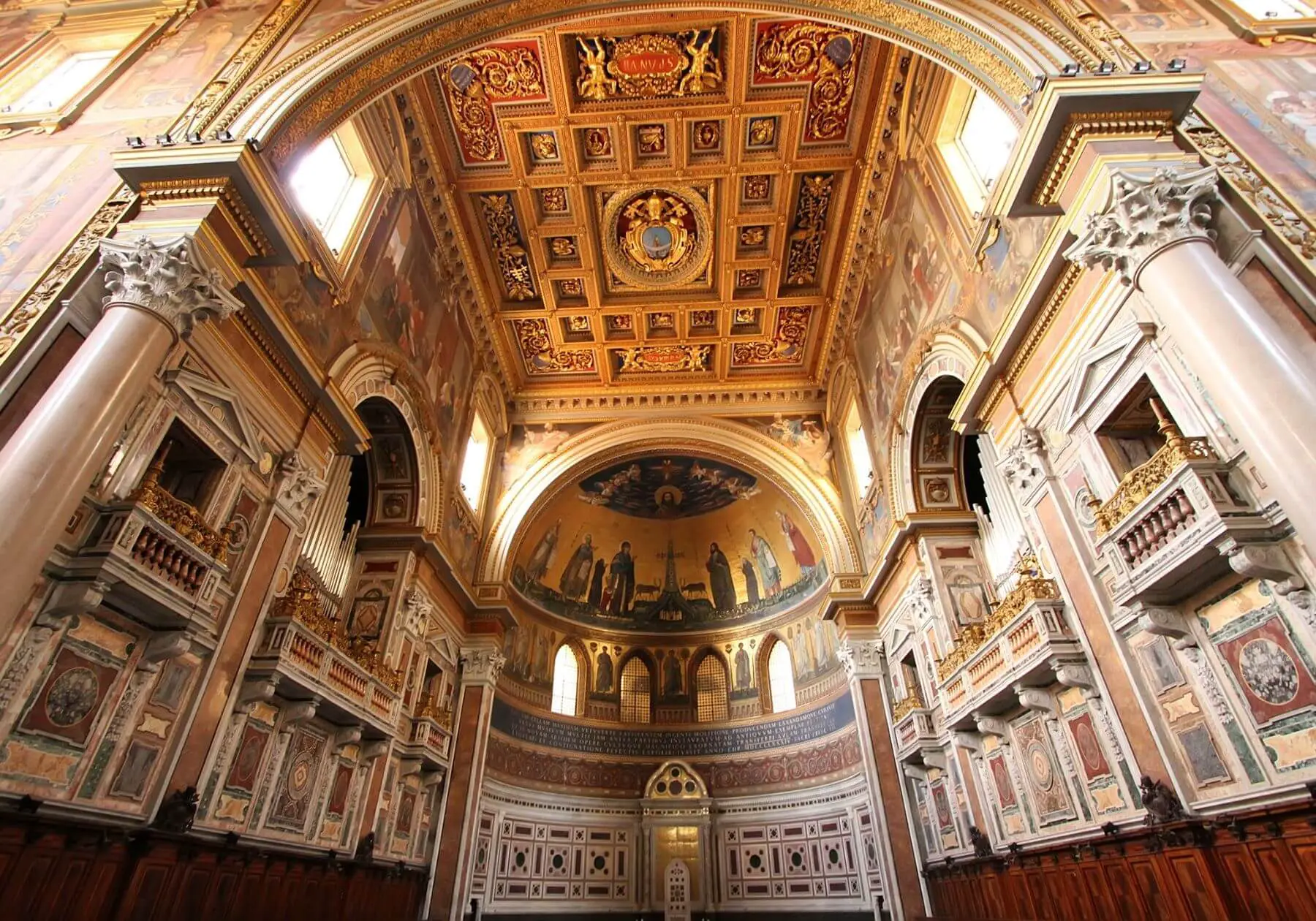
Sant-Andrea della valle
Tosca-s Act 1
Sant’Andrea is a magnificent church decorated with golden ceilings and a huge dome.
Cavaradossi paints his Madonna there in the first act and Angelotti hides in a side chapel. You won’t find the side chapel with Angelotti’s women’s clothes and Cavaradossi’s Madonna because it does not exist, nevertheless a visit is worthwhile.
View of the dome of the basilica:
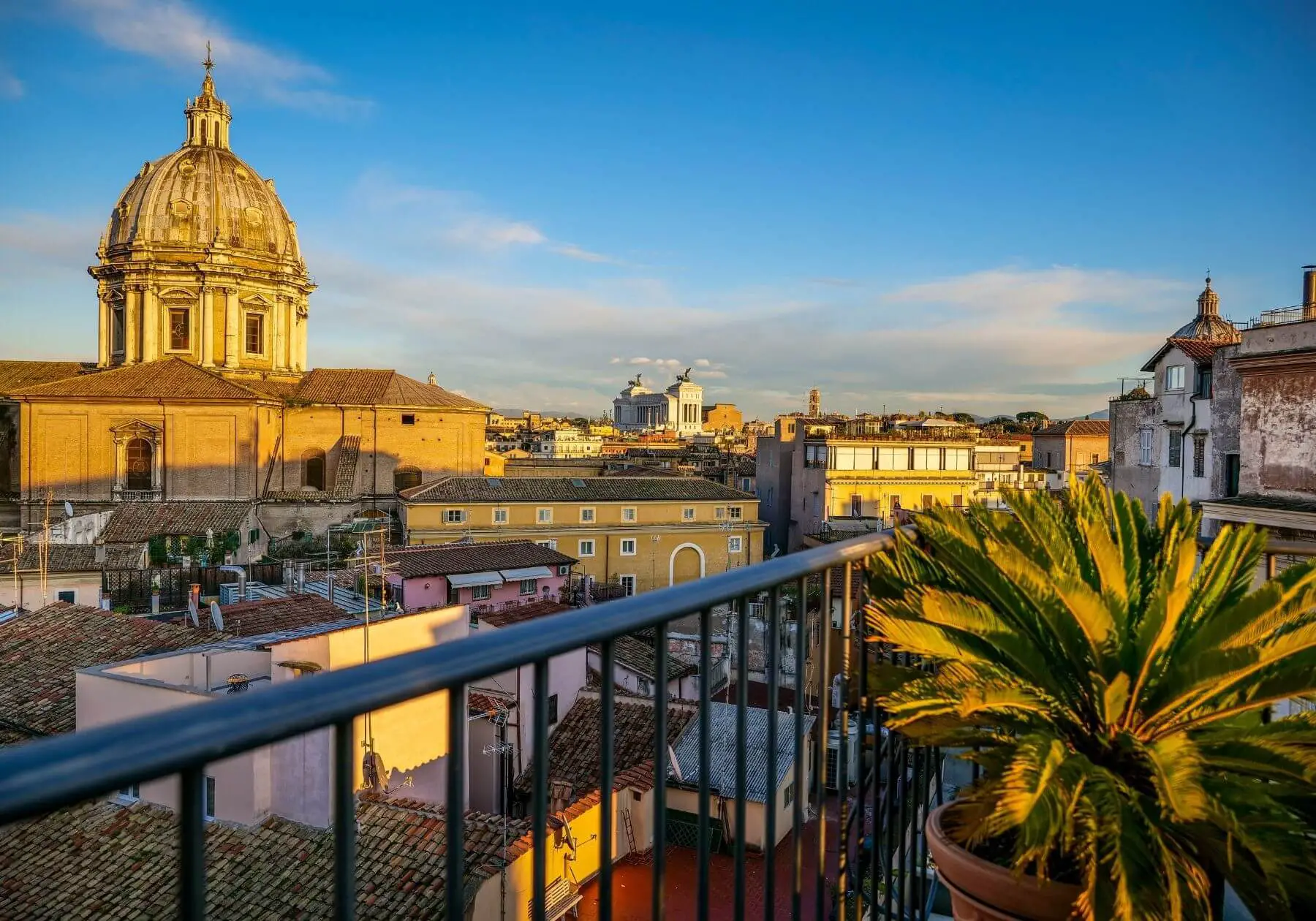
SALZBURG
av_content_slider heading=” columns=’1′ animation=’slide’ navigation=’arrows’ autoplay=’false’ interval=’5′ font_color=” color=” av_uid=’av-34taqvp’]
[/av_content_slider]
WARSAW
av_content_slider heading=” columns=’1′ animation=’slide’ navigation=’arrows’ autoplay=’false’ interval=’5′ font_color=” color=” av_uid=’av-34taqvp’]
[/av_content_slider]
The most important and most beautiful opera houses and concert halls in Europe.
An overview by city and background information.
The graves of the most important composers and performers of classical and opera music. With descriptions and a lot of background information.
Place
Artists
Auber Bach1 Bartok Beethoven Bellini-Paris Bellini-Catania Berg Berlioz Bizet Boito Brahms Britten Bruckner Caballé Callas Caruso Cherubini Chopin (Paris) Chopin (Warsaw) Cilea Colbran Corelli Arcangelo Corelli Franco Debussy Donizetti Dvorak Giordano Glinka Gluck Gounod Grieg Händel1 Haydn (Eisenstadt) Haydn (Wien) Horowitz Lehar Leoncavallo Liszt Lully Mahler Massenet Mendelssohn Del Monaco Monteverdi Mozart (W-St. Marx Mozart (W-Zentralfriedhof) Melchior Mussorgsky Nicolai Nilsson Offenbach Orff Paganini Pasta Pavarotti Prokoffiev Purcell Puccini Ravel Reger Rimsky-Korsakov Rossini (Firenze) Rossini (Paris) Saint-Saens Schönberg Schumann Schwarzkopf Shoshtakovitch Sibelius Smetana Strauss J. Strauss R. Stravinsky Tchaikovsky Tebaldi Toscanini Verdi Von Weber Wagner Wunderlich
ALDEBURGH
Benjamin Britten and Peter Pears
In Aldeburgh Cemetery, the graves of Pears and Britten are next to each other. Pears outlived Britten, who died in 1976, by 10 years.
Graves of Pears and Britten:
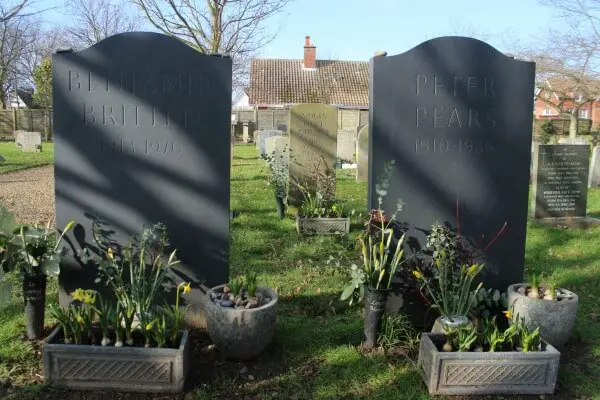
BAD ISCHL
Franz Lehár
Lehár bought a villa in the Salzkammergut in 1912 and spent many summers here. According to his own statement, he wrote about 30 stage works in this gem. In accordance with his testamentary wishes, it has been transformed into a museum since his death in 1948.
Franz Lehár died in Bad Ischl on October 24, 1948 at the age of 78. He was buried in the Bad Ischl cemetery.
Gravesite in the cemetery Bad Ischl:
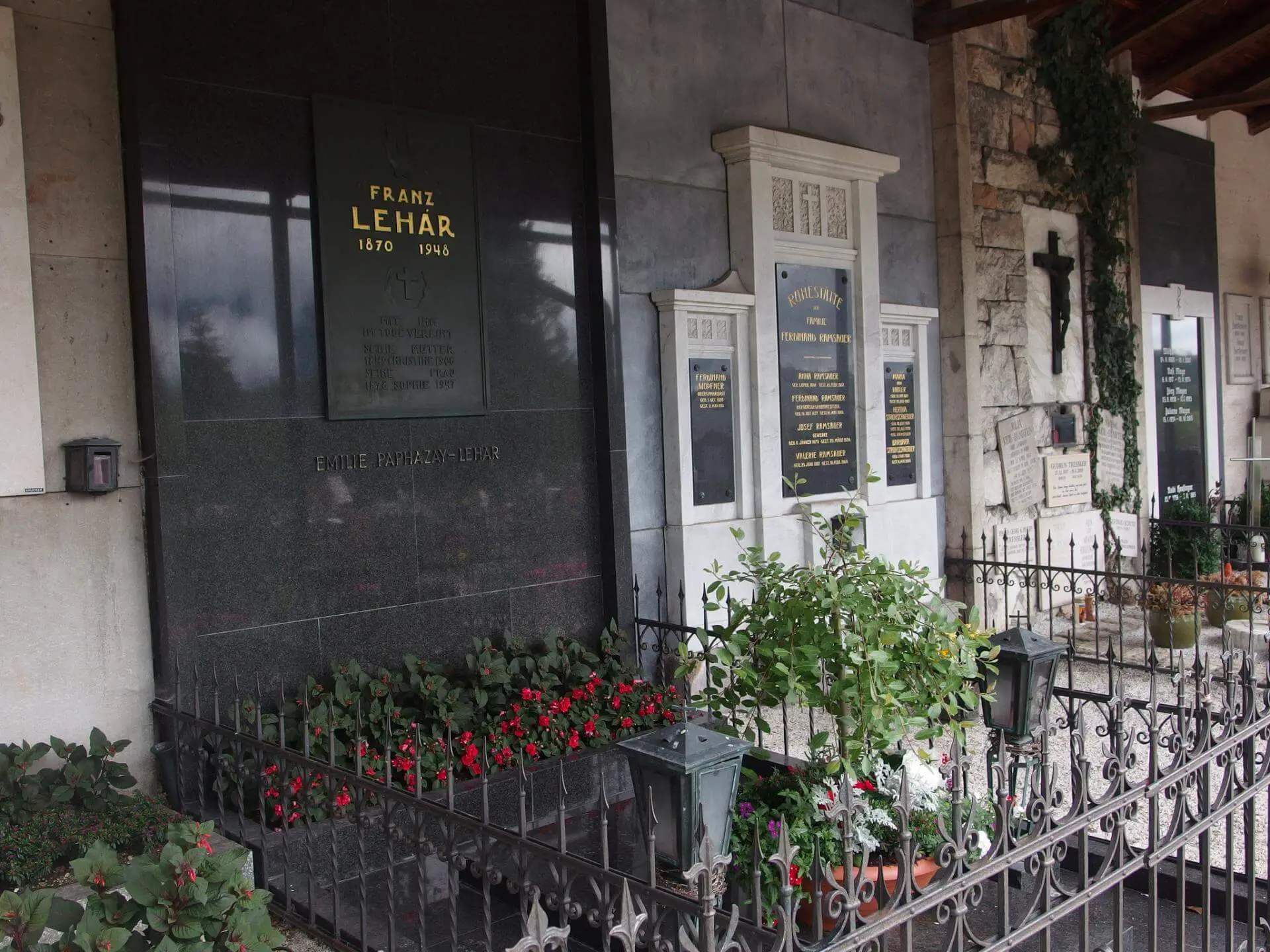
BARCELONA
Montserrat Caballé
Sant’Andreu Cemetery
The famous Spanish singer Montserrat Caballé died on October 6 at the age of 85 in the hospital of Barcelona. Already 6 years earlier she had to visit the hospital during a tour of Russia because of a stroke.
She was buried in the family grave in the Sant Andreu cemetery in Barcelona. The ceremony was attended, among others, by the Prime Minister and the Queen.
Caballé was a very humorous person, her voice coach told at the ceremony that she laughingly said to him that she would probably make it to heaven with all the Ave Marías she had sung. Fittingly, a recording of her Ave Marías also rang out on the occasion.
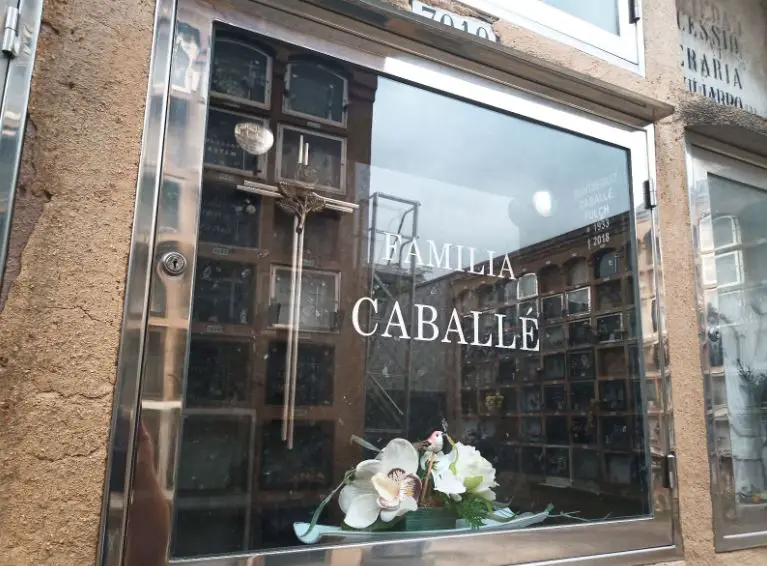
BERGAMO
Gaetano Donizetti
Donizetti spent his childhood in Bergamo in poor conditions. Thanks to the support of the director of the church music school, the German Simon Mayr, Donizetti received a solid musical education in Bergamo. After interludes in Milan, he left his native Bergamo for Naples at the age of 24 after his first major success in Rome.
In 1840, as a celebrated opera composer, he returned to his hometown for a visit that celebrated its son with a gala opera performance, which was among his greatest satisfactions.
He returned 25 years later a gravely ill and severely mentally deranged patient. The illness was due to his severe, advanced gonorrhea. In 1848, he died at the age of 51 in Bergamo.
TO THE BIOGRAPHY OF GAETANO DONIZETTI
Basilica Santa Maria Maggiore
This basilica is very unusually built and was created out of gratitude after the plague period of the 12th century. They Donizetti and his teacher Simon May received an honorary tomb in it. His coffin was solemnly escorted to the burial place three days after his death by 3 choirs and 400 torchbearers and buried in the cemetery of Valtesse. In 1875 his body was laid to rest in the church of Santa Maria Maggiore next to the coffin of his teacher Simon Mayr.
Donizetti’s tomb is worthy of a closer look. In the upper part we see the goddess of music with a lyre. She is sad because she can’t play it anymore, because the instrument has no more strings, because Donizetti died. In the lower part we see seven children representing the seven notes. They are disintegrated because without Donizetti they no longer know what to do.
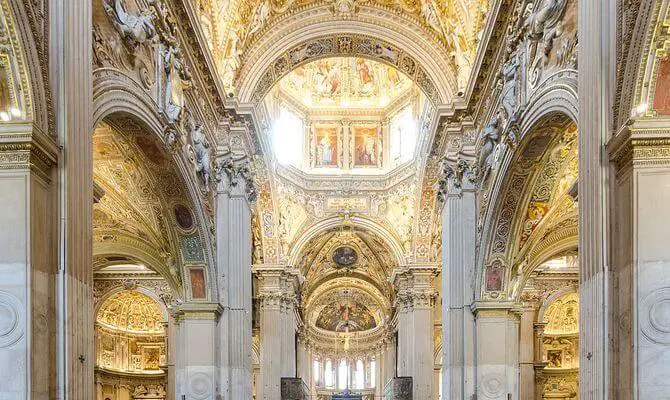
nbsp;
TROLDHAUGEN NEAR BERGEN
Edward Grieg
Grieg on the grounds of his house
Grieg lived in this house, built in 1885, for 22 years and composed many of his best-known works there in the garden cottage. It is lovingly situated by Lake Nordåsvannet and is still furnished as it was in 1907, the year of Grieg’s death.
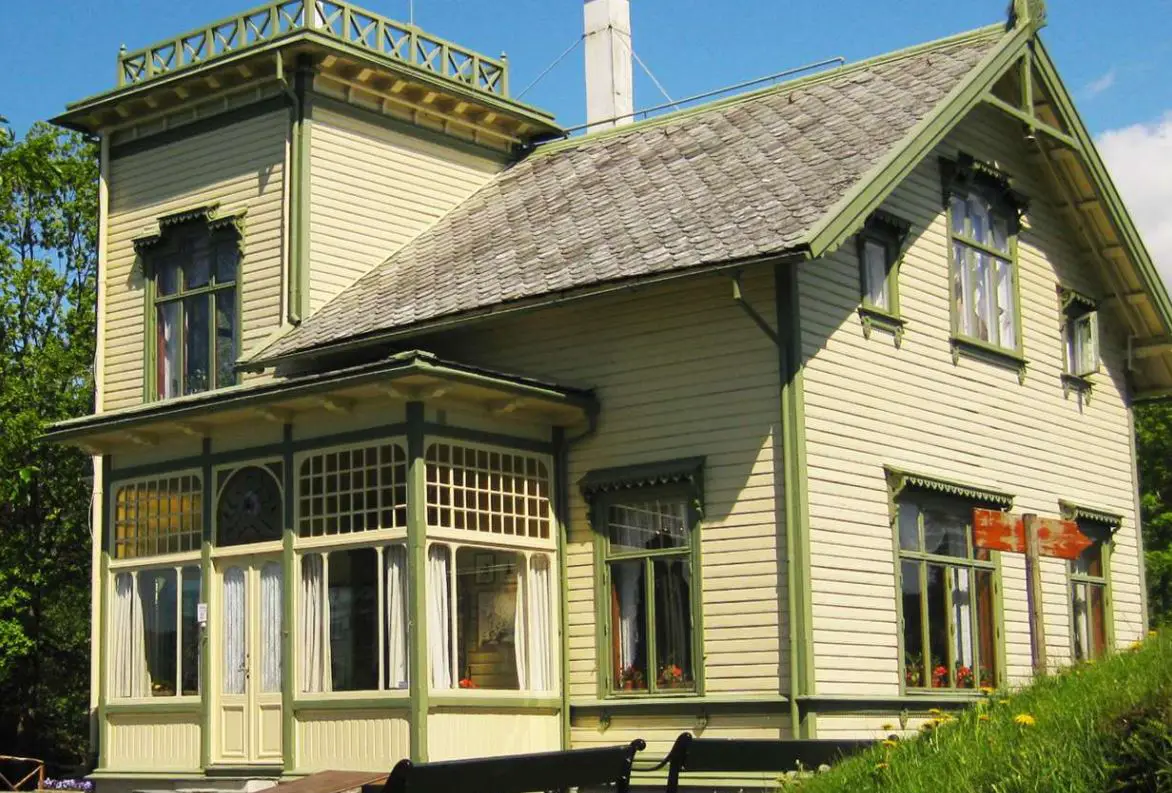
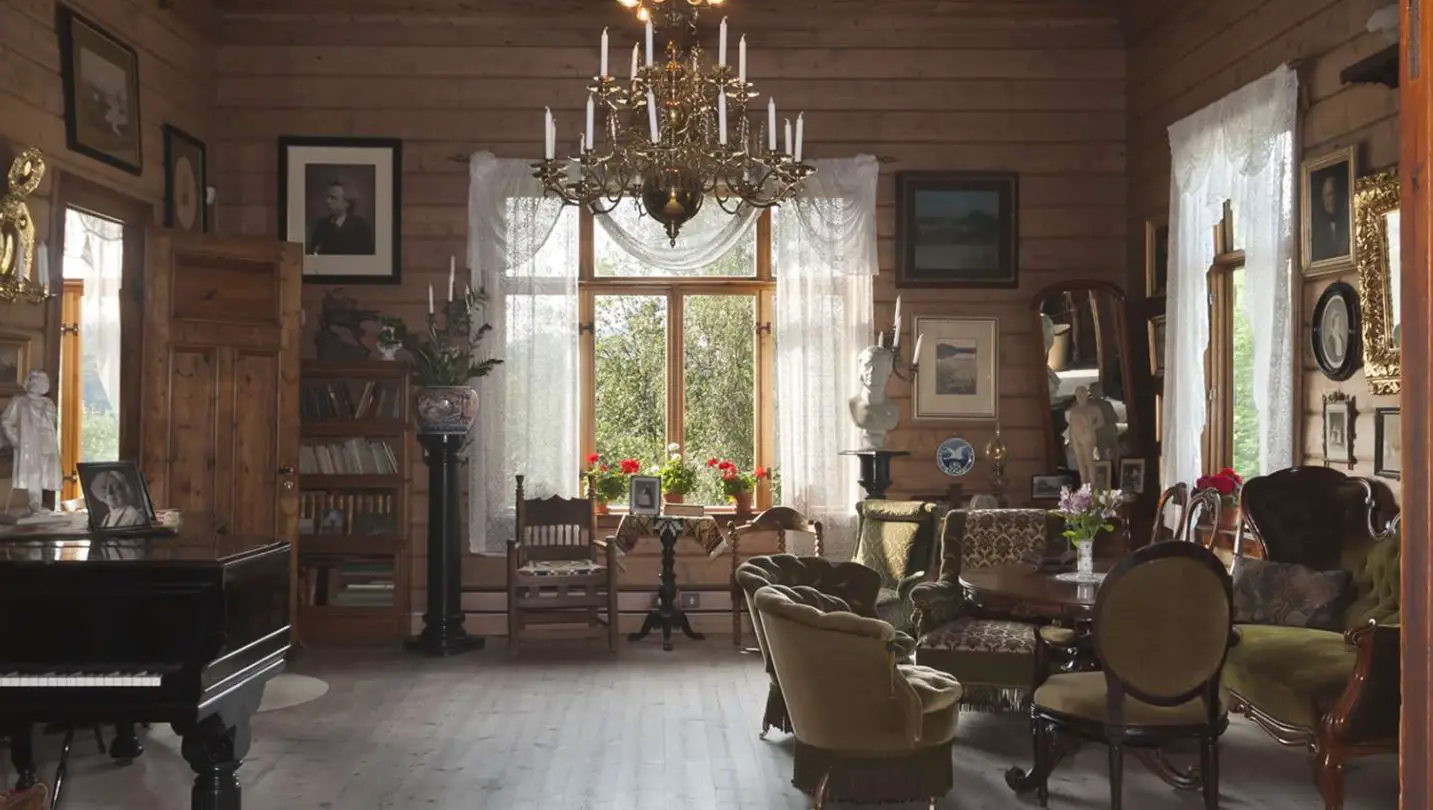
In a rock wall by the lake is also his grave, which he shares with his wife Nina.
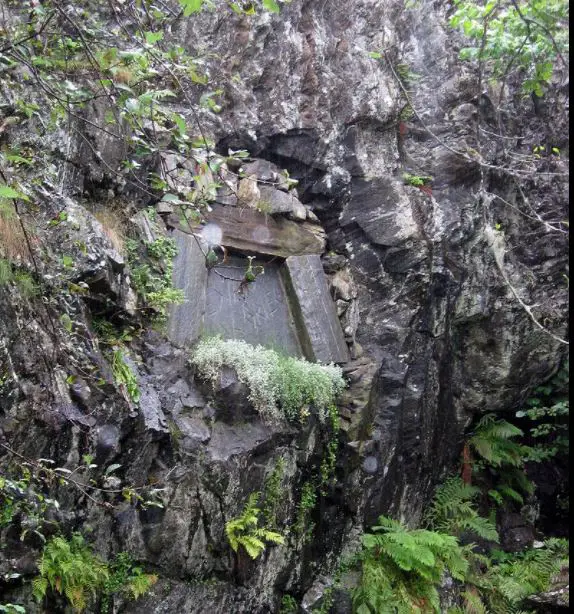
BERLIN
Felix Mendelssohn Bartholdy, Otto Nicolai
Felix Mendelssohn Bartholdy
Dreifaltigkeitsfriedhof (Trinity Cemetery)
In May 1847, while on a concert tour, the catastrophic news of his sister Fanny’s death reached him. Mendelssohn was stunned, interrupted all his activities, and escaped on a solitary vacation trip to Switzerland. When he returned, he suffered his first stroke in Leipzig in early October. After further strokes, he lost consciousness and died at his home on November 4, 1847, at the age of 38. After a funeral service in Leipzig, his body was transferred to Berlin on a special train and buried in the Trinity Cemetery in the Mendelssohn family grave next to his beloved sister.
TO THE BIOGRAPHY OF FELIX MENDELSSOHN
Mendelssohn Gravesite:
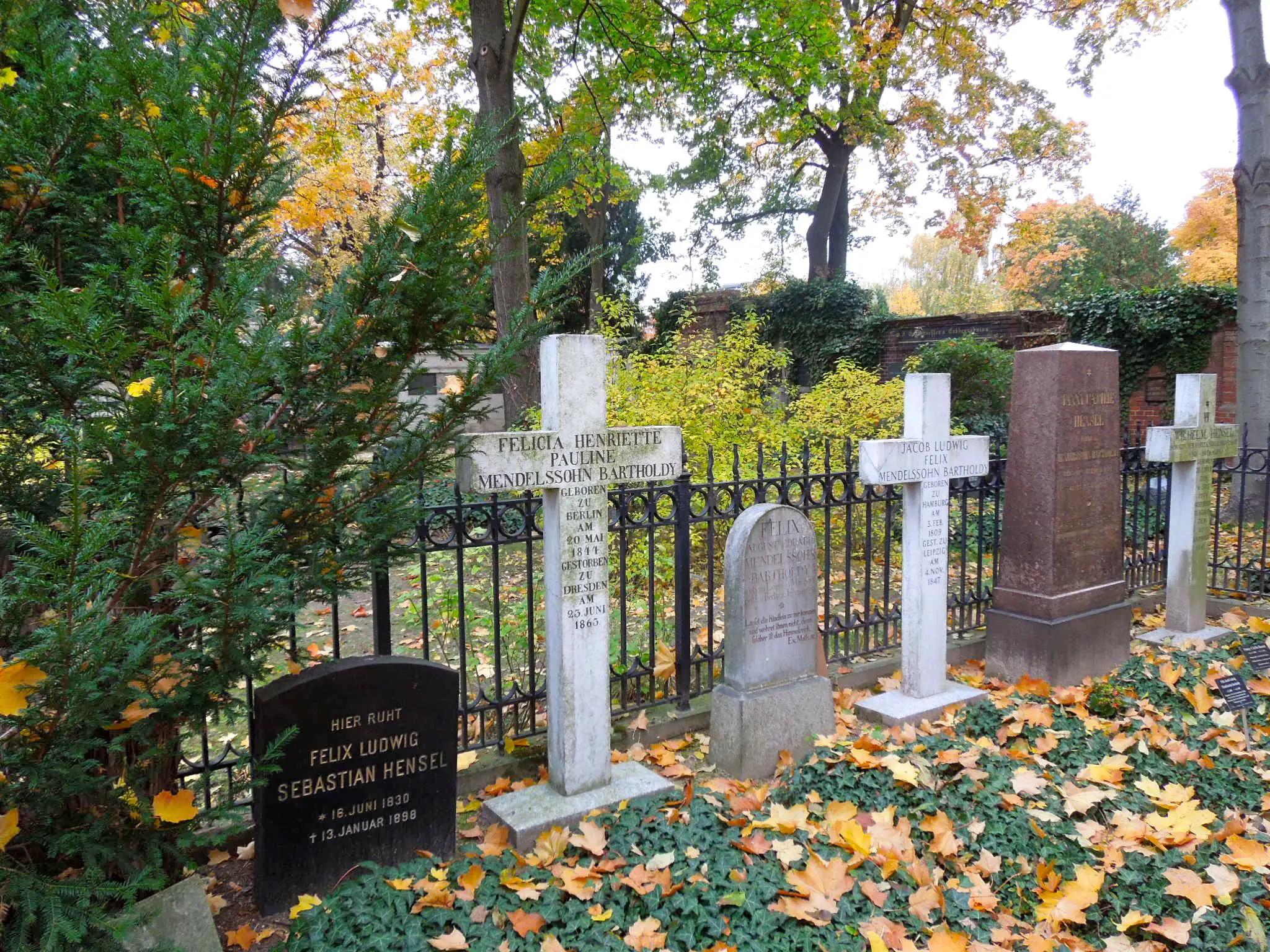
Since 2013, there has been an exhibition on the history of the Mendelssohn family in a former chapel in the Trinity Cemetery.
Otto Nicolai
Dorotheenfriedhof
Otto Nicolai, born in what was then Prussian Poland, came to Berlin at the age of seventeen to study music and left at 23 with a contract as Kapellmeister of the German legation in Rome.
After many years in Italy and years in Vienna, he returned to Berlin as Kapellmeister of the Royal Court Opera with his most famous work, the “Merry Wives of Windsor.” There he personally conducted the first performance of his work. To his disappointment, it was a flop and had to be cancelled in 1849 after 3 performances. He died 4 months later of cerebral hemorrhages and was buried in the Dorotheenstädtische Friedhof.

BRNO
Leoš Janáček
Monumental cemetery Certosa Bologna
Janáček came to the Moravian city of Brno as a teenager. After briefly studying music in Prague, he settled in Brno. He married a former piano student and became the director of a music school.
Success in the last decade of life
He composed alongside his profession; he began his first masterpiece, the opera “Jenufa,” in 1894, but did not finish it until 1904, when it was premiered at the National Theater in Brno. It remained largely unnoticed, however; only a 1916 version made the work known (along with an essay by Max Brod in Germany), and the now 62-year-old received wider attention for the first time. All the remaining masterpieces (Tara Bulba, Sinfonietta, The Cunning Little Vixen, Katya Kabanova, etc.) were written in the last decade of his life.
A young muse
In 1917 he met the 26-year-old Kamila Stösslova, who became his (platonic) muse, which put a strain on his marriage. With the Sinfonietta (originally a one-movement commissioned work), he wrote a monument to the city of Brno with the movement titles “Fanfares, Castle, The Queen’s Monastery, Street and City Hall,” which he later retracted. Ironically, the Sinfonietta was the only one of Janacek’s larger works not to be premiered in Brno. Janáček died in 1928 in a hospital in Ostrava.
The funeral
The coffin was first laid out in the Municipal Theater (today’s Mahen Theater), from where the funeral procession moved to the Central Cemetery. On the tombstone are verses from his choral piece ” The odyssey of the fool”.

DRESDEN
Carl Maria von Weber
Alter katholischer Friedhof (old catholic cemetery)
Since the age of one, Carl Maria von Weber was on the road, whether in his parents’ company, searching for the ideal job, or traveling as an artist to pay off his debts in Stuttgart. In Dresden, he found the long-awaited position in an artistically superior environment, and he shared the directorship and kapellmeistership of the Dresden Court Opera with the Italian Morlacchi.
Here he married the singer Caroline Brandt and the 31-year-old found some peace for the first time, and the workaholic had artistically productive years despite a heavy workload. In particular, his summer home in Hosterwitz and the spectacular surroundings of Dresden inspired him to write the “Freischütz”. However, two important events took place outside of Dresden during Weber’s final years, the premiere of Freischütz in Berlin and his passing in London.
Weber died in London and was given a ceremonial burial there. His body was transferred to Dresden 18 years later on the initiative of Richard Wagner.
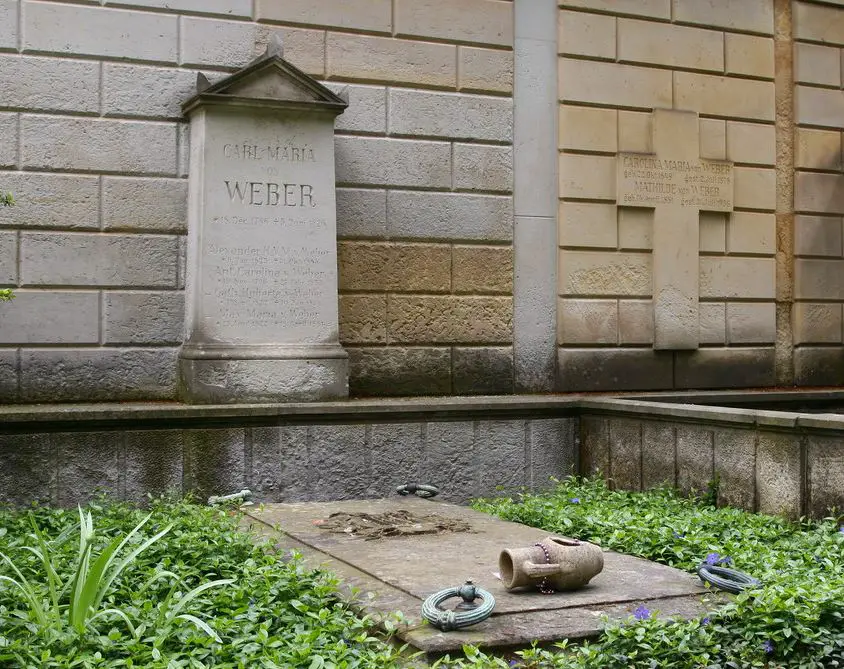
EMILIA ROMAGNA
Isabel Colbran, Niccolo Paganini, Luciano Pavarotti, Mario del Monaco, Franco Corelli, Renata Tebaldi
TRAVEL GUIDE EMILIA ROMAGNA AND TOSCANA FOR CLASSICAL AND OPERA FANS
Isabella Colbran
Monumental cemetery Certosa Bologna
In 1822, the famous soprano married Gioachino Rossini in Bologna . They kept houses in the city (a plaque on the Strada Maggiore still commemorates it) and in the countryside.
With the assumption of responsibility for the Théâtre lyrique, the two had moved to Paris. After the end of her singing career, Colbran became erratic and addicted to gambling. In 1829 Rossini brought his wife back to Bologna, where she would henceforth live with Rossini’s parents. In letters Rossini’s father complained several times to his son, who lived in Paris, about Isabelle’s diva-like behavior, but Gioachino had already become estranged from her and separated from Colbran, who was 7 years older. He saw her only very sporadically. In 1845 she died and found her resting place in Bologna in the monumental Certosa cemetery, where there are also the graves of the most famous castrato Farinelli (Carlo Broschi) and Ottorino Respighi. The cemetery is worth seeing and, similar to the Zentralfriedhof in Vienna, it is filled with spectacular tombs. Rossini’s tomb however is not in Bologna, he was buried first in Paris, then in Florence.
TO THE BIOGRAPHY OF GIOACHINO ROSSINI
Isabella Colbran:
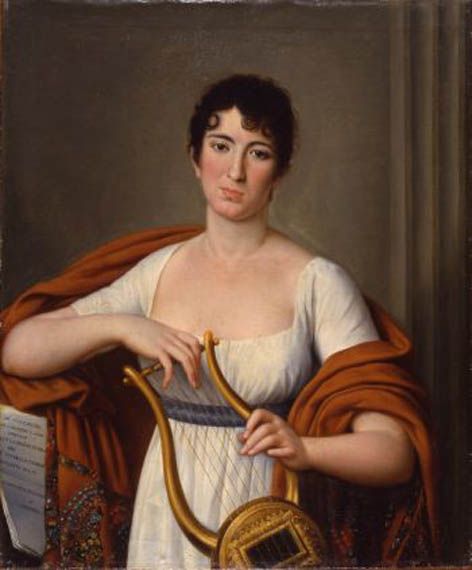
Certosa cemetery:
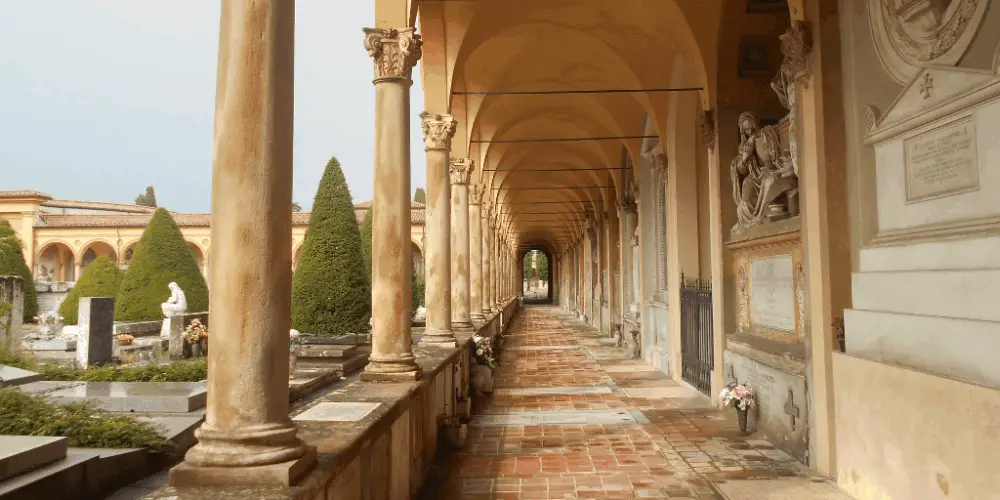
Luciano Pavarotti
Montale Cemetery Modena
Luciano Pavarotti was born in Modena in 1935 into a family of modest means. After his education, he worked as a teacher for several years. He inherited his musical talent from his father, who sang as a tenor in his spare time.
After studying in Mantua, he won a competition and was able to make his debut as Rodolfo.
He remained faithful to Modena throughout his life, but led an artist’s life with several locations. After reducing his appearances in later years, he chose Modena again as his center of life, together with his second wife, where he regularly staged the event Pavarotti & friends, among others.
He died of kidney failure on September 6, 2007, at the age of 71. Pavarotti had been diagnosed with pancreatic cancer in 2006.
Pavarotti was buried here in the family tomb. Pavarotti wanted to do one more farewell tour of the world, but was unable to finish it due to his illness. He died after a hospital stay at his home in Modena. 100,000 people said goodbye to Pavarotti, who was laid out in an open coffin in the cathedral.
TO THE PORTRAIT OF LUCIANO PAVAROTTI
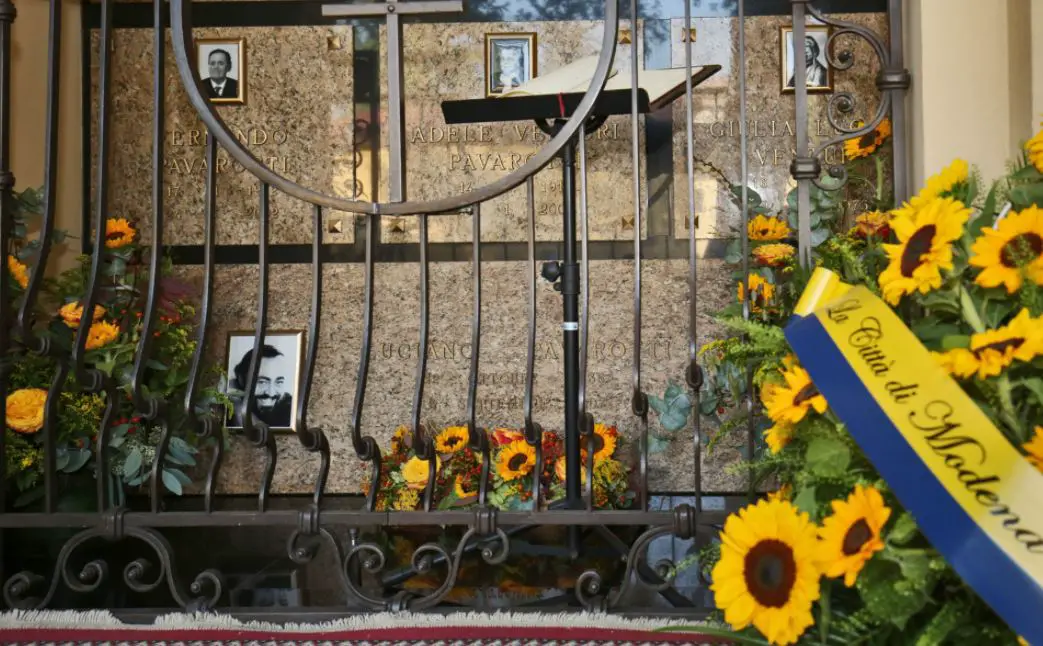
Renata Tebaldi
Langhirano near Parma
Mattaletto Cemetery in Langhirano near Parma. Renata Tebaldi, a native of Pesaro, was one of the great sopranos of the postwar period. Her career began meteorically with the glorious opening concert of La Scala after the war under Toscanini, who mentioned the defining term of the “angelic voice” there.
She was hyped up as a rival to Callas, competing with her for the position of prima donna at La Scala and the Met. While Callas excelled with drama and technique, Tebaldi was the lyrical counterpart.
She died at her home in San Marino in 2004 at the age of 82. Since 2014 there has been a museum dedicated to her life and work near Busseto
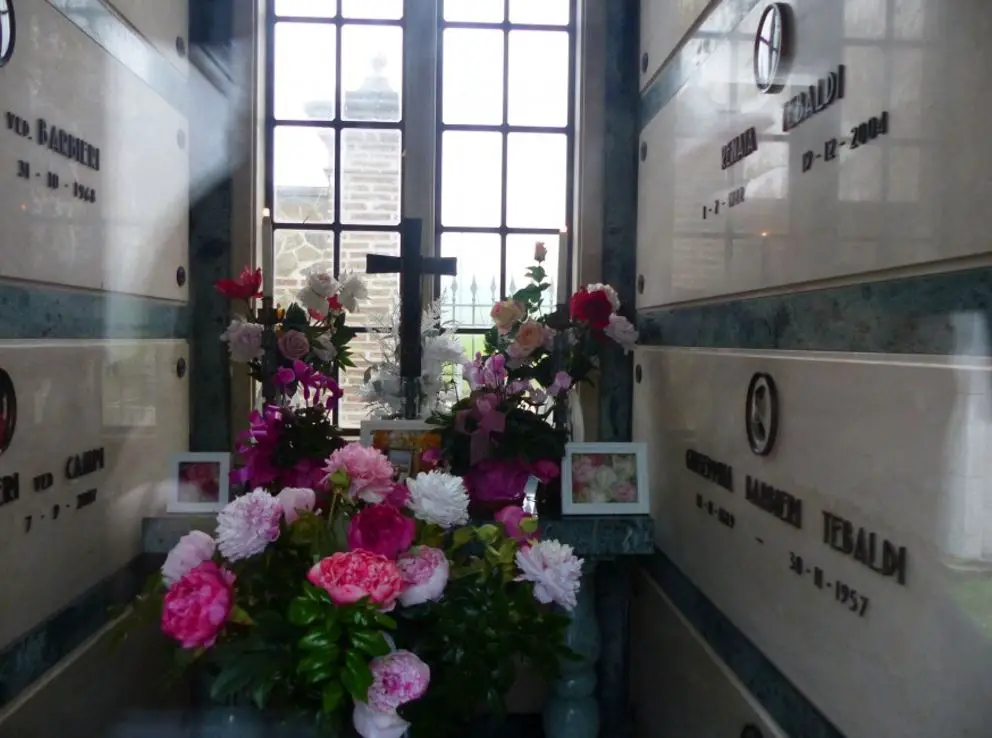
Niccolo Paganini
Cimitero Storico della Villetta Parma
Next to Liszt, Paganini was the most famous instrument virtuoso and “pop star” of the 19th century. He revolutionized violin playing with new fingerings and fascinated the public with his appearance.
However, the demonic appearance was partly due to his many illnesses such as bone necrosis, which attacked the lower jaw and led to tooth loss. Furthermore, he suffered from syphilitic ailments that were fought with mercury, which in turn attacked the body again. Because he lacked teeth, he never smiled, he fueled this demonic impression with invented stories, so that many people thought he was in league with the devil, which was his undoing at his death, as the bishop refused him the last rites, also because due to speech difficulties he could not speak the confession.
He died in 1840 in Nice, where he hoped for relief from his pain in the mild climate of southern France. His embalmed body was not buried until 1876 in Parma after a long odyssey.
In addition to a great deal of wealth, Paganini left, among other things, seven Stradivaris and four Guarnieris. Four of these Stradivarius violins were later acquired together and are still loaned out today under the name “Paganini Quartet” and played by renowned string quartet ensembles.
His favorite instrument was a guarnieri, which he called “il cannone” because of its clear, powerful sound. Paganini bequeathed it to his hometown Genoa and it is exhibited in the Palazzo Tursi (Musei di Strada Nuova – Genoa) and played occasionally.
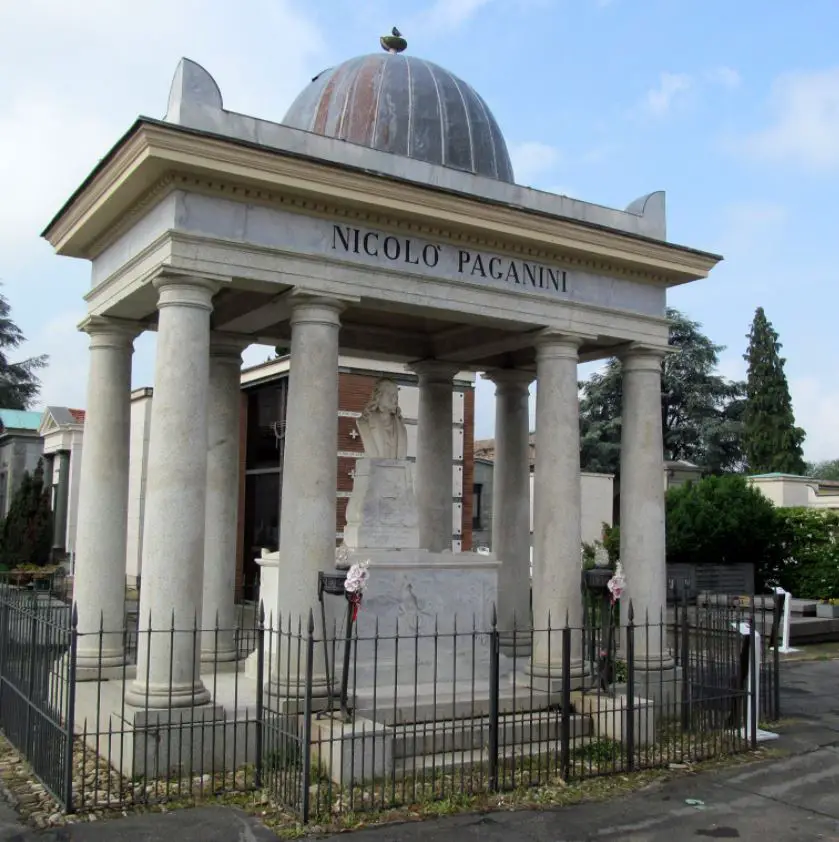
Mario del Monaco
Cimitero Centrale Pesaro
He was one of the great tenors of the post-war period. Admittedly controversial, since he only knew the performance drawing “forte” and could never sing softly. “Golden roar” was the unflattering description. The voice had brilliance and passion. He was hot-blooded and many a performance became a duel with the diva (listen to an excerpt from “Andrea Chénier” with Mario del Monaco and Maria Callas):
https://opera-inside.com/andrea-chenier-by-umberto-giordano/#Ora
Hardly any role is as difficult to cast as that of Otello. Mario Del Monaco sang it 427 times. He did not play Otello, but he was Otello. His age-related departure from the stage was the darkest day of his life. When he died in 1982, his last wish was to be buried in the costume of Otello.
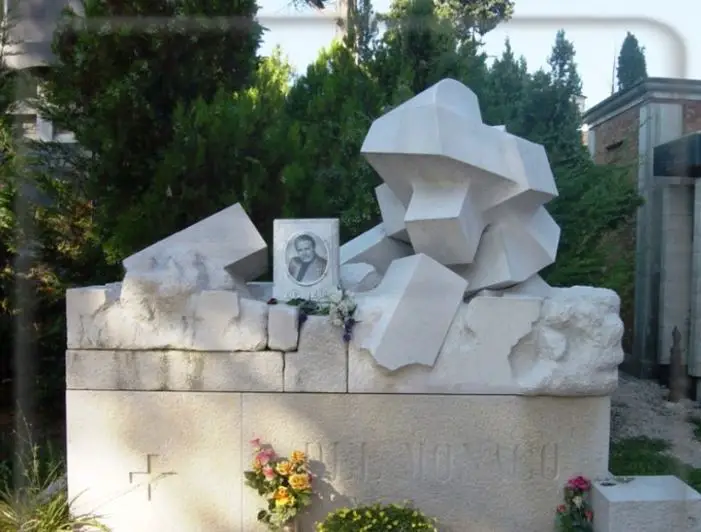
BONN
Robert Schumann
Alter Friedhof Bonn (Old Cemetery)
Bonn is located 80km from Düsseldorf. Schumann spent his last two years there in the modern Endenich mental hospital. His condition improved markedly in the first year and he began to compose again, but Clara refused to take Robert back. Eventually he sank into lethargy, and on Clara’s last visit he was unable to speak. At last he refused to eat and died on July 29, 1856.
He was buried in the Old Cemetery in Bonn. The large monument was unveiled 25 years later, and a Schumann Festival was organized to finance it. The monument shows a relief of Schumann, at whose feet sits Clara, who hands Robert the wreath of immortality. Next to it are two turkeys, representing the two arts of literature, respectively singing and music.
By the way, the grave of Matilde and Otto von Wesendonck is also located in this cemetery.
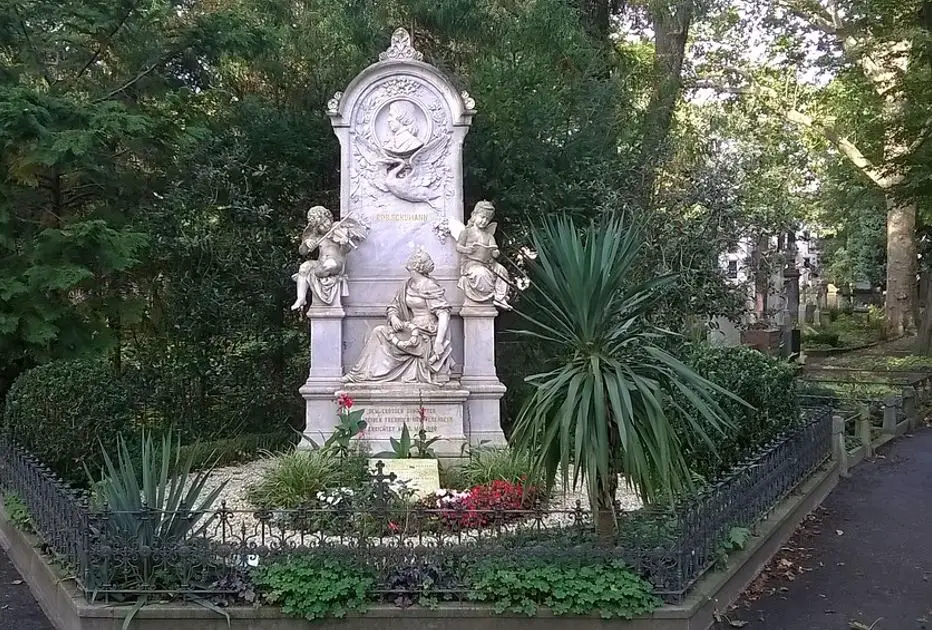
BUDAPEST
Béla Bartók
Farkasréti Cemetery
Béla Bartók lived in Budapest for most of his adult life. There he was a professor at the Conservatory for 30 years.
In addition to composition, he also devoted himself to folk song. Legend has it that he was inspired by his housemaid, who hummed songs from her homeland while she worked. He made countless journeys to explore the songs, often together with his friend Zoltán Kodály.
At the end of the 1930s he emigrated to the USA, where he died in 1945.
Bartók’s grave is located in Farkasréti Cemetery, about 3 km outside the city center on the Buda side. His body was moved there in 1989 after the fall of the Iron Curtain, as he died and was buried in exile in the United States.
Bartók’s grave:
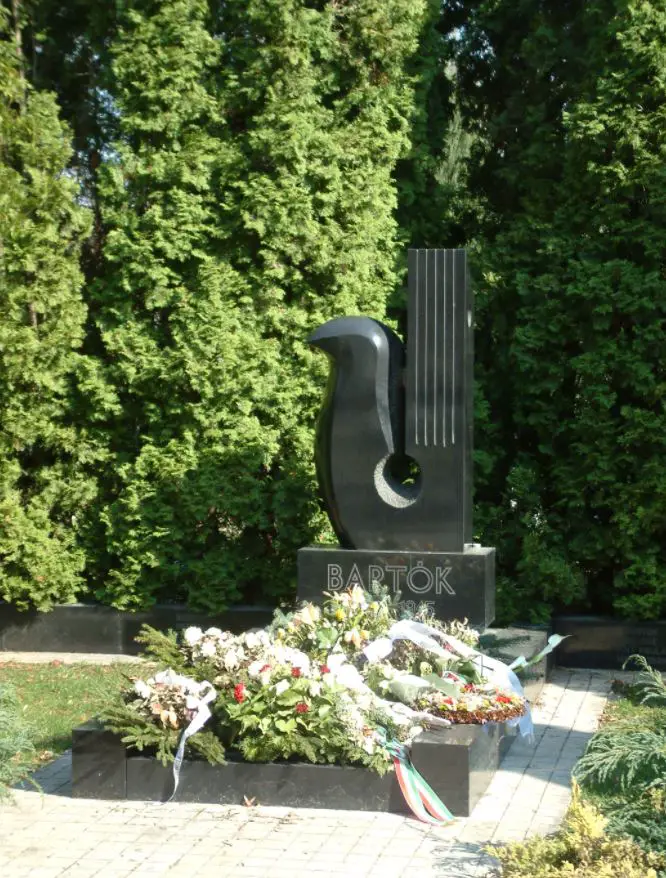
This cemetery is famous for the beautiful view of Budapest and the beautiful park area, which invites you to take a walk. Also worth seeing is the Farkasréti Funeral Chapel, which was inaugurated in 1980.
Farkasréti Burial Chapel:
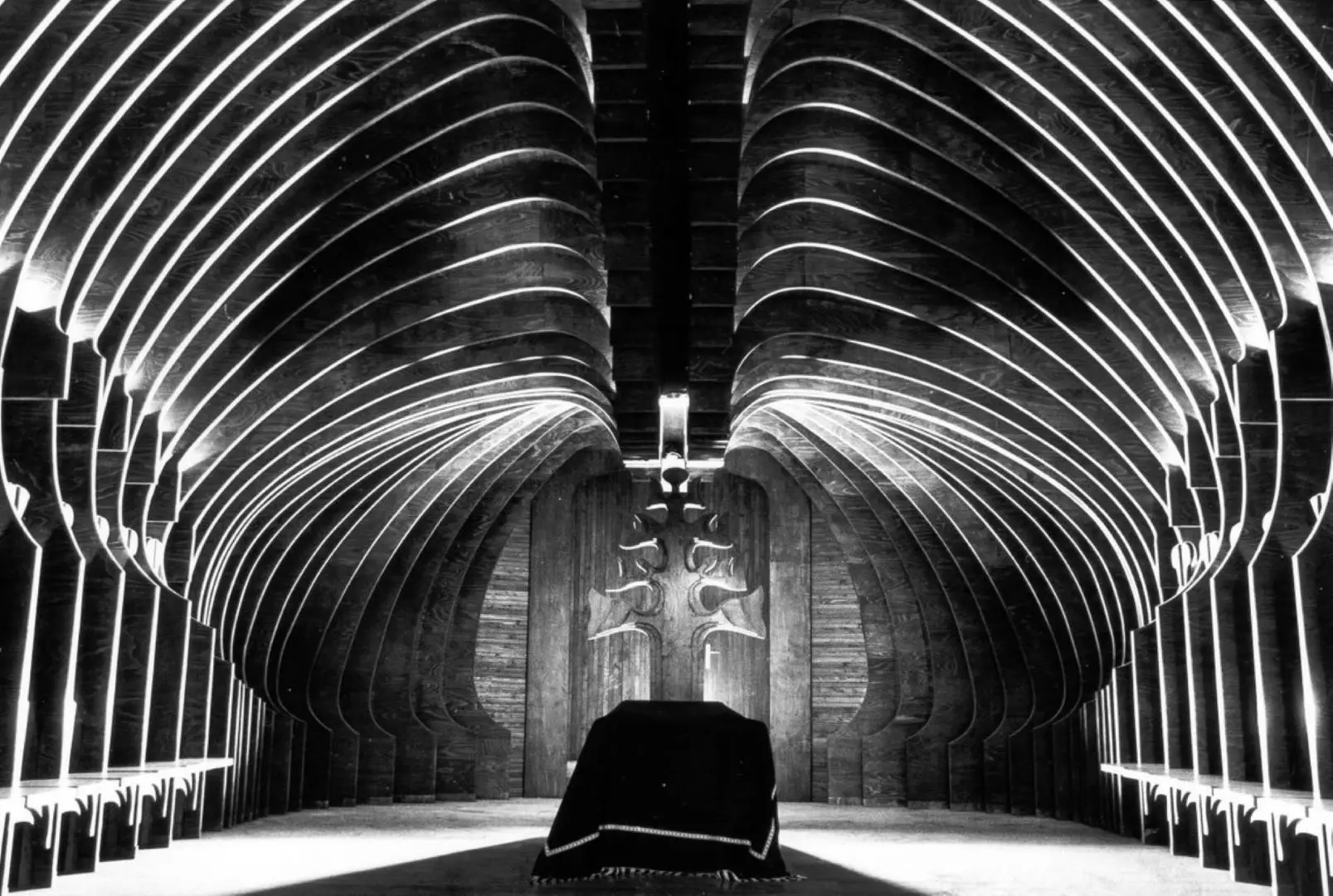
CATANIA
Vincenzo Bellini
Bellini, born in 1801, spent his first 18 years in Catania. Raised in a musical family of 6 brothers, he received his first lessons from his grandfather and progressed rapidly, starting to play the piano in the salons of Catania at the age of 12 years. At 19 years old he left Catania for Naples, where he studied at the conservatory. In 1832 his hometown welcomed him triumphantly.In 1835 he died unexpectedly young in Paris. In 1876 his remains were solemnly transferred from Paris to Catania.
Cathedral of Catania (tomb of Bellini)
Since 1876, the remains of Bellini rest in the Cathedral of Catania. On his sarcophagus are engraved as an inscription the notes and the words of the famous melody of the opera “La sonnambula”: “Ah, I did not think to see you, so soon extinct, o flower!
Cattedrale Sant’Agata:
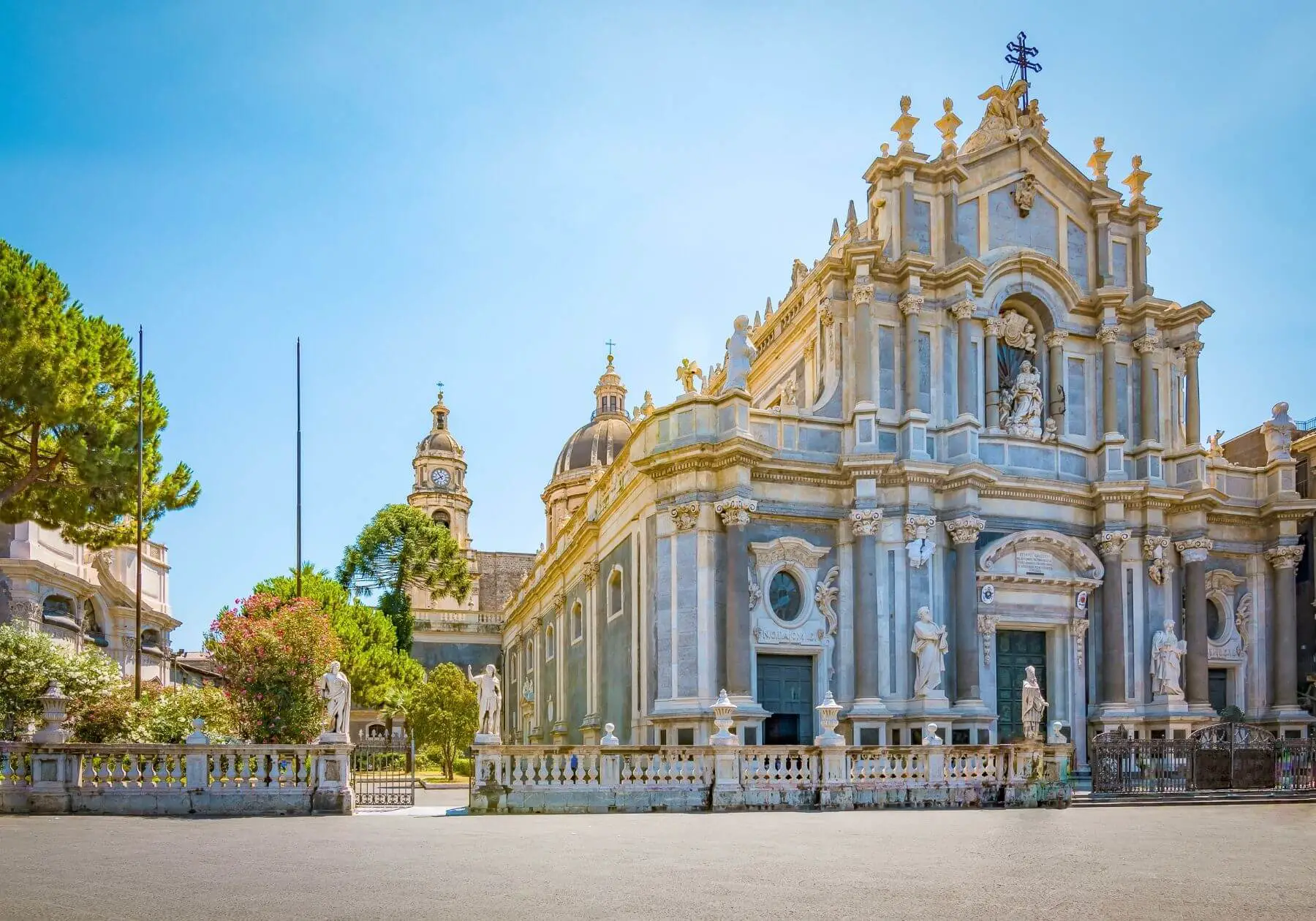
http://www.cattedralecatania.it/
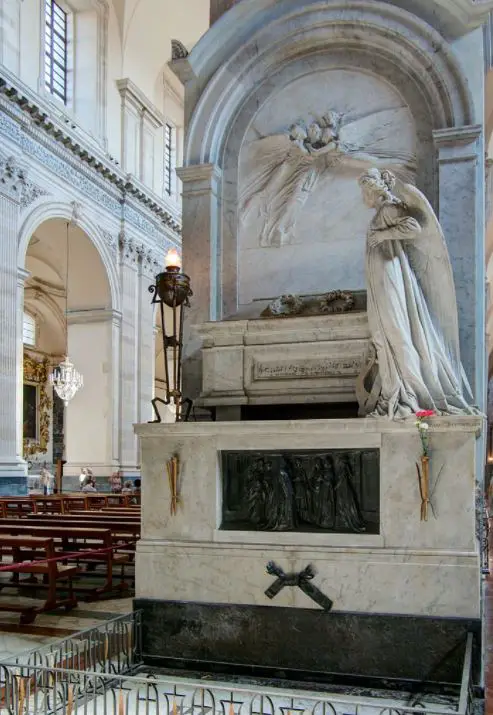
LAKE COMO REGION
Ruggero Leoncavallo, Giuditta Pasta
TRAVEL GUIDE LAKE COMO FOR CLASSICAL MUSIC AND OPERA FANS
Ruggero Leoncavallo
Gravesite in Brissago
Leoncavallo subsequently moved away and died a few years later in Tuscany, where he was also buried. According to the Brissaghesi, Leoncavallo had expressed the wish to be buried in Brissago. 70 years later, people in Brissago remembered this and wanted to transfer the body to Brissago. However, they could not find the ominous letter that was supposed to prove this verbal statement. Finally, Leoncavallo’s last remaining relative agreed and the remains were transferred to his present burial place, the beautiful church of Madonna di Ponte in Brissago. His tomb now lies in the beautiful portico overlooking Lake Maggiore.
Leoncavallos Tomb:
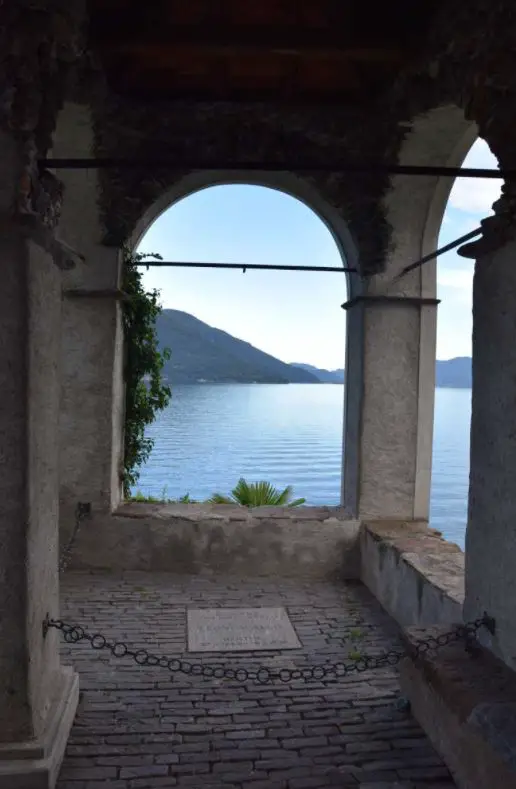
Madonna di Ponte:
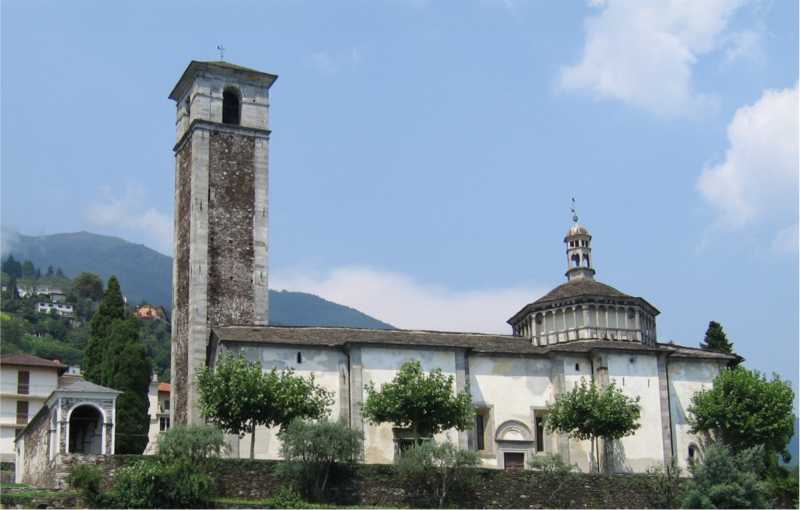
Giuditta Pasta
Gravesite in Blevio
The singer Pasta spent the second half of her life in the villa, died on April 1, 1865 at the age of 67 and was buried in the small cemetery in Blevio.
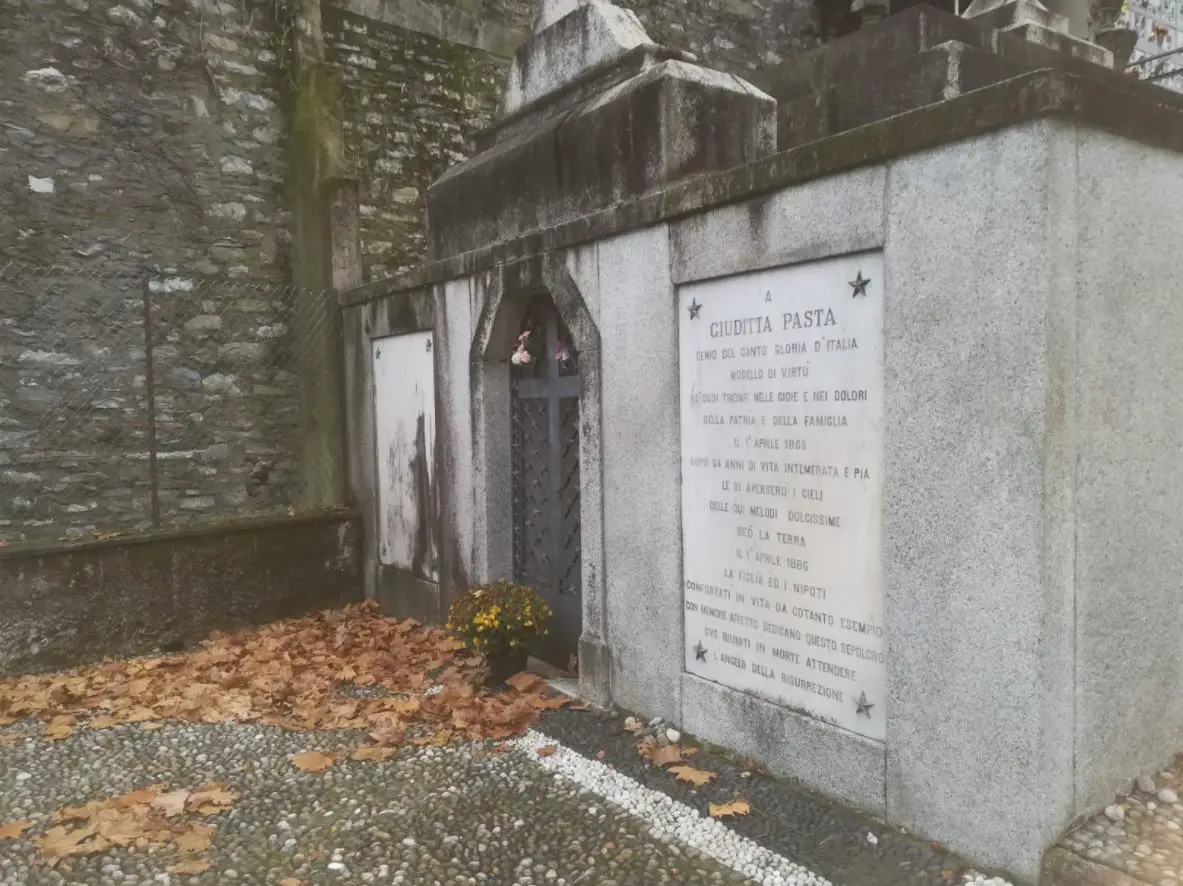
ÉGREVILLE
Jules Massenet
With the proceeds from his famous “Manon” and “Werther”, the French composer Jules Massenet bought a castle with a large park in 1912 and had it renovated. The castle was his second home and eventually became the family residence, in 2001 the last descendant moved out. However, the descendants’ wish was that the municipality build a musicians’ house there in memory of Massenet. When Égreville communicated that they were financially unable to do so, the villa was vacated along with the memorabilia.
He died of cancer in a hospital in Paris.
Massenet and his château:

Massenet’s tomb in the cemetery Égreville (petit cimetière communal):
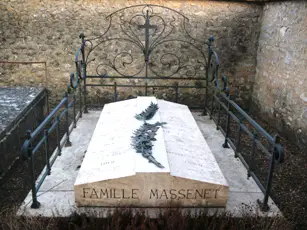
EISENSTADT
Haydn mausoleum in the mountain church (Bergkirche)
The Mountain Church is part of a project of the Esterhazy princes, which was once planned with gigantic dimensions. The present church originally corresponded to the chancel and was to become a huge pilgrimage church, hence its unusual round shape. The church is an annex to the so-called “Calvary” (Latin translation of Golgotha, where Christ was crucified). Calvary is a hill artificially raised at the beginning of the 18th century with grottoes and stairs representing the Passion of Christ. The statue of “Mary with the Child” is a special destination of pilgrims.
In the mountain church there is the Haydn mausoleum. His body was moved from Vienna to Eisenstadt in 1820 and in 1932 a mausoleum with a monumental marble sarcophagus was built in the church. On the wall of the mausoleum one can see figures that are supposed to represent his oratorio “the Seasons”.
In the Mountain Church (and in St. Martin’s Cathedral) there are organs that were built according to Haydn’s specifications and that is why they were called “Haydn organs”.
Mountain Church:
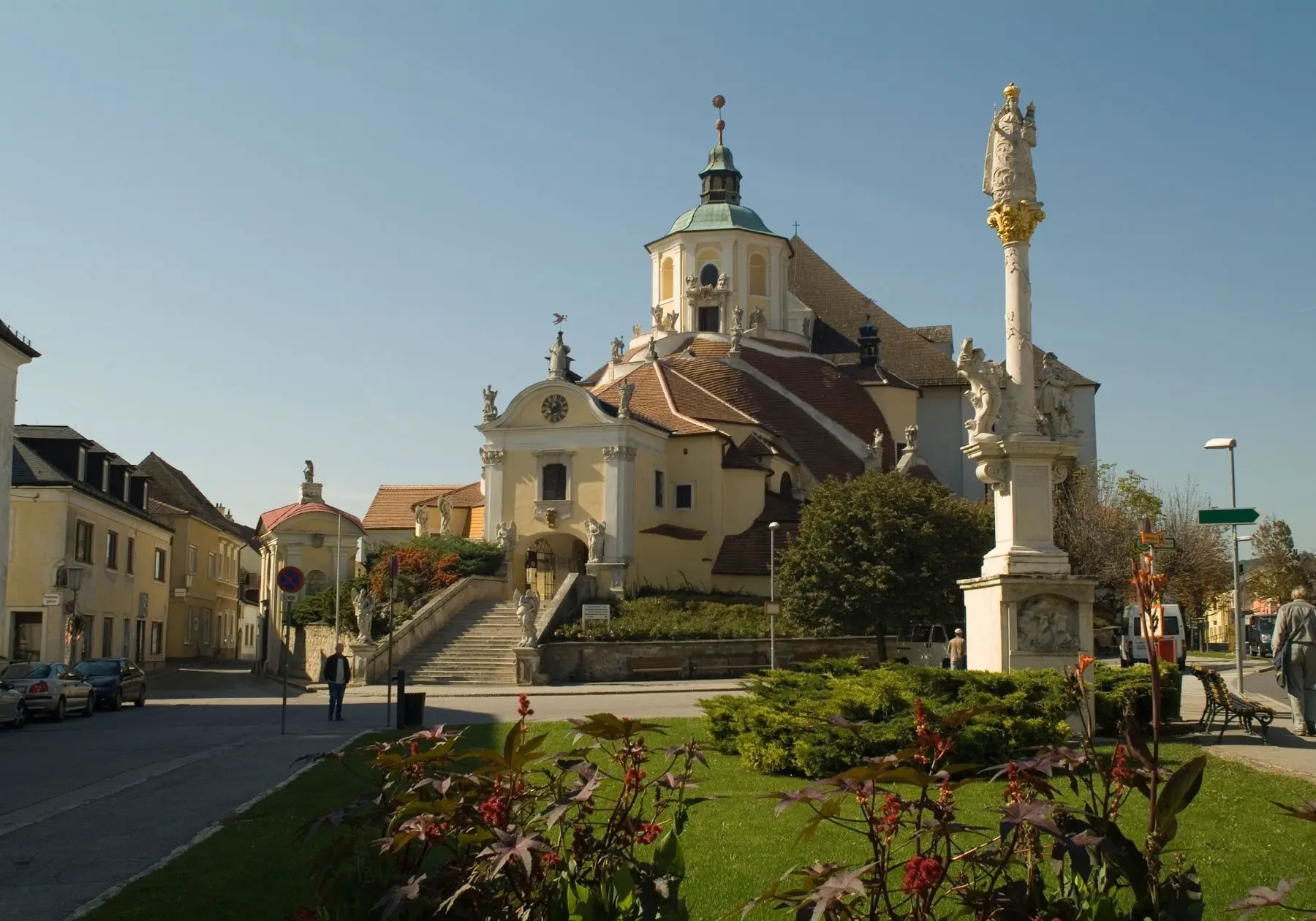
Haydn Mausoleum:
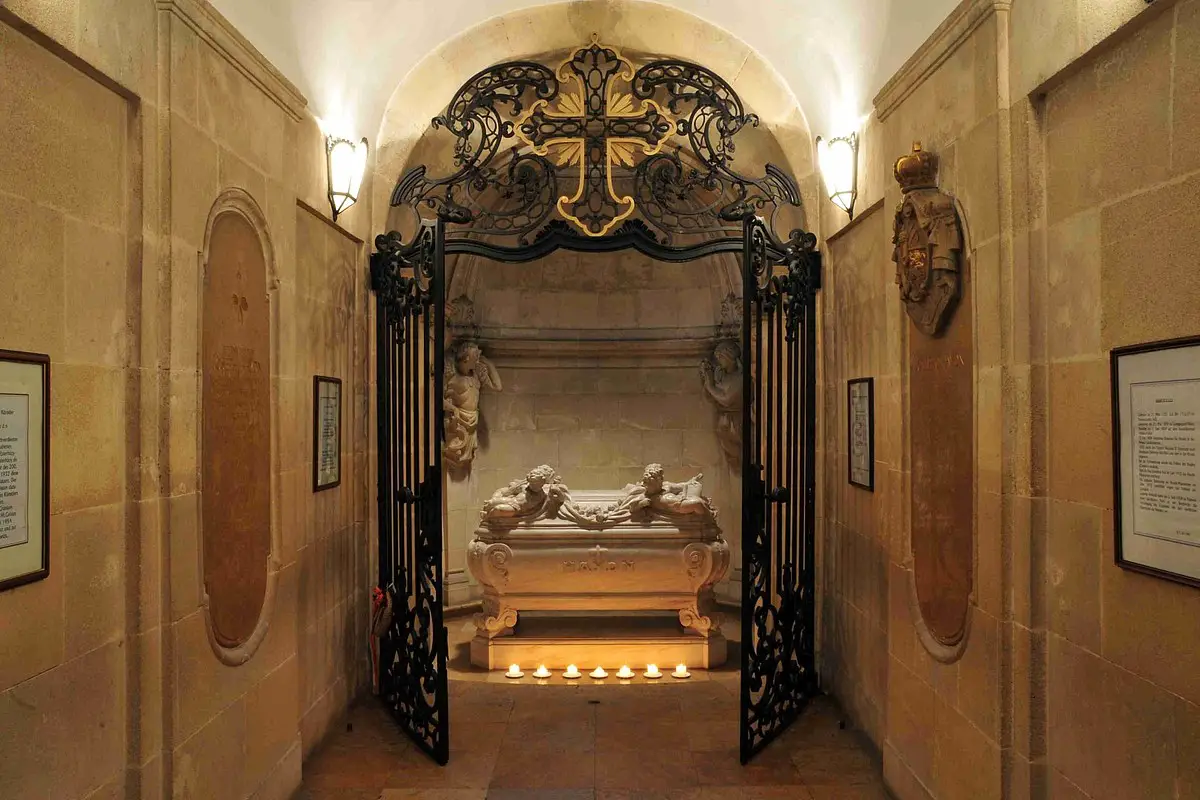
FLORENCE
Gioachino Rossini
Rossini’s medical record at the end of his life was very thick. The basic cause of his many ailments was gonorrhea, which he contracted relatively early in his life. In his Paris years, from the age of 35, the ailments became increasingly chronic and sometimes very painful. These included abdominal complaints, bronchitis and heart weaknesses, which were aggravated by obesity. Rossini had, probably triggered by the chronic pain, sometimes severe depression and suicidal thoughts. In order to find relief from his pain, Rossini often went to Spas.
Rossini finally died in 1868 at his home in Plassy as a result of an operation for rectal cancer. He was given a grave of honor in the Père Lachaise cemetery.
Florence had offered Rossini a certain amount of time as a refuge after his troubled time in Bologna, but otherwise did not play a major role in his biography. However, for propaganda reasons, the young Italian state wanted to bring the famous son home 20 years after his death, and his body was transferred from the Père Lachaise cemetery in Paris to Florence. Since then he rests in the church “Santa Croce”, the Italian Parthenon, where also the famous Machiavelli, Michelangelo, Galileo and many others lie. Francesco of Assisi is said to have laid the foundation stone of this church.
The funerary monument was made possible by private donations in 1902 and was unveiled with the musical accompaniment of 30 violins playing “the prayer” from Moses from Egypt conducted by Pietro Mascagni. It is created from marble stone and decorated with gold. It depicts Italy in mourning, personified by a woman.
Rossini’s tomb:
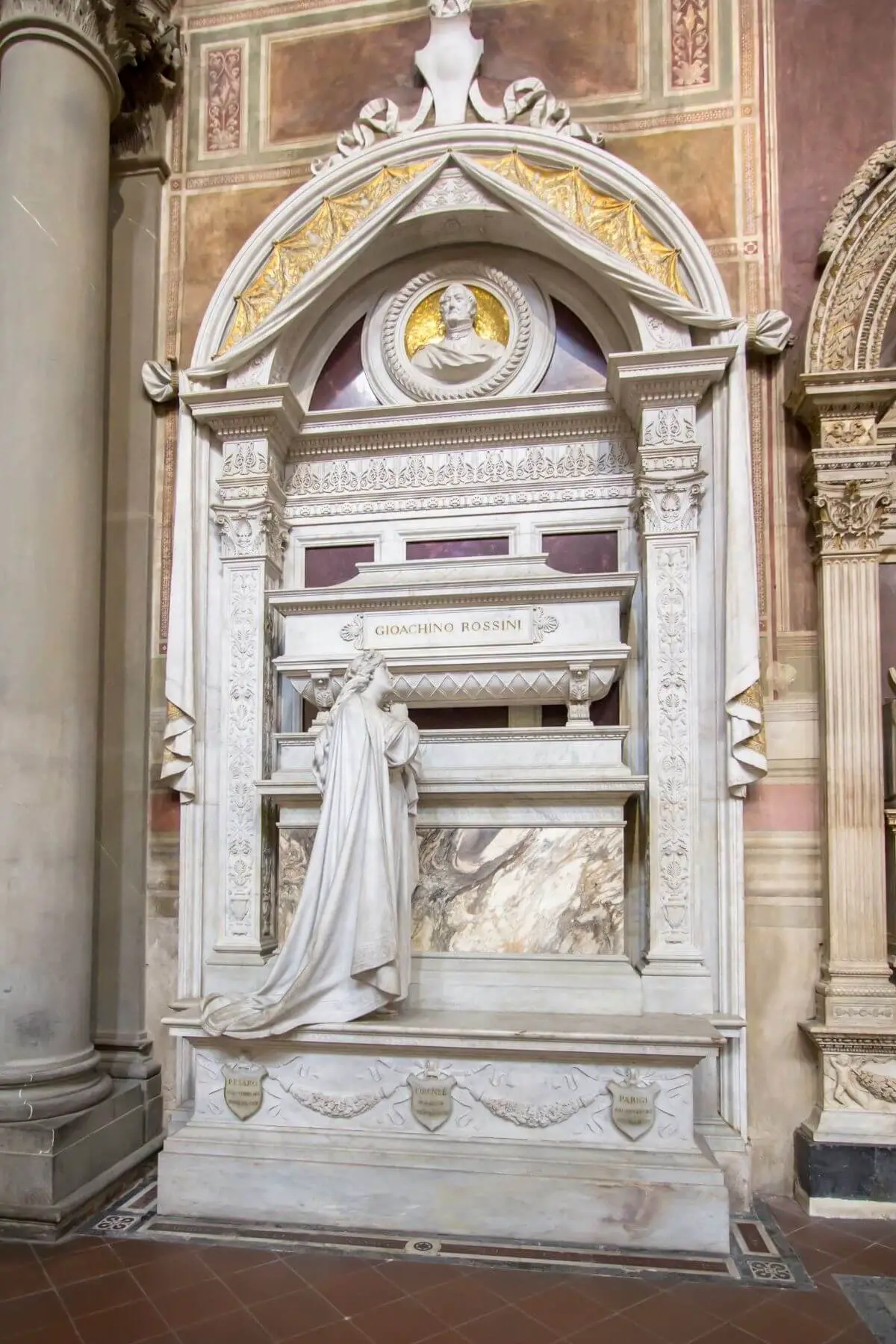
JARVENPÄÄ NEAR HELSINKI
Jean Sibelius
The Finnish composer became world famous for his violin concerto, his symphonies and his symphonic poem Tapiola. His music was more popular in the USA than in Europe. When he had his stately dream house built in Javenpäa near Helsinki, he fell heavily into debt and he struggled with money worries throughout his life. Added to this was his addiction to drink and frequent tobacco consumption, which took its toll on his health.
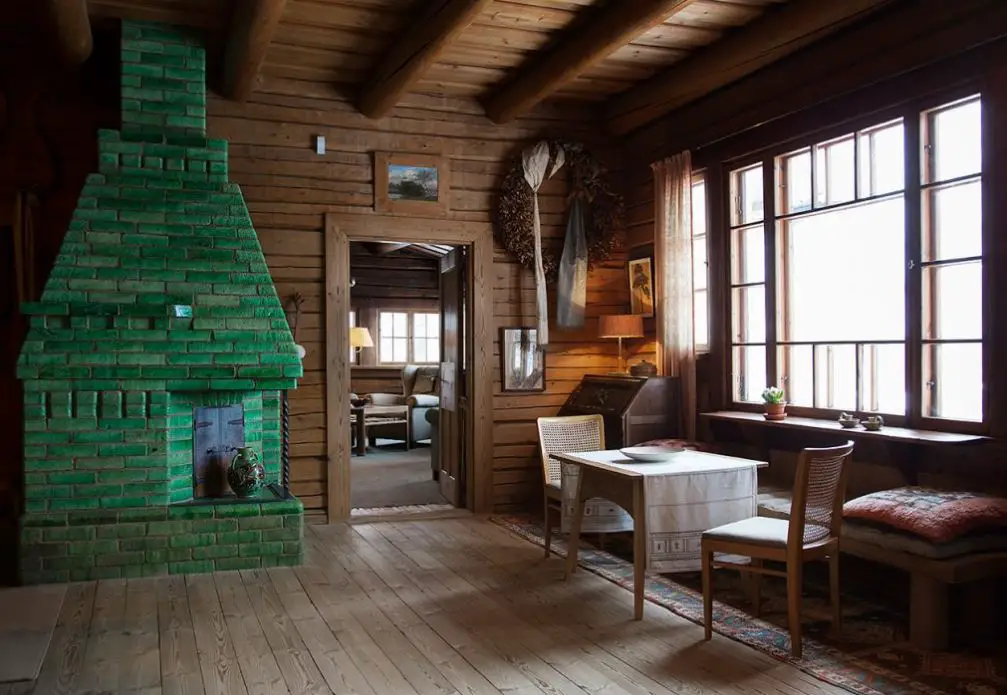
He died in 1957, and his house is now a museum and his grave is on the grounds of his house, which is picturesquely situated by a lake and named after his wife’s name “Aino” Ainola.
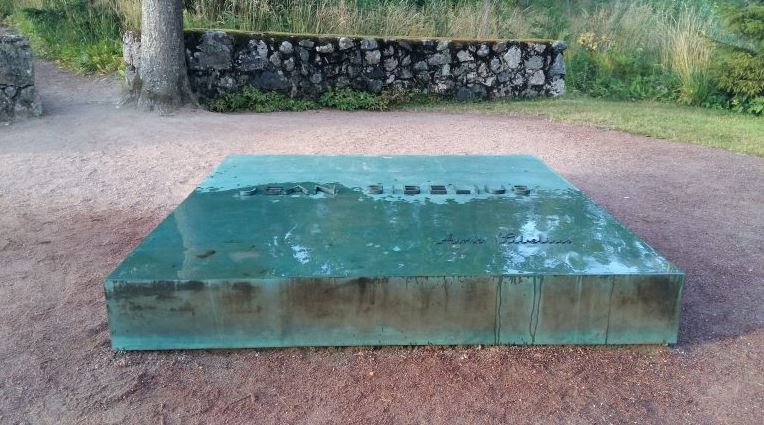
KOPENHAGEN
Lauritz Melchior
His career
Lauritz Melchior was born on 20 March 1890 in Copenhagen. His career made its first leap when he got a commitment for a performance at one of the first radio broadcasts as a partner with Nellie Melba. His career developed and he became a regular guest at the Bayreuth Festival in the 20’s. Cosima Wagner called him “the great Dane”. Melchior boycotted the festival from 1931 on because of their entanglements with the Nazis. He celebrated triumphal successes at the Met starting 1929, where he subsequently had the focus of his artistic activity.
Melchior sang the great heroic tenor parts incredibly often. For example 223 times Tristan, 183 times Siegmund, 144 times Tannhäuser. This resulted in a total of over 1000 Wagner performances ! He also sang the Othello, Radames and the Canio several times. His most important partners were Frida Leider, Kirsten Flagstadt and Lotte Lehmann. Many of the resulting records are still reference recordings.
During his career he had no competitor to fear in the Heldentenorfach, even though his acting skills stagnated towards the end of his career.
His stage farewell took place in 1950 with Lohengrin. Melchior also sang demanding roles excellently in his advanced age. For example he sang Siegfried and Othello at the age of 70, which are documented in recordings.
TO THE PORTRAIT OF LAURITZ MELCHIOR
Significance
Lauritz Melchior is considered the “heroic tenor of the 20th century”. To this day he has not found a successor.
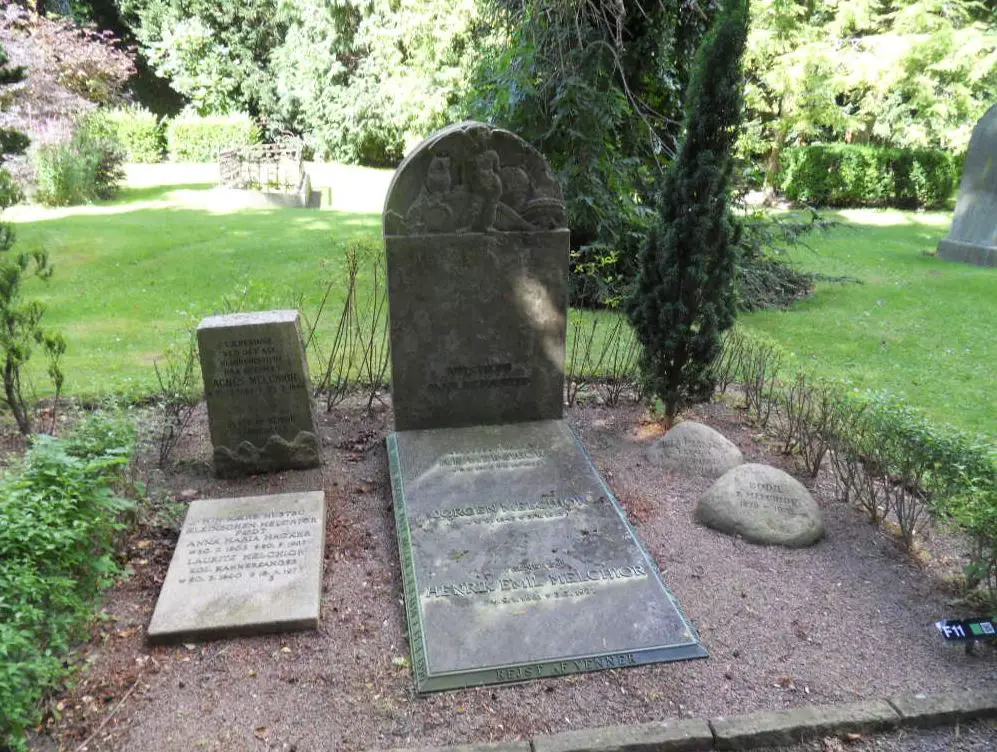
LEIPZIG
MORE TRAVEL TIPS FOR LEIPZIG FOR OPERA AND CLASSIC-FANS
Johann Sebastian Bach
Bach’s tomb in St. Thomas church:
The choir room of the church has been the final resting place of Bach’s tomb since 1950, whose bones came here in a roundabout way. When Bach died, he was buried without a gravestone in the cemetery of the Church of St. John. After the Bach Renaissance of the 19th century, triggered by Mendelssohn, they wanted to exhume his body and rebury it in the neighboring church. The only information about the exact location of the grave was the surviving statement “six steps straight ahead from the door on the south side”.
There is some controversy as to whether the exhumed body is really that of Bach. However, the fact that the body was in an oak coffin is an important argument in favor, as this was true in only 1% of burials at the time. A definitive clarification would be given by DNA analysis. St. John’s Church was bombed during the Second World War and the bones had to be taken out from under the debris to eventually be placed in St. Thomas Church.
TO THE BIOGRAPHY OF BACH

Bach monument in front of St. Thomas churceh:
The bronze Bach statue stands in front of the Bach window of St. Thomas Church. In the course of the exhumation of Bach’s body in the 19th century, an impression of the skull had been made, which was used as the basis for the design of the monument. The monument shows Bach conducting (why he has rolled up music paper) in front of an organ.

LINZ
Anton Bruckner
St. Floriansstift (St. Florian near Linz)
This monastery became famous not least because of Anton Bruckner. Bruckner was 14 years old when his father died. At the request of his mother, he was admitted to the St. Florian monastery, where he became a member of the choir of the Boys’ Choir because of his beautiful soprano voice. While there, he also received instrument lessons, including improvising on the organ. He left St. Florian to learn the teaching profession at the Preparatory School in Linz.
By the time he was 20, he had passed the teacher’s examination and was employed as an assistant teacher in St. Florian, where he remained until the age of 31. He began composing his first serious works. In 1855 he moved to Linz, where he was able to devote himself fully to music as cathedral organist.
Bruckner never forgot his time at St. Floriansstift, and as he grew older, it was the deeply religious Bruckner’s fervent wish to be buried at St. Floriansstift. This wish was granted to him.
TO THE BIOGRAPHY OF BRUCKNER
The monastery is magnificent and can be visited on guided tours.
Marble Hall:
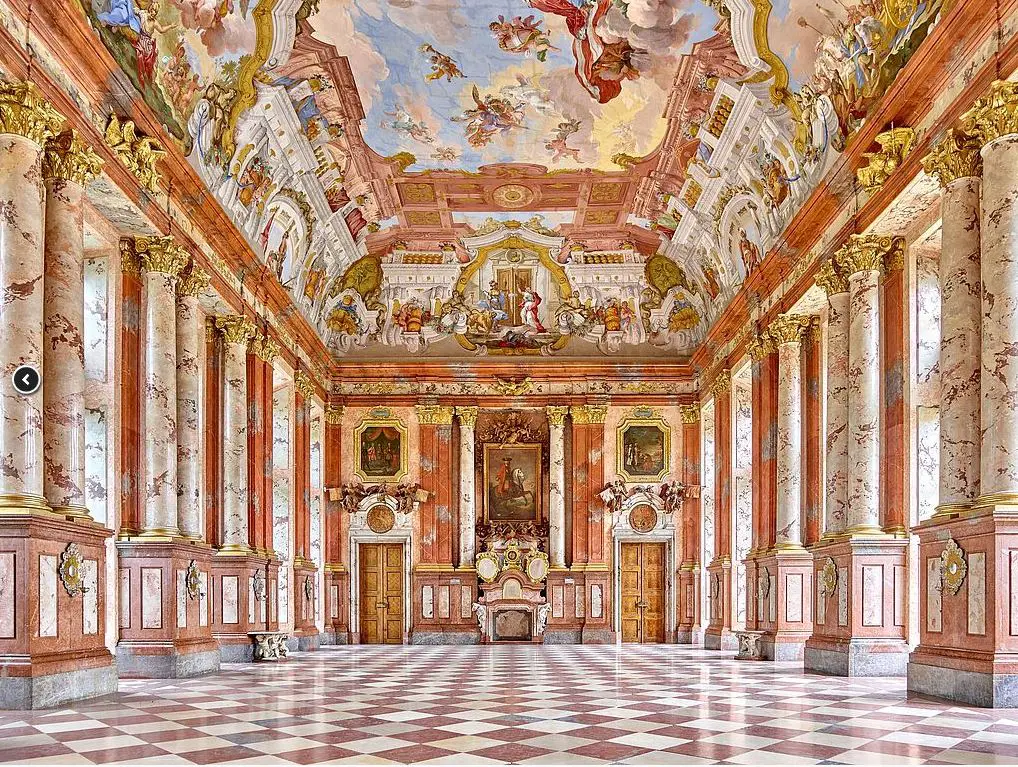
http://www.stift-st-florian.at/en/home.html
The great organ of the collegiate church was extended and overhauled for the first time in 1874. Naturally, Bruckner played on the inauguration occasion of this organ. The console can be seen today in the Bruckner Museum in Ansfelden. Further adjustments and overhauls have been made since then, but a part of the organ is still faithful to the original and bears the name “Bruckner organ”. The Bruckner organ can be heard regularly, please see the website for details.
The Bruckner organ:
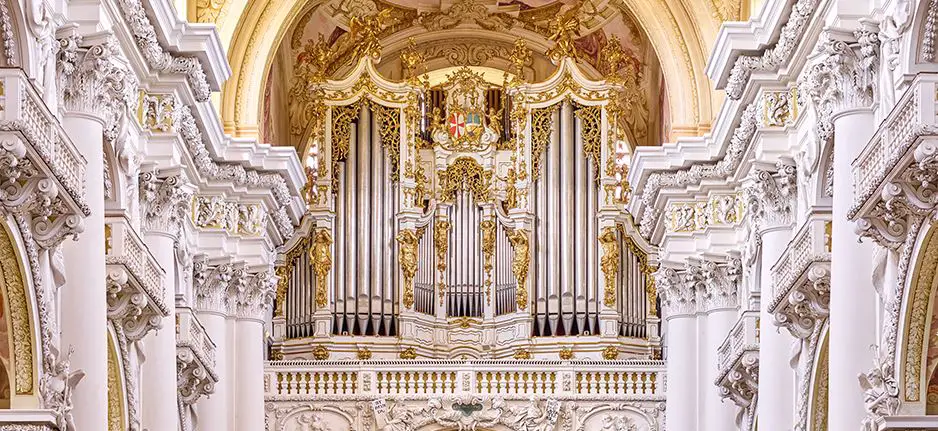
At his own request, Bruckner was buried on October 11, 1896, in the crypt of the Collegiate Basilica directly beneath the great organ. On the pedestal of the sarcophagus is the inscription “Non confundar in aeternum” (In eternity I will not be ashamed), it is the closing line of his Te deum. According to his own statement, the “Te Deum” was the pride of his life and it was important to him that he did not waste the talent that he had received from God. He thus hoped that he would find in God a gracious judge.
The Bruckner Sarcophagus:
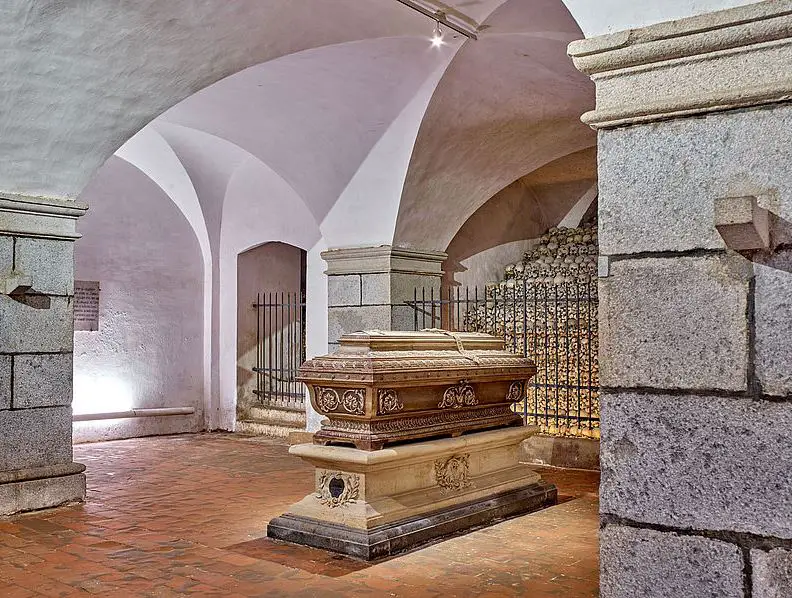
Bruckner Memorial Stone:
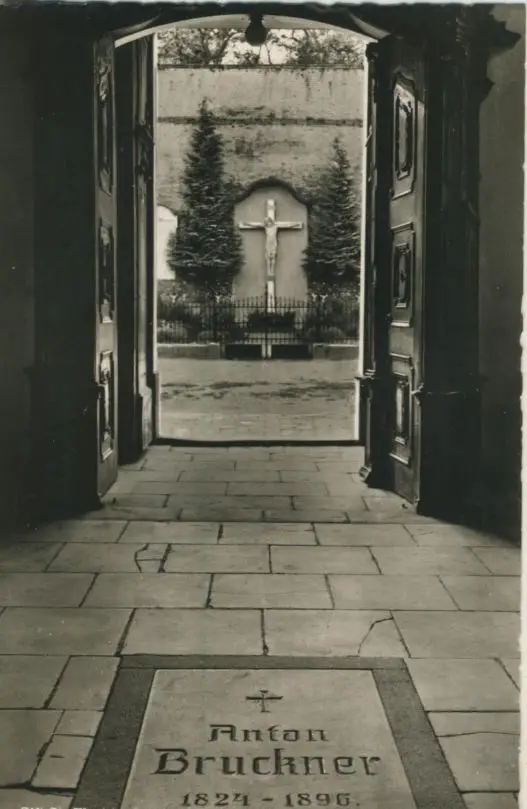
LONDON
Georg Friedrich Händel
Westminster Abbey
It was Handel’s wish to find his final resting place in Westminster Abbey. Roubiliac created the statue for the tomb. This portrait is generally acknowledged to be very faithful to the original, partly because Roubiliac had already portrayed Handel once for a statue, and partly because he modeled the face after the death mask. This statement was confirmed by contemporaries who knew Handel.
Handel’s tomb:

Henry Purcell
Westminster Abbey
Henry Purcell’s honorary tomb is located in Westminster Abbey. Some sources attribute his death to a cold he caught in November 1695. It is believed that his wife forbade her servants to admit Purcell, a notorious pub-goer, after midnight. Unfortunately, the buzzed musician is said to have caught the cold that November night, when he found himself locked out of his house, heavily buzzed.
His grave is in the north aisle of the abbey, where the organ was located in his day, which is why he is said to lie “under the organ.”

MILAN
Giuseppe Verdi, Arturo Toscanini, Vladimir Horowitz, Arrigo Boito, Franco Corelli, Amilcare Ponchielli, Umberto Giordano
TRAVEL GUIDE MILAN FOR CLASSICAL MUSIC AND OPERA FANS
Casa Verdi: Giuseppe Verdi
Tomb in the Casa di riposo
In the last years of his life, Verdi initiated a generous deed. He bought a large area at the Piazza Buonarroti and had a rest home built there for impoverished, old musicians. He deliberately did not want to build a hospital-like nursing home, but a home for guests who were to live in 2-person rooms instead of dormitories. Since then, more than a thousand people have enjoyed this tastefully furnished boarding house, which, at Verdi’s request, was opened only after his death. He supervised the work meticulously and spoke “of his most beautiful work” (‘mia piu bella opera’). The garden with the crypt of Verdi and his wife Giuseppina is accessible by appointment at the reception, more (concert hall, Turkish room and many interesting memorabilia) depends on the events of the day.
TO THE BIOGRAPHY OF GIUSEPPE VERDI
Casaverdi:
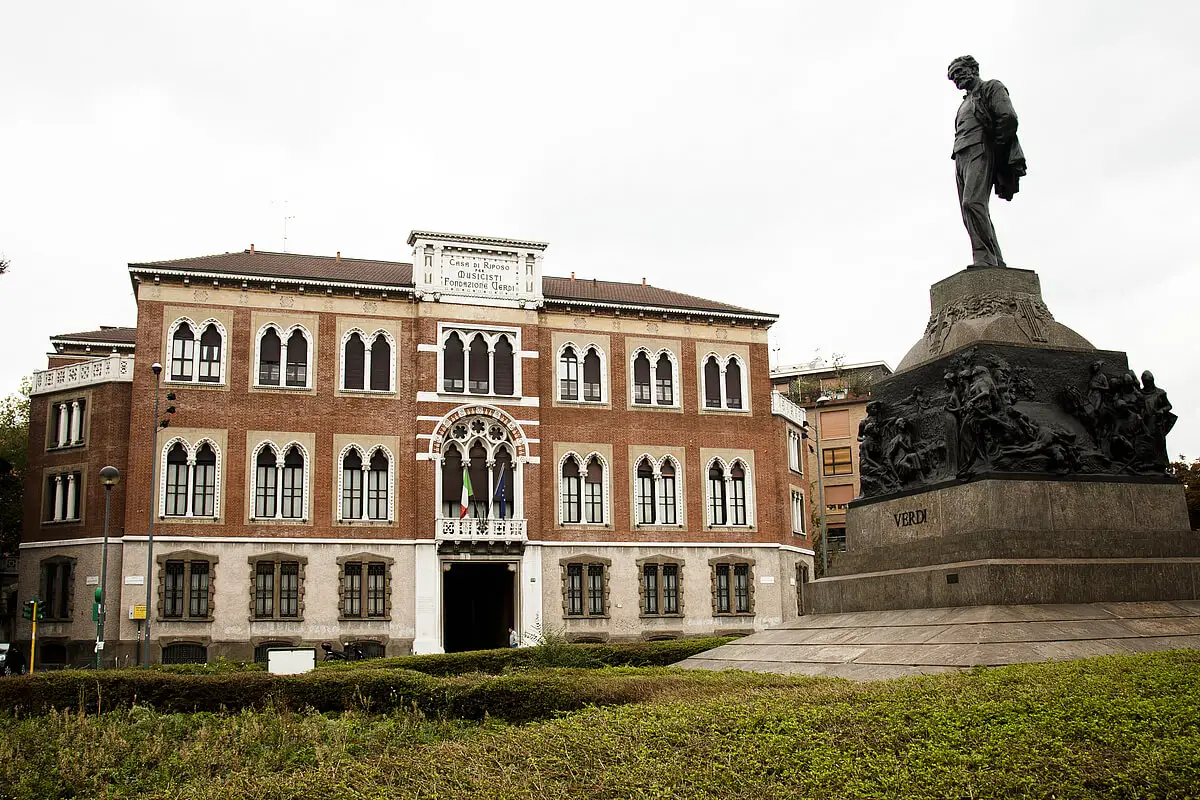
Gravesite:
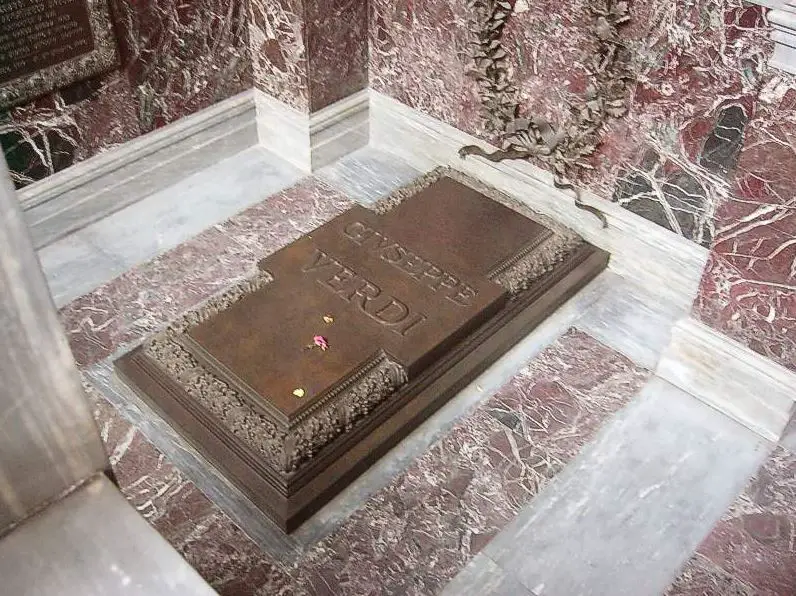
Cimitero monumentale: Arturo Toscanini
Toscanini died in New York in 1957 at the age of 90. He was taken to Italy, where a ceremony was held at La Scala.
On this Carrara marble block you can see 3 Norns holding the threads of fate in their hands.
Finally, on the reverse side, one sees a naked man and a naked woman: they embrace each other in pain. Between them is the inscription in memory of the little Giorgio Toscanini , who died in June 1906 at the age of barely 5 years, the youngest son of Arturo Toscanini.
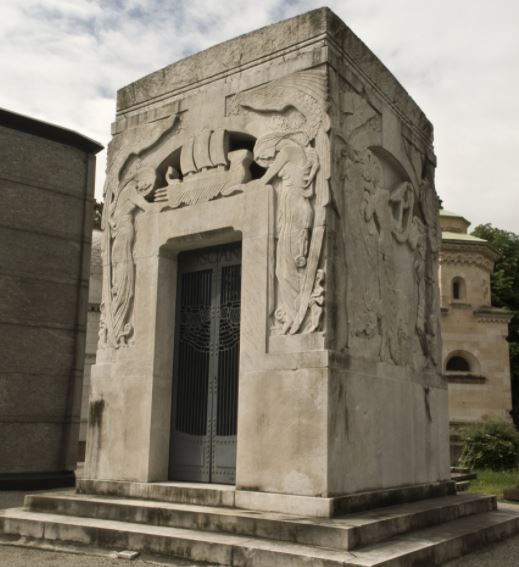
Cimitero monumentale: Vladimir Horowitz
Vladimir Horowitz, the famous pianist, was the son-in-law of Arturo Toscanini and was buried with his wife Wanda in Arturo Toscanini’s family vault.
He died of a heart attack in 1989 at the age of 86.

Cimitero monumentale: Arrigo Boito
Arigo Boito was a writer and musician. Among other things, he wrote libretti for Verdi (Simon Boccanegra revision, Otello, Falstaff) and wrote the famous opera “Mefistofele”.
Boito with Verdi:
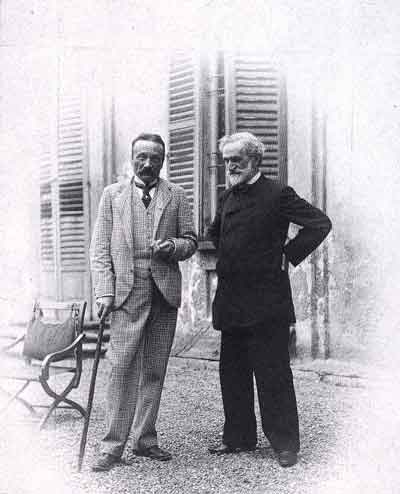
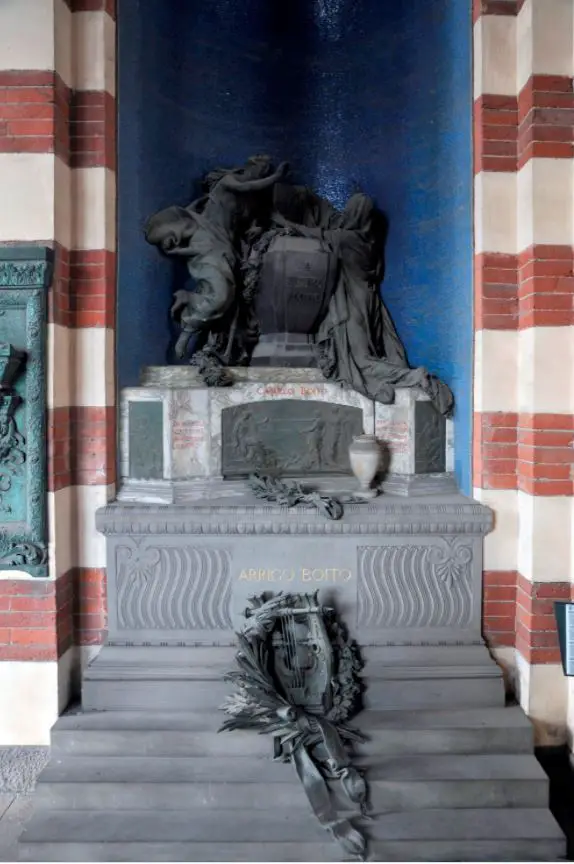
Cimitero monumentale: Franco Corelli
Corelli was a famous but controversial tenor. His powerful voice resounded in the 50s and 60s. In the link below you can hear a slow aria by Corelli, in which he offers more drama than lyricism. Nevertheless, one cannot escape the pull of this voice (Kesting speaks of a “macho magnetism”). Somewhat disturbing is the lisp, which was a negative trademark of Corelli.
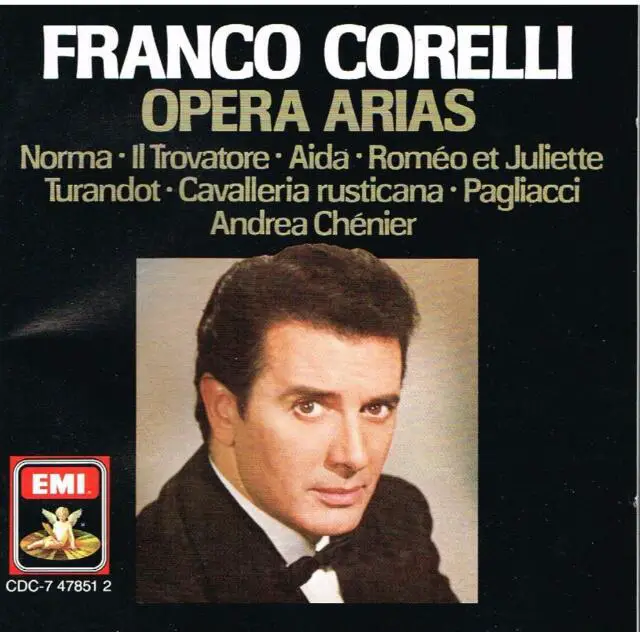
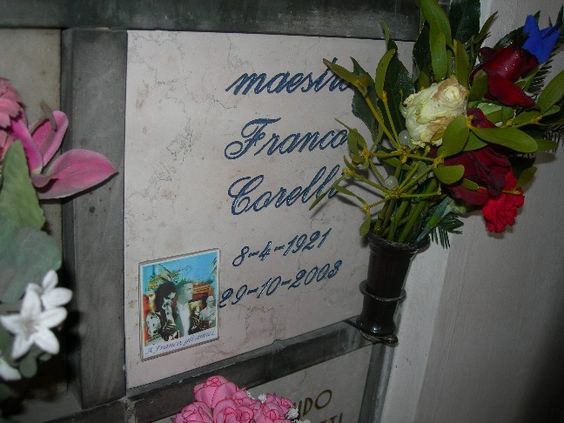
Cimitero monumentale: Amilcare Ponchielli
Ponchielli became immortal through his opera “La Gioconda” (the most famous piece from it is the “Dance of the Hours”). Later he taught at the Milan Conservatory, among his most famous students were Giacomo Puccini and Pietro Mascagni.
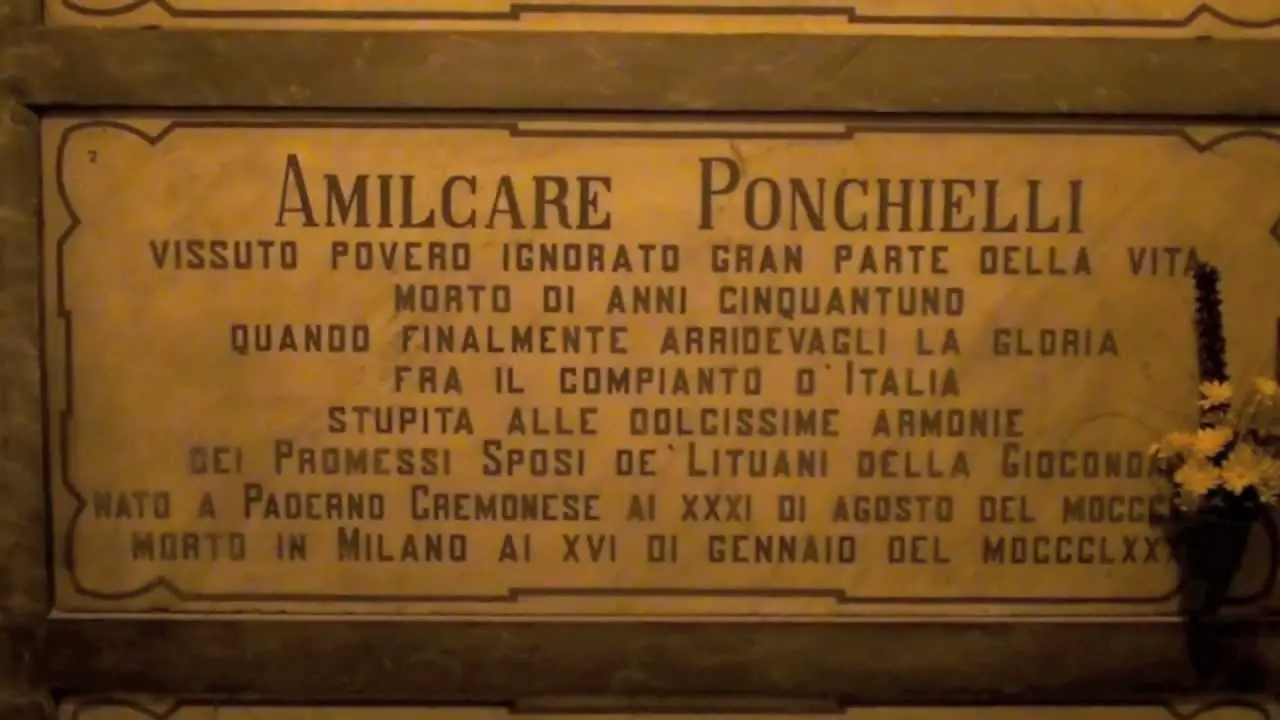
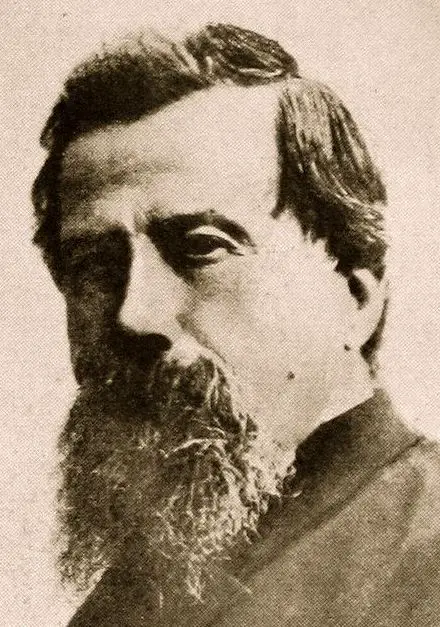
Cimitero monumentale: Umberto Giordano
Umberto Giordano was one of the many southern Italians who found their professional success in the north. With the great operas “Andrea Chenier” and “Fedora” he became the fourth shining star in the verismo sky, alongside Mascagni, Leoncavallo and Puccini.
Born in 1867 in Foggia in humble circumstances, success did not come naturally to the young man. It came with his most important work, the opera “Andréa Chénier“. Giordano seems to have been a temperamental man. While still an unknown 25-year-old man, he was reciting in a club in Foggia from his new opera, “Mala vita”, he noticed that the audience was moving to the tables and playing cards. Giordano was so incensed that he broke with his hometown and only reconciled 30 years later.
He died in Milan and is buried in the cimitero monumentale.
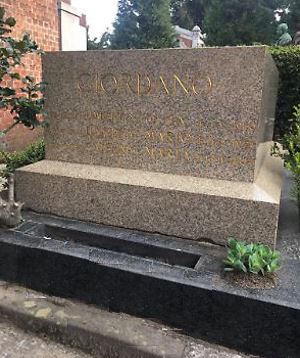
MOSKOW
Dmitri Shoshtakovitch, Sergej Prokofiev
TRAVEL GUIDE RUSSIA FOR CLASSICAL MUSIC AND OPERA FANS
Sergei Prokofiev
Novodevichy Cemetery Moscow
Prokofiev is buried here with his second wife (section 3, row 47). His first wife (a singer) was able to leave the labor camp after the political thaw after nine years and the country after another 15 years, where she was able to make a living from the royalties of Prokofiev’s music outside the Eastern Bloc. She even made a recording of “Peter and the Wolf” as a narrator.
Also buried in this cemetery are Nicolas Gogol, Sergei Eisenstein (for whose famous films Alexander Nevsky and Ivan the Terrible Prokofiev wrote music), Nikita Khrushchev and Boris Yeltsin, among others.
Prokofiev’s grave:
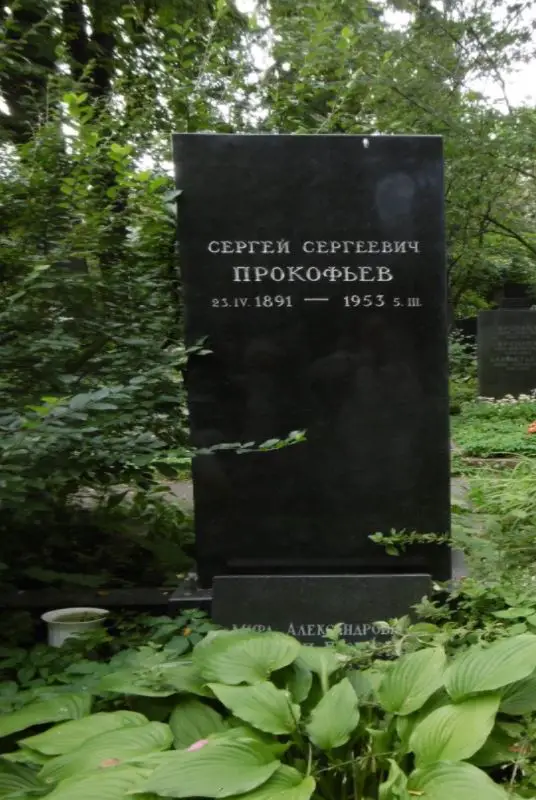
Dmitri Shostakovitch
Novodevichy Moscow Cemetery
Shostakovich was not buried in his native St. Petersburg, but in the Russian National Cemetery Novodevichy (Section 2, No 39). He had spent the last years of his life in Moscow.
On his grave there is the note motif D, Es, C, B. It symbolizes his German initials (D.Sch), which he had used several times in his compositions.
The grave of Shostakovitch:
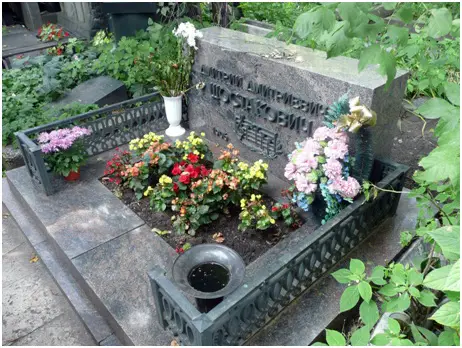
MUNICH AND BAVARIA
Richard Wagner, Richard Strauss, Carl Orff, Max Reger, Franz Liszt, Fritz Wunderlich
TRAVEL GUIDE BAVARIA AND MUNICH
Richard Wagner: grave at Villa Wahnfried in Bayreuth
From 1874 Bayreuth and the Villa Wahnfried was the center of life for the Wagner family. It was built according to the wishes of Richard Wagner. After the death of Richard Wagner it remained the ancestral home of the Wagners.
TO THE BIOGRAPHY OF WAGNER
https://www.wagnermuseum.de/
Richard Wagner and Cosima Wagner are buried at Villa Wahnfried:
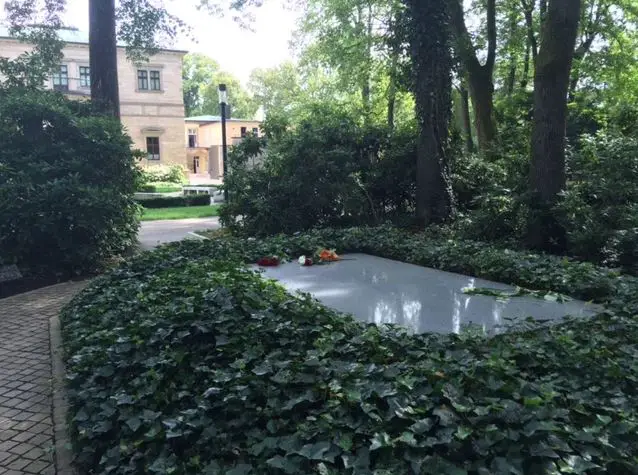
Franz Liszt: tomb in the Stadtfriedhof (city cemetery) Bayreuth
The funeral took place on 3 August, a requiem mass was held on 4 August. At this, Anton Bruckner played his own works and he fantasised about themes from Parsifal. Works by Liszt were not played, apparently Brucker did not know any of his pieces. After Liszt’s death, there was a lengthy tug-of-war over where he was to be buried. The mausoleum was badly damaged during the Second World War and was rebuilt true to the original.
Liszt’s Mausoleum:
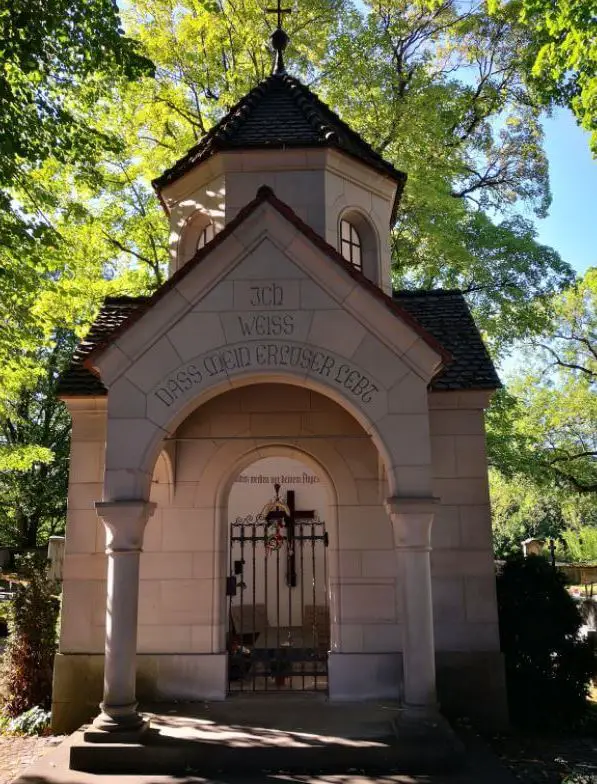
Richard Strauss: tomb in the cemetery Garmisch-Partenkirchen
The villa in Garmisch
In 1908 Strauss moved into the newly built house in rural Garmisch-Partenkirchen, financed with the proceeds of his “Salome“. The villa served first as a summer retreat and later as a residence, in whose study most of the works from “Elektra” onward were written.
Nazi Years
In the twenties he was on the road a lot (Dresden, Vienna, Salzburg and tours), and in the Nazi years he took over the office of Reichsmusikdirektor at the beginning. Strauss’s role in World War II was ambivalent. Strauss was not an anti-Semite, but he was opportunistic at best. When the American troops marched into Garmisch, Strauss received them in his garden, certificates in hand, and was thus able to protect his house from requisition “as the composer of the Rosenkavalier.”
The late years and death
After the Second World War, Strauss, who was in poor health and financially strapped, left Garmisch for Switzerland for fear of denazification, where he was supported by patrons and lived in hotels.
Finally, he returned to his beloved house and on September 8, 1849, the last great opera composer in the history of music died in his bed after a severe heart attack he had suffered a month earlier.
TO THE BIOGRAPHY OF RICHARD STRAUSS
Richard Strauss’ abdication took place in Munich, his urn lies in the family grave in the Garmisch cemetery.
TO THE BIOGRAPHY OF RICHARD STRAUSS
Richard Strauss’ tomb:
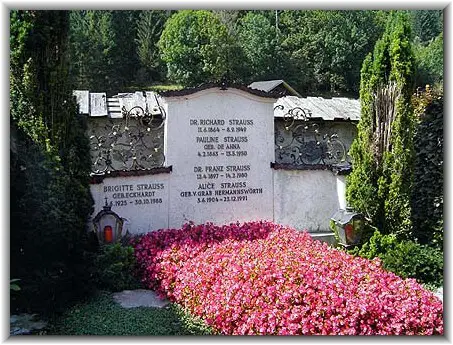
Carl Orff: Gravesite in Andech
Carl Orff was granted a grave on the Holy Mountain in the Sorrowful Chapel of the monastery church at Andechs in 1982 at his personal request.
Carl Orff’s tomb:
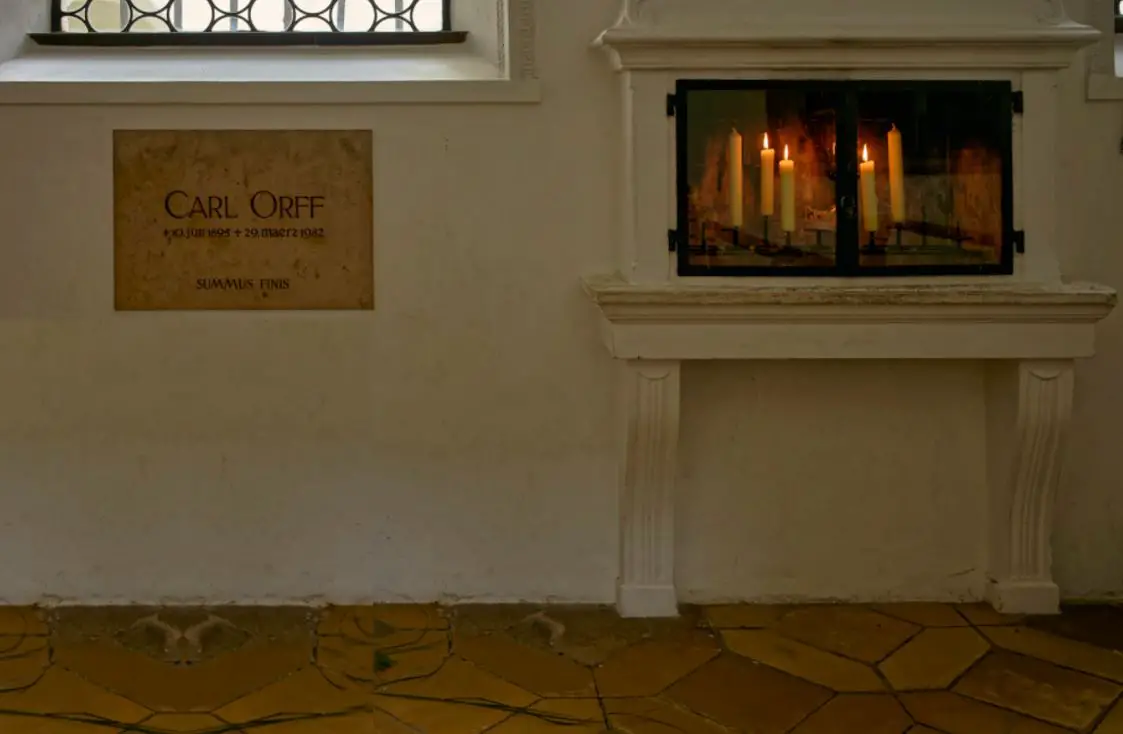
Andech:
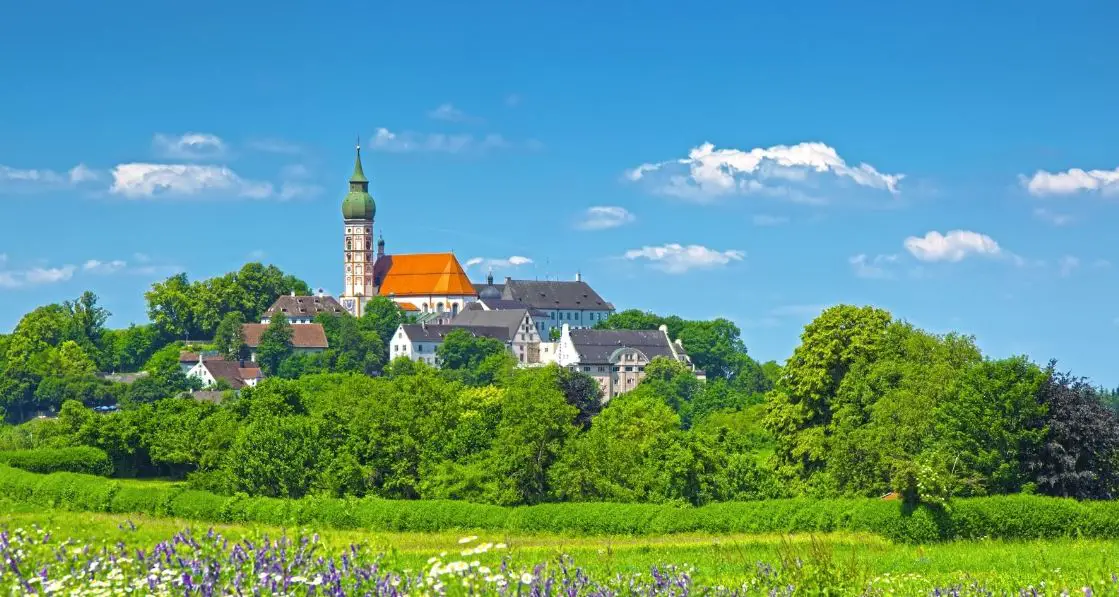
Max Reger: gravesite in the Waldfriedhof Munich
Max Reger was first buried in Jena and was later moved to Munich, where his widow had later moved. Organ pipes are engraved on his gravestone.
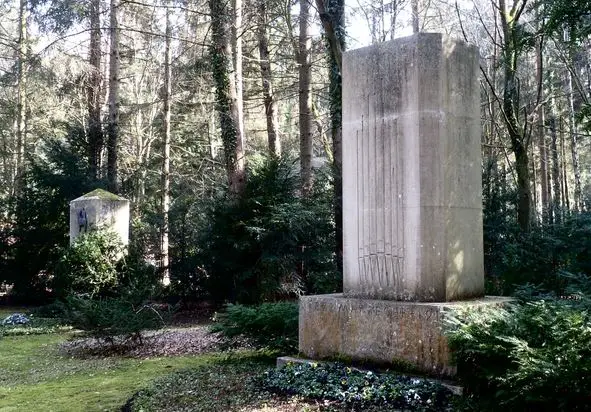
Fritz Wunderlich
Waldfriedhof
Fritz Wunderlich was a famous German Tenor who died very early.
One of the roles that probably forever will be associated with Fritz Wunderlich is Fenton from “the merry wives of windsor”. Listen to the aria “Horch die Lerche singt im Hain” sung by the German tenor:
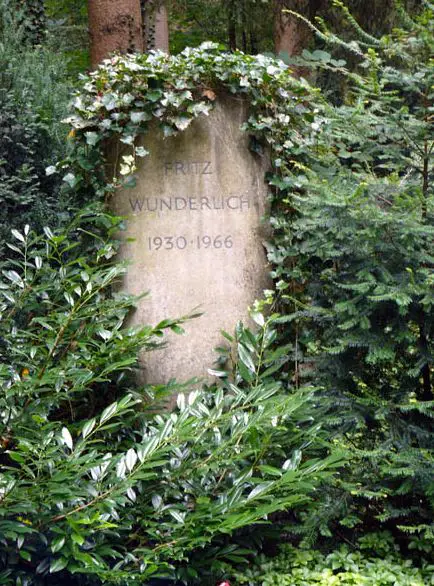
NAPLES
TRAVEL GUIDE NAPLES FOR AND OPERA FANS
TO THE PORTRAIT OF ENRICO CARUSO
Cemetery Santa Maria del Pianto
Enricos Caruso’s grave
When Caruso died, King Vittorio Emanuele III opened the royal church of San Francesco di Paola and Caruso was laid out there. Hundreds of thousands lined the path to his grave on August 19, and the facades of houses were covered with black cloths. He is buried in a private chapel of the Santa Maria del Pianto cemetery.
Burial place:
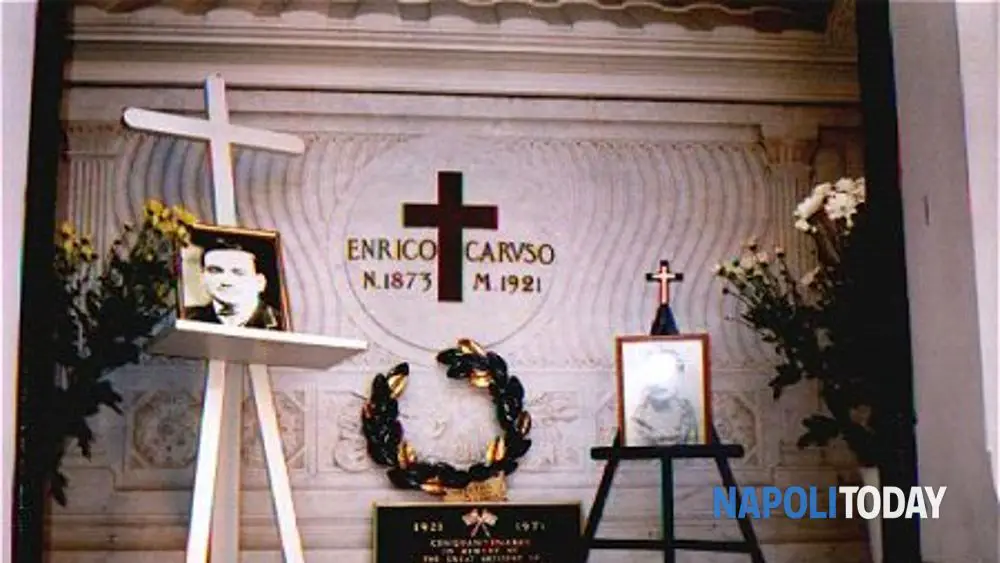
PALMI
Mausoleo Francesco Cilea in Palmi
Italian opera composer Francesco Cilea was born in Palmi, Calabria. He left his hometown for his studies in Naples. His greatest successes were in the north, where he composed and premiered his operas “Adriana Lecouvrer” and “L’Arlesiana”.
In 1962 the municipality of Palmi built an imposing mausoleum in his honor; inside it houses a crypt decorated with mosaics, where the remains of the artist and his wife are kept.
Mausoleo Cilea:
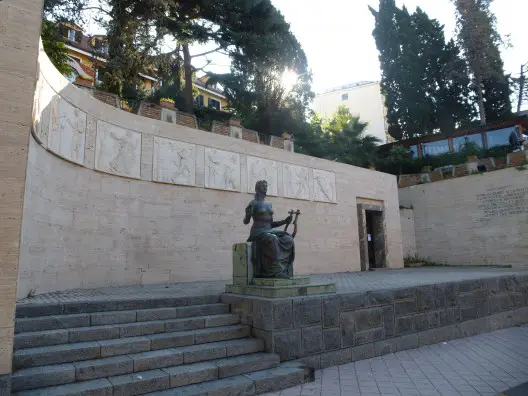
PARIS
Frederic Chopin, Gioachino Rossini, Daniel Auber, Vincenzo Bellini, Georges Bizet, Maria Callas, Hector Berlioz, Jacques Offenbach, Claude Debussy, Luigi Cherubini, Jean Baptiste Lully, Charles Gounod, Adelina Patti, Camille Saint-Saens, Maurice Ravel
TRAVEL GUIDE PARIS FOR CLASSICAL MUSIC AND OPERA FANS
Père Lachaise: Overview
Here you will find a google map of Père Lachaise, Zoom-In to find the tombs.
Père Lachaise: Daniel Auber
Auber died in the turmoil of the Paris Commune; his grave is in Père Lachaise Cemetery.
Auber’s tomb:
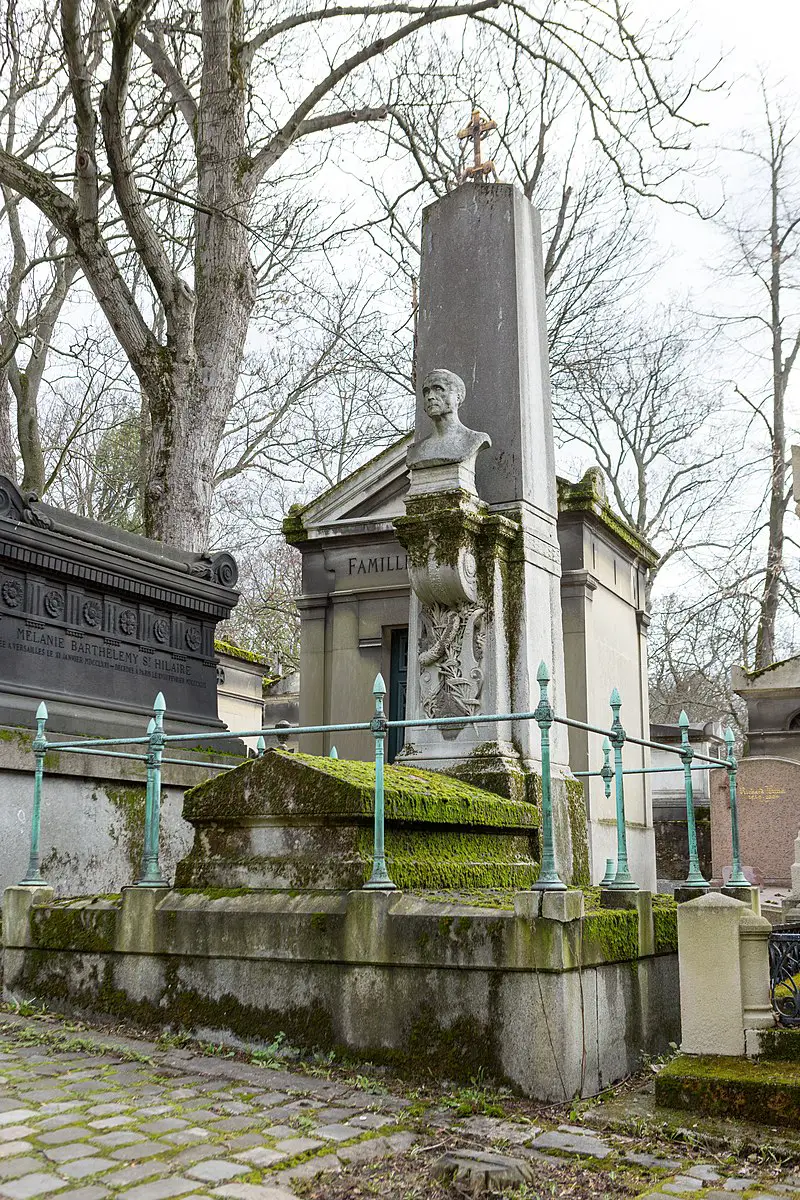
Père Lachaise: Vincenzo Bellini
In 1835 Bellini was honored with great sympathy at a state funeral in the Invalides Cathedral and laid to rest in the Père Lachaise. Giulia Grisi, who had sung in the triumphant “I Puritani” only 8 months earlier, sang the Lacrimosa to the tune of “Credeasi misera” from “I Puritani” and 350 choristers sang pieces by Bellini. He was buried in Section 11, where 14 years later and only a few meters away, Frédéric Chopin, who also died young, would be buried. In 1876 Bellini’s body was transferred to Catania, but the grave was kept.
Bellini’s tomb:
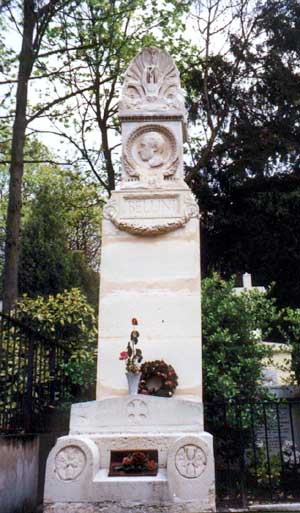
Père Lachaise: Georges Bizet
Bizets was buried in this famous cemetery at Division 68, No. 101. The tomb was designed by Charles Garnier, the architect of the Garnier Opera House in Paris. In 2006 the beautiful bust was stolen. It has since been recovered and is in the possession of the cemetery.
Georges Bizet’s tomb (historic Picture):
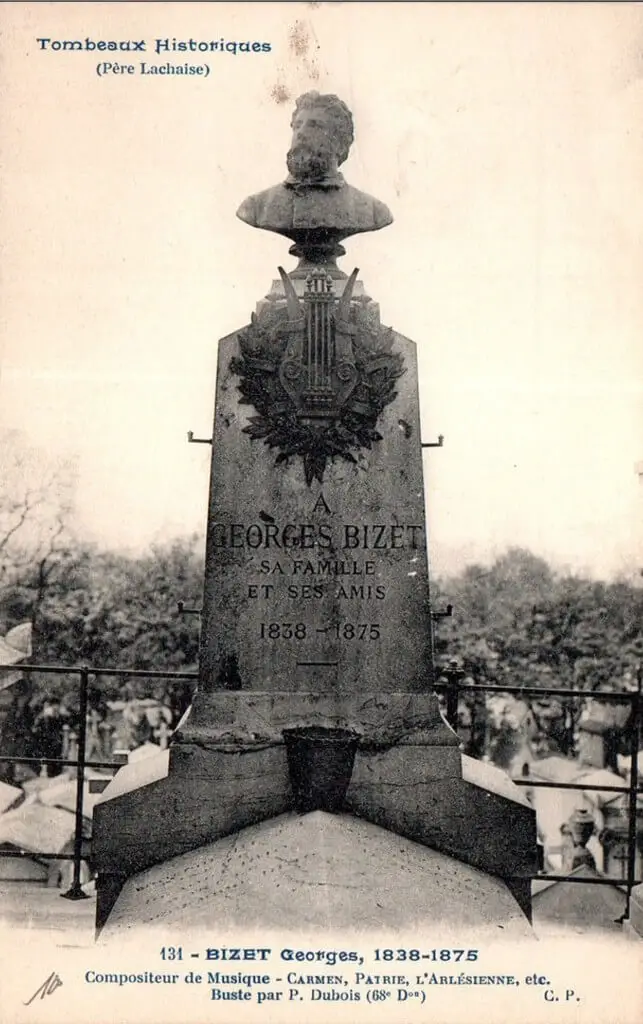
Père Lachaise: Maria Callas
Debut in Paris
Maria Callas debuted in Paris when she had long since become a megastar.
The 1958 recital at the Garnier was an event of the first order, and in the hall sat a man who was to change her life: Aristotle Onassis. A relationship developed, but to her disappointment Onassis did not marry Callas but Jacky Kennedy. In 1965 Callas sang an opera for the last time, it was Norma in Paris, with which she ended her career.
Her Paris years
From then on she lived in Paris, although the projects of her last 10 years (film Medea, master classes in New York, tour with di Stefano) all took place outside Paris. Privately, she lived in seclusion on the Avenue Georges Mandel. Occasionally she is said to have been spotted with Onassis, who is said to have been unhappy about his marriage to Jackie Kennedy and died two years before Callas in a hospital in Paris, where she is said to have still visited him.
Her final years and death
Callas lived in this apartment for the last 9 years of her life. An insight is given by the interview that Lord Harewood had made for BBC in 1968. She lived there in seclusion with servants and the two poodles. She died of a heart attack alone in her apartment on September 16. A plaque on the building commemorates the famous resident and a middle street of Avenue Georges Mandel was named after her (Allée Maria Callas).
After burial in the Greek Orthodox Cathedral of Agios Stephanos on Rue Georges-Bizet, the ashes were interred in the Père Lachaise Cemetery in eastern Paris. The urn was first stolen and recovered and the ashes were scattered over the coast of the Aegean Sea in accordance with her wishes.
TO THE PORTRAIT OF MARIA CALLAS
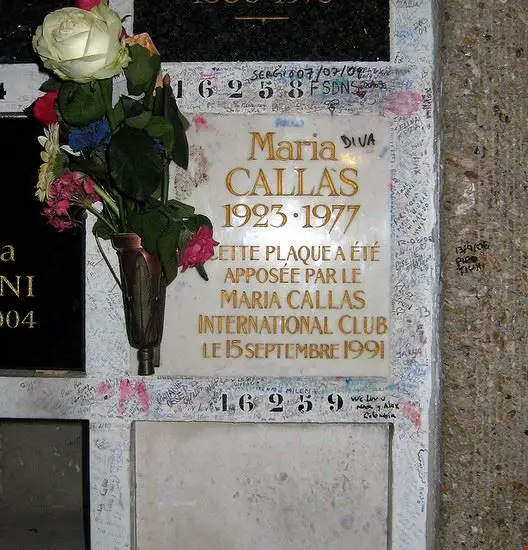
Père Lachaise: Luigi Cherubini
Cherubini spent the first part of his composing career in Italy and moved to pre-revolutionary Paris in 1787 at the age of 27. He achieved respectable success there in 1791 with Lodoiska, a revolutionary rescue opera. Soon after, he composed his most important work, Medea. After the revolution, he and his music fell out of favor and left Paris. Later he returned and lived as a highly respected conservatory director in Paris, where he died in 1842.
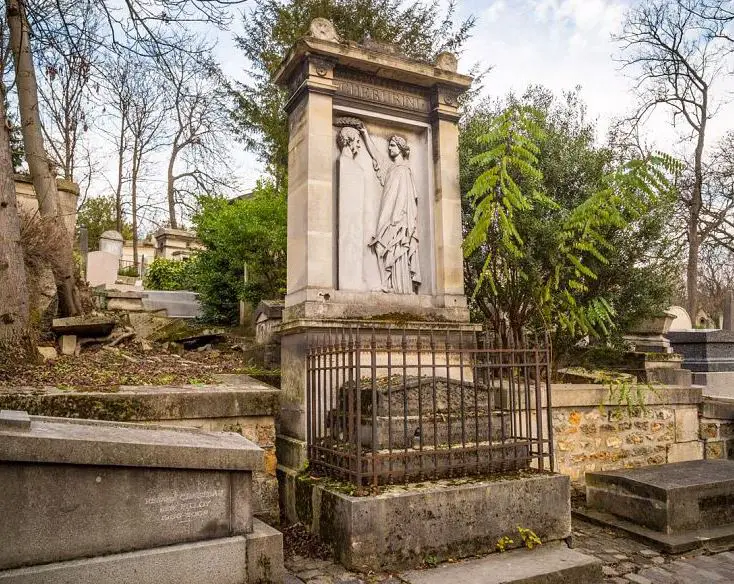
Père Lachaise: Frederic Chopin
On Chopin’s grave Euterpe, the muse of music, is watching and crying in view of a broken instrument. The monument is by Auguste Schlésinger, husband of George Sand’s daughter Solange.
His heart was taken from his body before burial, which his sister smuggled to Poland.
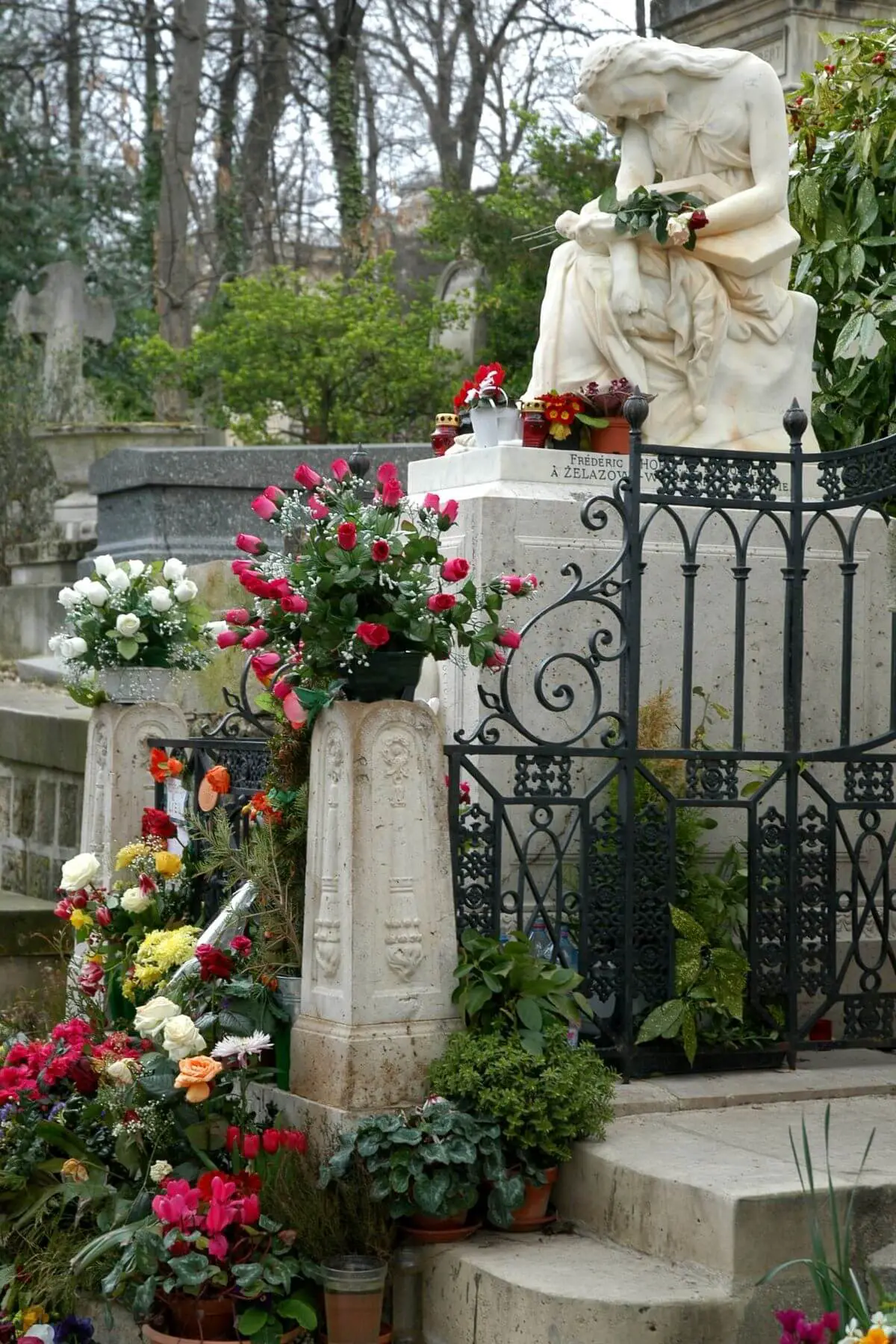
Père Lachaise: Adelina Patti
Maybe the greatest Primadonna of the 19th century
Patti was born in Madrid in 1843. Her mother and father were Italian opera singers who toured and stayed in the Spanish capital for long periods of time. Adelina is a child prodigy. She sings opera arias heard from her mother even before she can speak.
Her father Salvatore Patti, gets an offer from a friend to sing in New York and is immediately asked to take over the job as manager of the opera company. The family moves to the United States, the business develops slowly and the family suffers from financial problems.
At the age of 10, she sets out on a tour of the United States with the piano virtuoso Strakosch, her aunt’s husband. The guest performances become a great success and solve the family’s financial problems.
At the age of 13, the child prodigy takes leave of the stage and seriously prepares for her stage career. At the age of 16 the time has come and she starts her career as an opera singer. Adelina Patti does not dwell on supporting roles. Already at a young age her self-confidence is great and she chooses for her opera debut in New York, the role of Lucia di Lammermoor. Her performance hits like a bomb. The mad scene becomes a triumph and the audience is at her feet.
Patti’s reputation spreads to London. In the new season she arrives in the English capital with Strakosch, her aunt’s husband. At the first performance, the American is coolly greeted by the audience. Patti is all of 1.50 meters tall and the audience is surprised to see a little girl singing the Amina of “Sonnambula”. Already after the first aria the cheering knows no bounds.
For 30 years the world has been at Adelina Patti’s feet. She tours tirelessly through the opera houses and concert halls of Europe and America and is celebrated everywhere. The great composers such as Verdi, Tchaikovsky, Rossini and Gounod praise the uniqueness of her voice and musicality. Berlioz is even said to have fallen unhappily in love with her.
After a divorce, she was made fun of by the gossip press of Europe and she decided to retire to Wales with her husband and she bought the castle in Craig y nos. She died in 1919 in Craig y nos and was buried according to her wishes in the Père Lachaise cemetery in Paris.
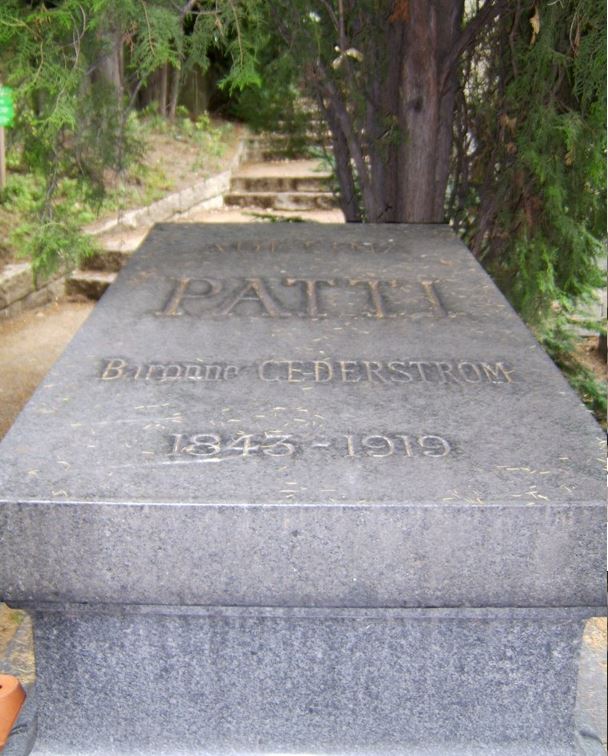
Père Lachaise: Gioachino Rossini
Rossini’s body was buried alongside Chopin and Bellini at Père Lachaise Cemetery in Paris after a solemn funeral. In May 1887, his remains were transferred to Florence.
His honorary grave is located in Division 4.
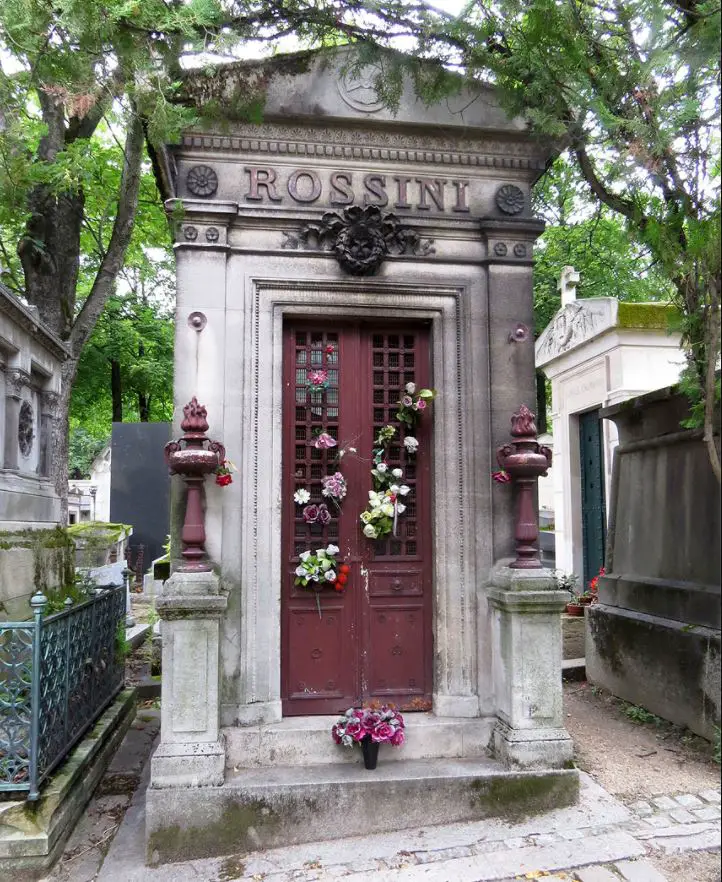
Montparnasse: Hector Berlioz
Berlioz’s simpler tomb was later replaced by a more monumental version.
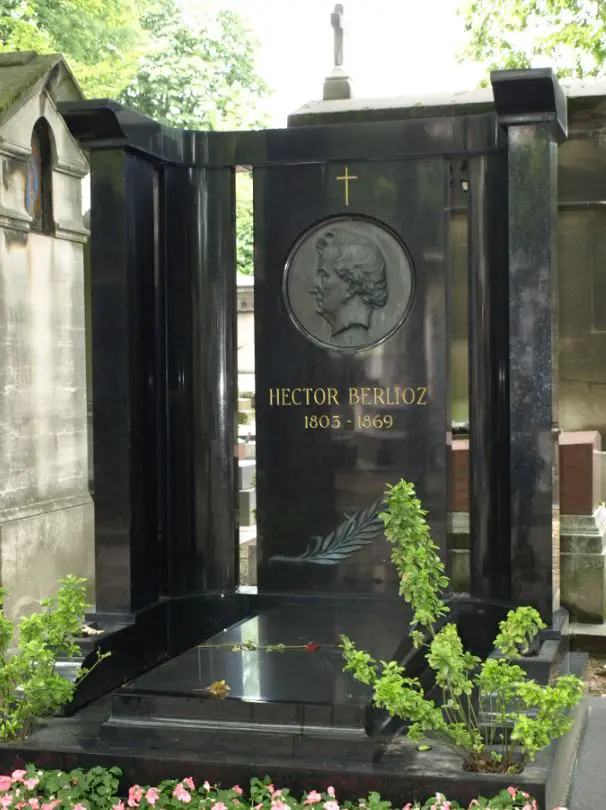
Montparnasse: Camille Saint-Saëns
Samson et Dalila is the only one of Saint-Saëns’ 16 operas that has made it into the repertoire. Saint-Saëns was an immensely educated and accomplished musician, early on he was recognized as a child prodigy of Mozart’s kindness, his technical and compositional resources gave him the opportunity to give all his operas a style of his own. This strategy did not pay off, as almost all of his operas have been forgotten.
Critcised as a “Wagnérien”
His career, however, was a rough one. He was reviled in France as a “Wagnérien,” which came close to an artistic death sentence in the troubled period of Franco-German strife.
Saint-Saëns, now 42, married a 19-year-old industrialist’s daughter. The marriage was unhappy. Quarrels between the young wife and his mother and the early death of their two children wore the composer down. He left the young wife a note saying “I am gone” and moved back in with his mother.
Saint-Saëns traveled extensively throughout his life. His father died of pulmonary tuberculosis and his doctors advised him to avoid the unfavorable climate of Paris during the winter months. The destination of many of his winter journeys was Algiers, where he also wrote part of his Samson during his first winter.
His most famous work is probably the Carnival of the Animals.
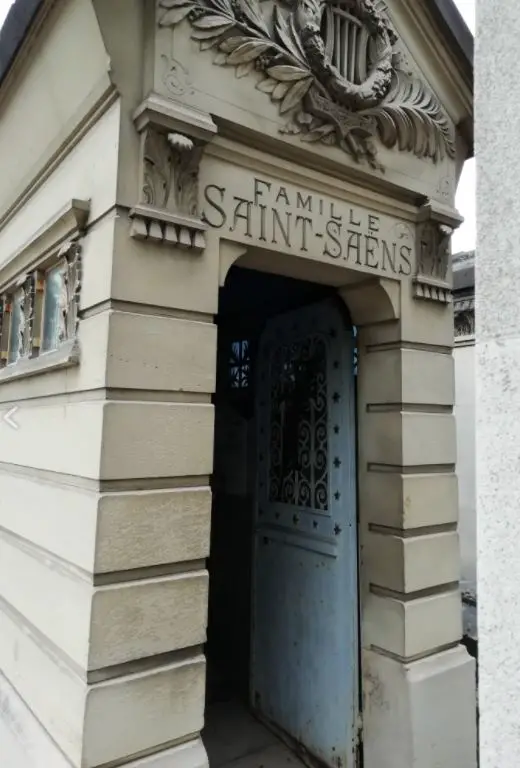
In 1880 Offenbach was buried here, among others Hortense Schneider (his famous “Belle-Hélène) was present at the funeral.
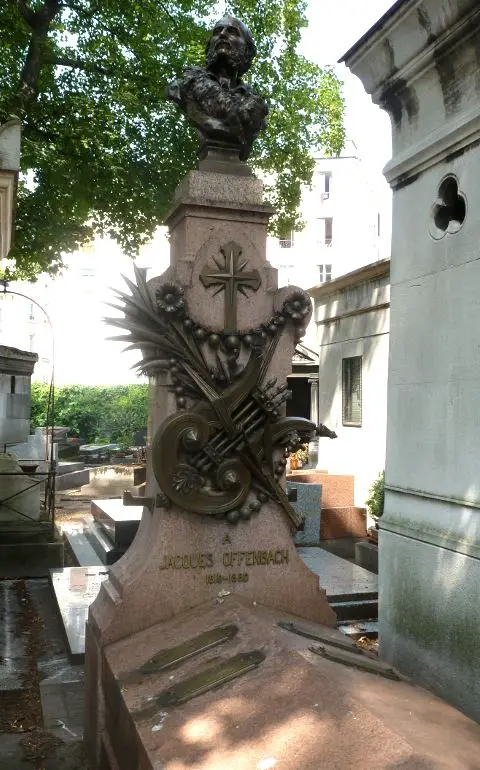
Passy: Claude Debussy
Debussy’s grave is in this cemetery of celebrities near the Trocadéro, with a beautiful view of the Seine. Debussy died in 1918 of colon cancer, which was diagnosed in 1909 and made his life increasingly difficult.
When Debussy died on March 26, Paris was under fire and only a small funeral procession could accompany him to the cemetery.
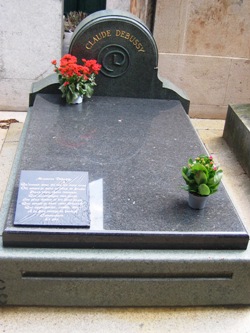
Notre Dame des victoires: Jean Baptiste Lully
The founder of French opera
Lully (1632-1687) is considered the founder of French opera. Born in Florence, he was brought to Paris to a noble house as a 14-year-old garcon de chambre. He was a talented musician and very good dancer when, at the age of 20, he met the 14-year-old future Sun King Louis XIV. Louis was also a dance enthusiast and a friendship developed between the two. For the next 30 years, Lully was employed at court and made it to the position of “Secrétaire du roi”.
He composed popular comedies for the court, first in collaboration with Molière, and then, in collaboration with Quinaut, the first operas, the so-called “Tragédie lyrique”, in which chorus and ballet played an important role, but without castrati as was common in Italy at the time.
Perhaps the most famous composer’s death
At some point, Lully fell out with the king and Lully wanted to repair the relationship. Seeing an opportunity, when the king had again survived one of his many cruel operations (depending on the source, it was after the removal of a fist-sized abscess on his buttocks or after the failed extraction of a tooth, in which the palate was torn out and the bleeding in the throat stopped with a hot iron ), Lully wrote a “Te Deum” as a mass of thanksgiving for 150 musicians, and had it performed in a church at his own expense in the presence of the king. While conducting, he rammed the tip of the two-meter-long tambour stick into his big toe. The toe became infected and Lully refused amputation and died of blood poisoning.
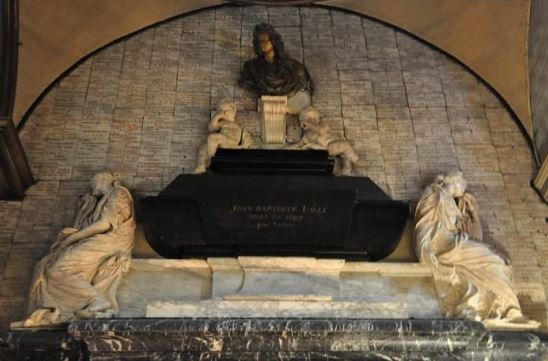
Cimetière d-Auteuil: Charles Gounod
Cimetière d’Auteuil
Gounod had a close relationship with the church. As a young man, he toyed with the idea of becoming a priest for some time. He attended the theological seminary and wore a priest’s robe. Before that, he had already been the organist and choir director of a church for six years. Throughout his life, Gounod was torn between worldliness and the church and was never able to properly resolve this split. This led to a nervous crisis during the composition of his most important work, Faust, and he had to be hospitalized for a short time.
His most famous work was Ave Maria, which he composed based on a prelude by Bach.
He died in Paris. While working on a requiem, he suffered a stroke and fell into a coma. The funeral service was held at the Madeleine, where Camille Saint-Saens played works by Gounod on the organ….
He was buried in the family tomb in the Cimetière d’Auteuil in Paris.
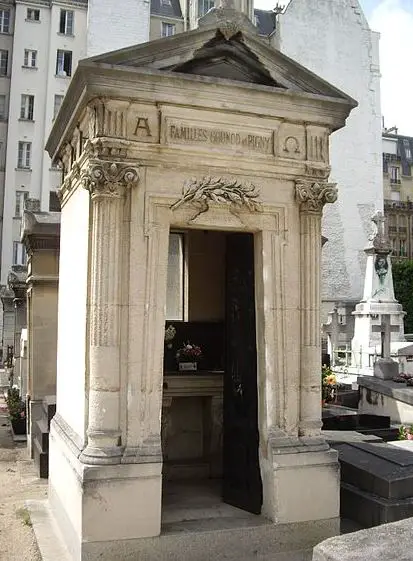
Maurice Ravel
Cimetière Levallois-Perret
In 1921, the 46-year-old Ravel bought a house in Montfort near Paris. He wanted to escape the noise of the capital Paris. He who had lived for a long time with his mother and later with his brother was a loner (probably a repressed homosexuality) and he found here the peace to compose.
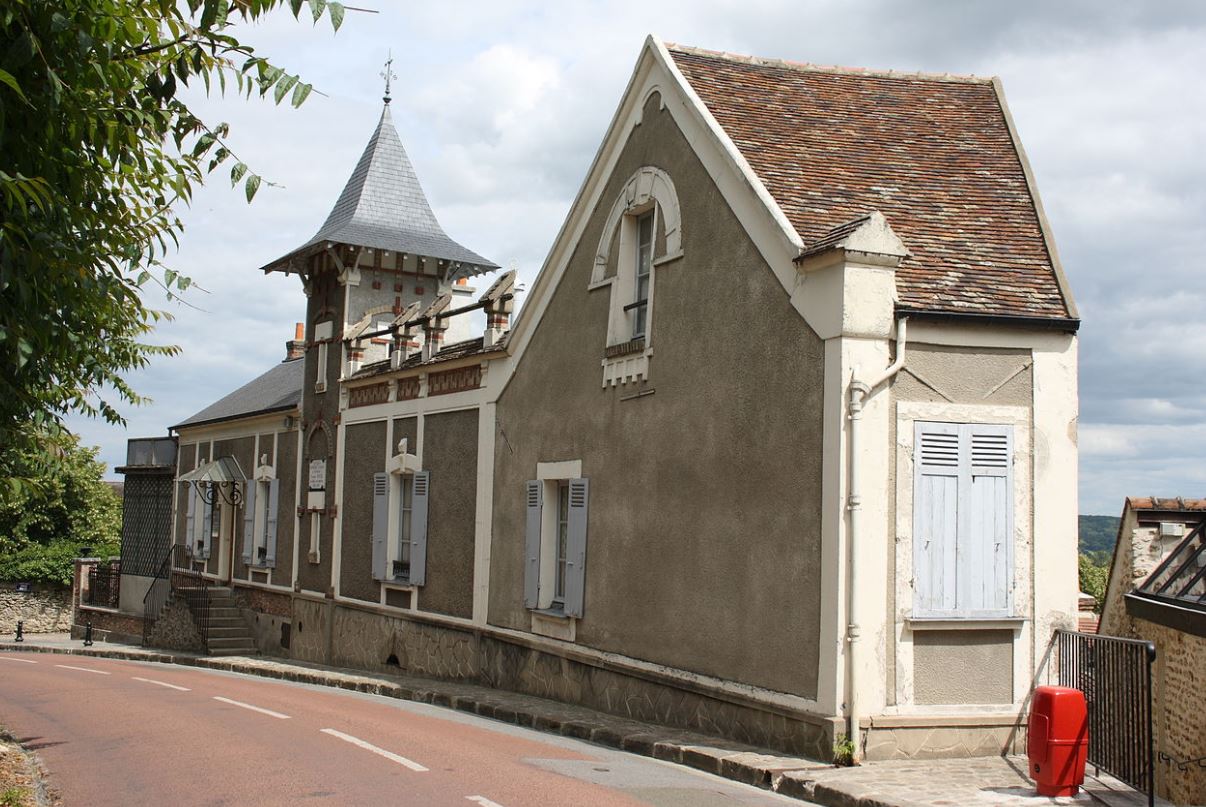
It was in this house that he composed his most famous orchestral works, such as the Boléro and his two piano concertos (one of which was for the left hand alone).
He is buried next to his parents.
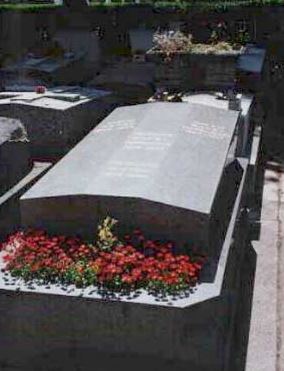
PRAGUE
Antonin Dvořák, Bedrich Smetana
TRAVEL GUIDE PRAGUE FOR CLASSICAL AND OPERA FANS
Bedrich Smetana
Cemetery Vyšehrad
The Bohemian composer was born Friedrich Smetana in the Bohemian province in 1824. Educated in the German language in the tradition of the time, he did not learn the Czech language until he was an adult. In 1856, he left for Gothenburg with his wife and children because he was unhappy with the autocratic government in his homeland. Within a few years, two children died, and on the return trip from Gothenburg in 1859, his wife died of tuberculosis.
In 1860, the “Bartered Bride” was performed with good success at the Prague Interim Theater, the forerunner of the National Theater, where Smetana held the post of Kapellmeister. He actually wanted to become director of the theater, but because he was a supporter of the New Germans around Liszt and Wagner, he was denied. This feud dragged on during his tenure with many intrigues and quarrels, which ruined Smetana’s health. A tinnitus (according to him, an A-flat major sex chord) made itself felt and by 1873 Smetana was completely deaf and he retired from his post.
Nevertheless, in the following years he composed his best-known work, “Ma Vlast” (“My Fatherland”). He wrote it in the countryside, where he had moved out with his second wife and children to live with his sister. The first piece of this 6-part cycle is called Vyšehrad, it is about the castle on the Vltava River, at the foot of which he was buried 10 years later.
Smetana was buried in this cemetery on the grounds of the castle. His physical and mental health deteriorated in the last years of his life and he had to be admitted to a psychiatric hospital, where he died.
Smetana’s tomb:
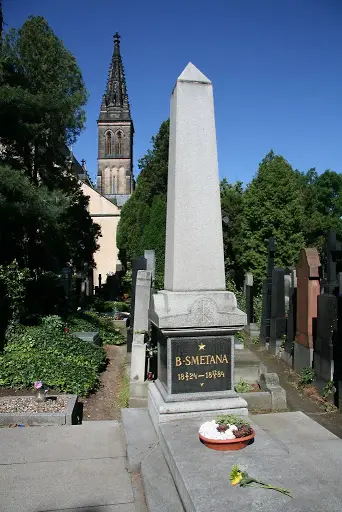
Antonin Dvořák
Cemetery Vyšehrad
Born in 1841 in rural Bohemia, Prague became the center of his life from the beginning of his music studies in 1857. For 20 years he lived in the Czech capital as a mouse-poor student and orchestral musician.
In 1877 the breakthrough came with the honorable mentions first by the famous critic Hanslick and then mainly by the encouragement of Johannes Brahms. However, it was also during this period that the tragedies of the two child deaths occurred, which shook him while he was working on the Stabat Mater.
In the 80’s concert tours to England helped him to prosperity and in the beginning of the 90’s the 2-year stay in the USA took place with the acclaimed premiere of his 9th symphony in New York, which helped him to fame. Dvořák died in Prague in 1904.
Dvorak was buried in this cemetery on the grounds of the castle, thousands of people accompanied the body on the way to the cemetery.
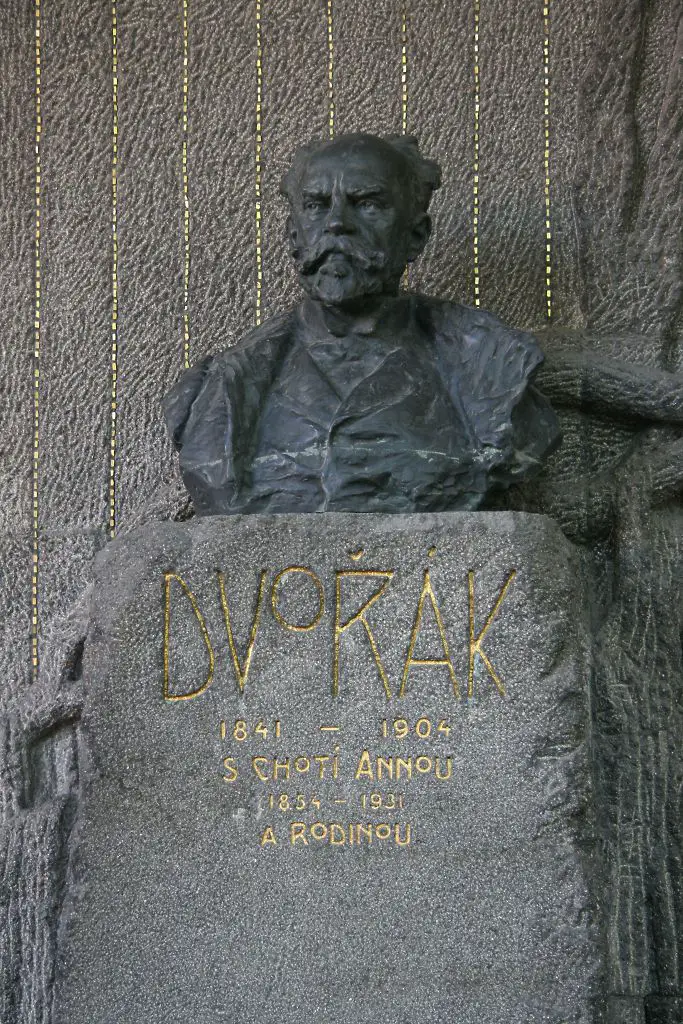
ROME
TRAVEL GUIDE ROME FOR CLASSICAL MUSIC AND OPERA FANS
Arcangelo Corelli
Pantheon Rome
Arcangelo Corelli came to Rome at the age of 22 and from then on was in the service of ecclesiastical dignitaries. His output was very popular (he had composed exclusively instrumental music) and influential. On the orders of a cardinal, his mortal remains were placed in the Roman Pantheon, where Rafael’s tomb is located, among others.
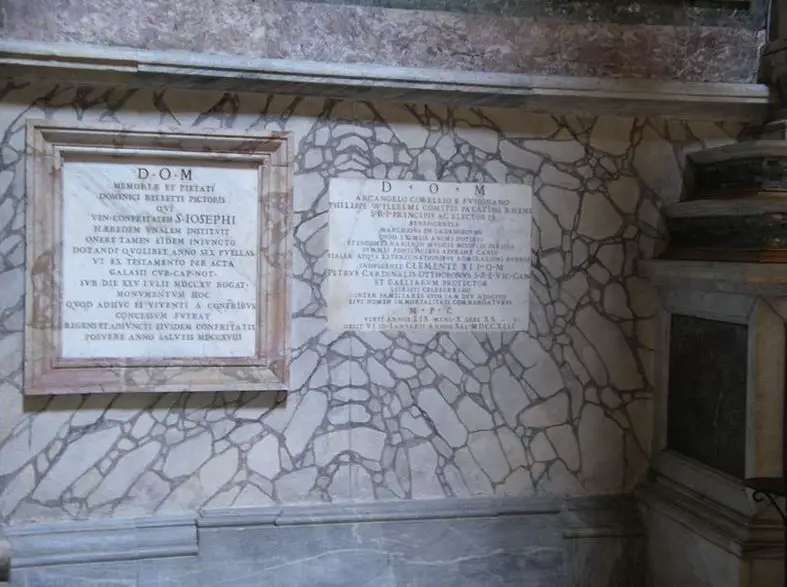
SAINT PETERSBURG
Mikhail Glinka
Tikhvin Cemetery
Glinka was a frequent traveler in the last decade of his life and died unexpectedly of a cold in Berlin after a stay of several months. His body was subsequently repatriated and his tomb is located in the Alexander Nevsky Monastery cemetery.
Tikhvin Cemetery:
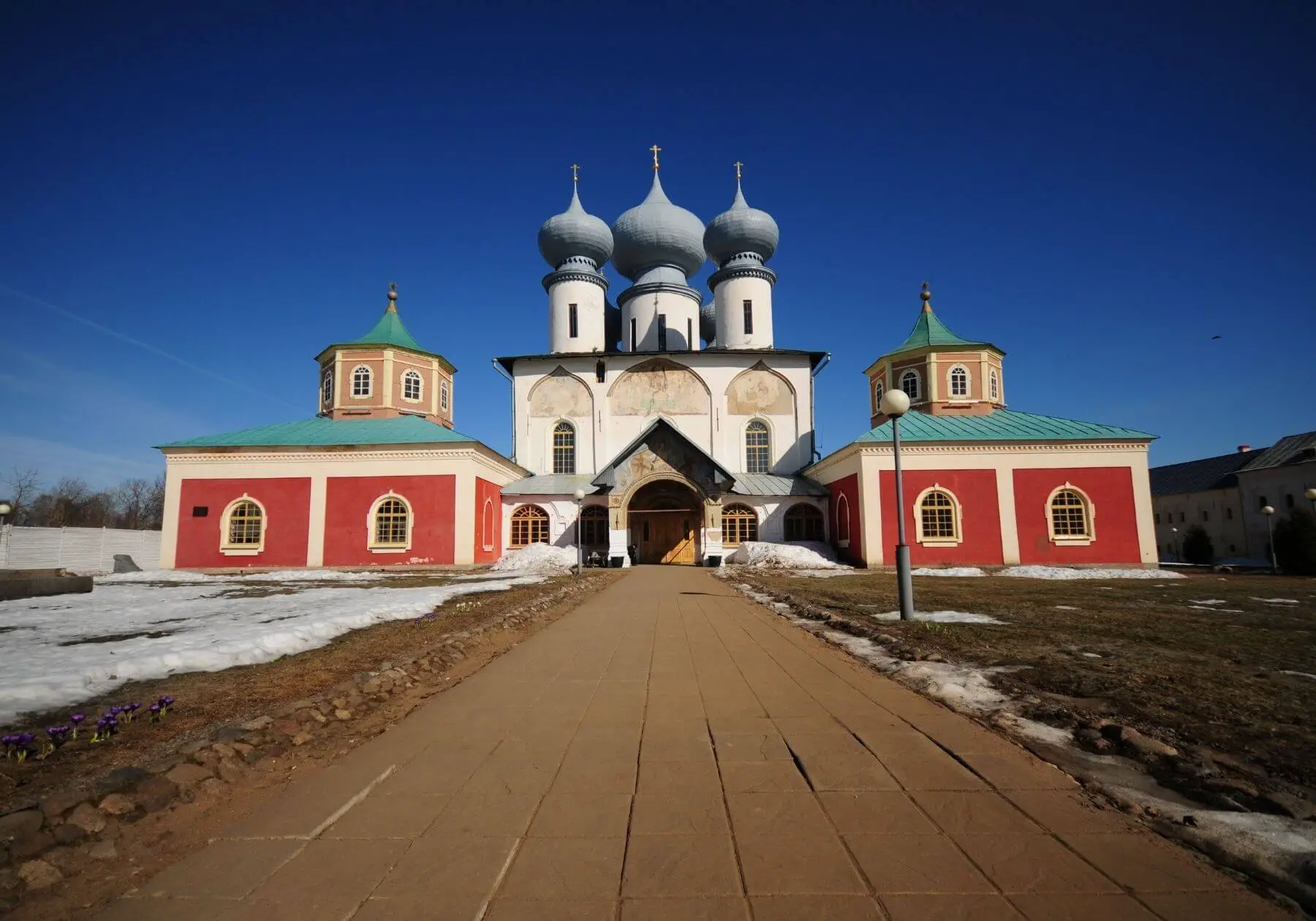
Glinka’s gravesite:
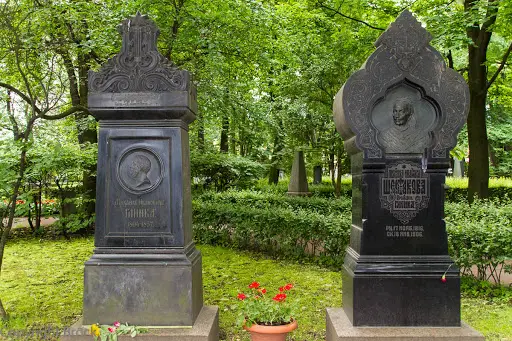
Modest Mussorgsky
Tikhvin Cemetery
Mussorgsky literally drank himself to death. He died in a St. Petersburg hospital at the age of 42. His body is buried in the spectacular Tikhvin Cemetery of the Alexander Nevsky Monastery in St. Petersburg.
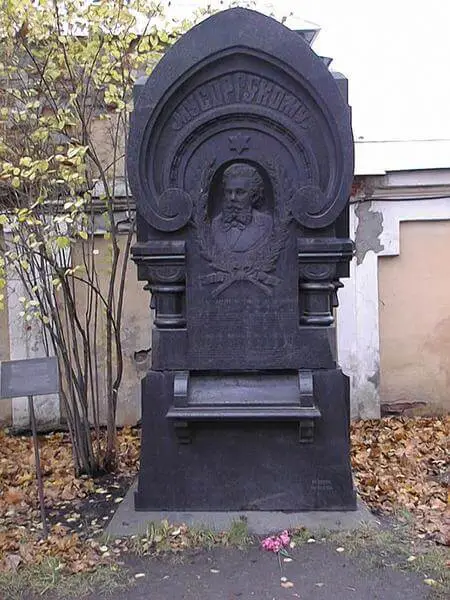
Peter Tchaikovsky
Tikhvin Cemetery
His grave is located in the Tikhvin Cemetery at the Alexander Nevsky Monastery in Saint Petersburg. Tchaikovsky’s abdication took place in Kazan Cathedral, and the attendance was huge, with 60,000 people requesting tickets. The grave is located in the Tikhvin cemetery in the Alexander Nevsky Monastery. Alexander Borodin, Mikhail Glinka, Rimsky-Korsakov and Modest Mussorgsky are also buried near it.
Grave of Peter Tchaikovsky:
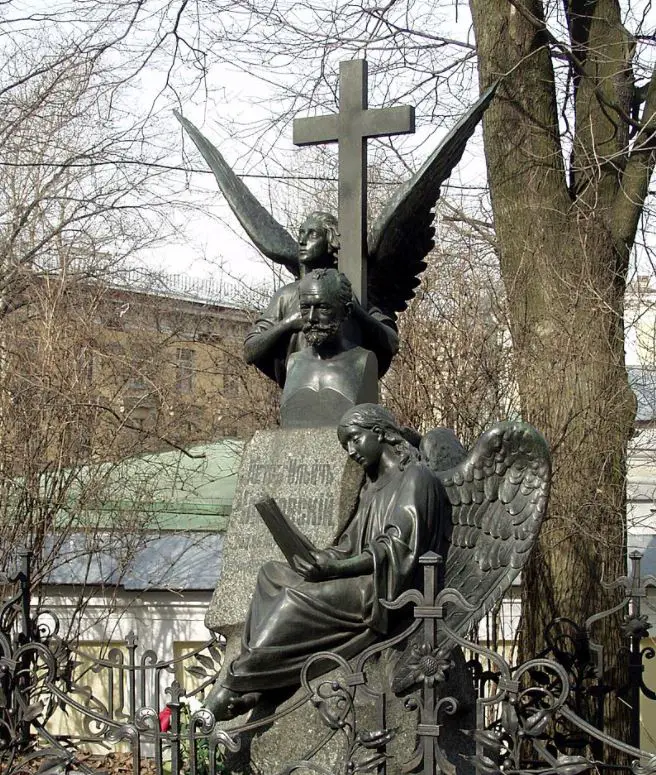
Rimski-Korsakoff
Tikhvin Cemetery
Rimsky-Korsakoff died of angina in 1908 and was given an honorary grave in the Alexander Nevsky Cemetery.
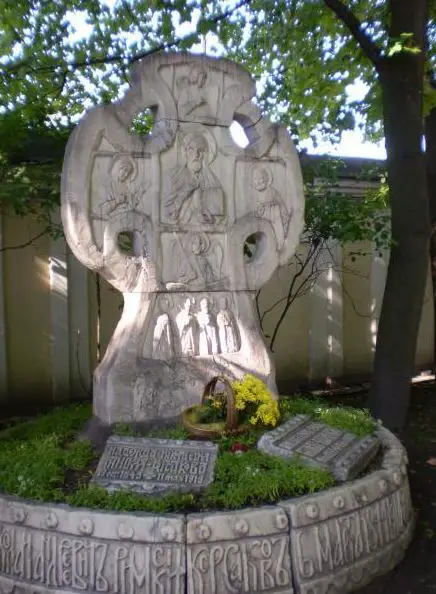
TORRE DEL LAGO
Giacomo Puccini
The chapel in his former house in Torre del lago
In his final period Puccini was composing “Turandot”. Already terminally ill, Puccini could no longer complete the opera. He went to Brussels on November 24, 1924 for a risky operation on his throat cancer (Puccini was a heavy smoker). He still had to tackle the difficult final duet and wrote on the sketches of this duet: “Poi Tristano”. Five days later he died.
By decision of his publisher Ricordi, Puccini’s family and Arturo Toscanini, the composer Franco Alfano was commissioned to complete the work. The premiere took place in Milan 1 1/2 years after Puccini’s death. Arturo Toscanini, the conductor of the premiere, stopped the premiere in the third act after Liù’s death music with the words “Here ends the word of the master.” The curtain closed. Silence spread at first, until the audience broke into a never-ending ovation for the late master.
TO THE BIOGRAPHY OF GIACOMO PUCCINI
The last honor in the cathedral of Milan
In 1924, Arturo Toscanini conducted the funeral ceremonies for the late Puccini in Milan Cathedral. Toscanini bore a heavy burden, for 23 years earlier he had conducted the ceremonies for Verdi, and now it was his friend and companion Puccini’s turn. The speech was given by none other than Benito Mussolini, who tried to exploit the death of the now national saint politically.
With the income from the “Bohème” he bought the tower in Torre del Lago, renovated it and expanded the estate into a stately residence. He composed many of his operas (Tosca, Il Trittico, La Rondine and Fanciulla del West) in this Art Nouveau villa, which has become an inspiring museum.
The chapel also houses the tomb of the master.
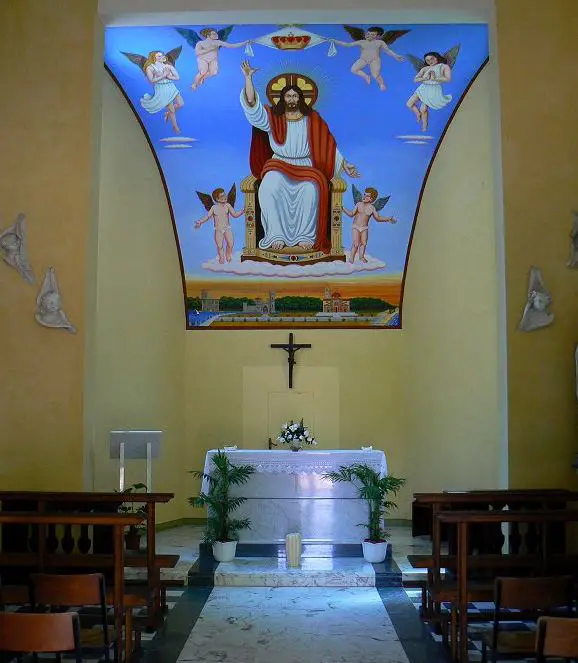
VENICE
Igor Stravinsky, Claudio Monteverdi
TRAVEL GUIDE VENICE FOR CLASSICAL AND OPERA FANS
Claudio Monteverdi
Santa Maria Gloriosa dei Frari
In 1613, the 46-year-old Monteverdi found himself in difficult economic circumstances. His underpaid job as maestro at the court of Mantua was on the line because the new duke was not a lover of the arts like his just-deceased predecessor. So it came in handy for Monteverdi that the position as music director of St. Mark’s Cathedral in Venice became vacant. In this important position he found the artistic and economic recognition he had been seeking.When the plague struck in 1632, he lost his son and became ill. After his recovery, under the impact of the plague epidemic, he had himself ordained a priest.
Already over 70 years old, he reinvented himself once again when Venice opera opened up to secular themes and needed operas for the carnival season. The opera was independent of a court theater and was attended by a middle-class audience seeking entertainment during the carnival season. He abandoned the usual mythological material and wrote the scathing satire “L’incoronazione di Poppea.”
TO THE BIOGRAPHY OF CLAUDIO MONTEVERDI
Monteverdi’s tomb is in the church of Santa Maria Gloriosa dei Frari.
Monteverdi’s tomb:
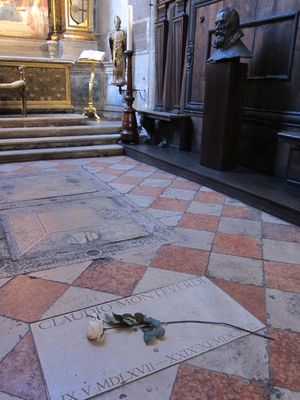
Igor Stravinsky
San Michele Cemetery
At his own request, he was laid to rest next to his wife in this island cemetery in 1971, so that music lovers from all over the world could visit the grave.
TO THE BIOGRAPHY OF IGOR STRAVINSKY
Coincidentally (or perhaps not?), a few meters from Stravinsky’s grave stands that of Sergei Diaghilev, the famous impresario of the Ballets russes, who died in Venetian exile in 1929. At the beginning of his career, Stravinsky was commissioned by Diaghilev to compose his most famous works, the ballet The Firebird (1910), Petrushka (1911), Le sacré du printemps (1913) and Pulcinella (1920).
Stravinsky and Diaghilev:
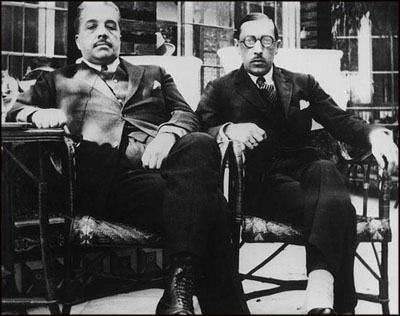
Strawinki’s tomb:
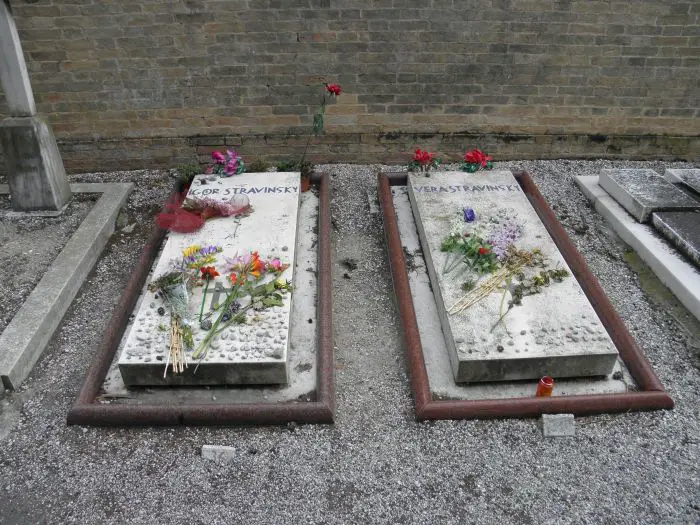
VÄSTRA KARUP
Birgit Nilsson
Her career
Birgit Nilsson was the dominant “Hochdramatische” (Dramatic Soprano) in the post-war years. Her voice had the greatest vocal penetrating power and her glistening high notes are inimitable.
Isolde, Turandot and Brünnhilde were her most famous roles. Brünnhilde in particular is, along with Isolde, the “highly dramatic” role par excellence in the Wagner repertoire. She constantly has to sing against a giant orchestra. This did not deter Birgit Nilsson, for she was a vocal wonder. “Vocal cords of steel” and “trumpet” were attributes often heard when she outshone other singers and the orchestra with her voice. During the recordings of the Ring in the famous Solti recording, it is said that the loudspeaker often sounded “Please take three steps back when you hear high notes, Ms. Nilsson,” as the sound waves overwhelmed the microphones.
She was a humorous person and many anecdotes surround her relationship with money. When asked if the Nilsson was difficult, former Met director Rudolf Bing once replied, “Not at all, you put enough money in and a wonderful sound comes out.”
She died in 2005 and was buried in the cemetery of her birthplace, Västra Karup, next to her parents.
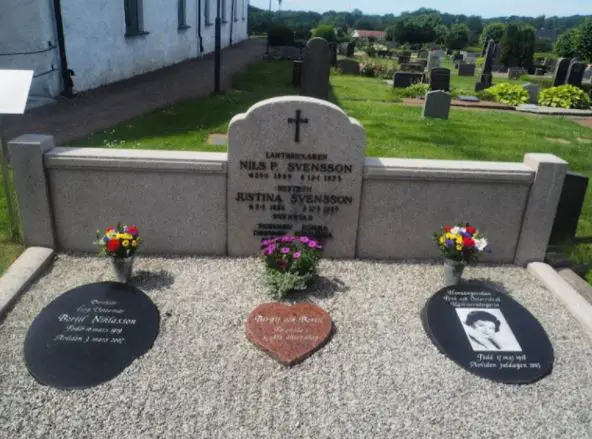
VIENNA
Ludwig van Beethoven, Johannes Brahms, Christoph Willibald Gluck, Joseph Haydn, Gustav Mahler, Wolfgang Amadeus Mozart, Johann Strauss, Alban Berg, Arnold Schönberg
TRAVEL GUIDE VIENNA FOR CLASSICAL MUSIC AND OPERA FANS
Zentralfriedhof
Here you will find a google map of the Zentralfriedhof, Zoom-In to find the tombs.
Alban Berg
Hietzing Cemetery
Alban Berg was in economic difficulties when his health began to weaken. Performances of his works were already branded as Degenerate Art in Germany and he was thus missing out on important income. Out of thrift, his wife cut open a boil herself. Berg was then admitted to a hospital, but he died there from the blood poisoning that developed.
In the cemetery Hietzing are other honorary graves of other important personalities such as Anton Dermota, Anton Dermota, Gottfried von Einem, Gustav Klimt and Franz Grillparzer.
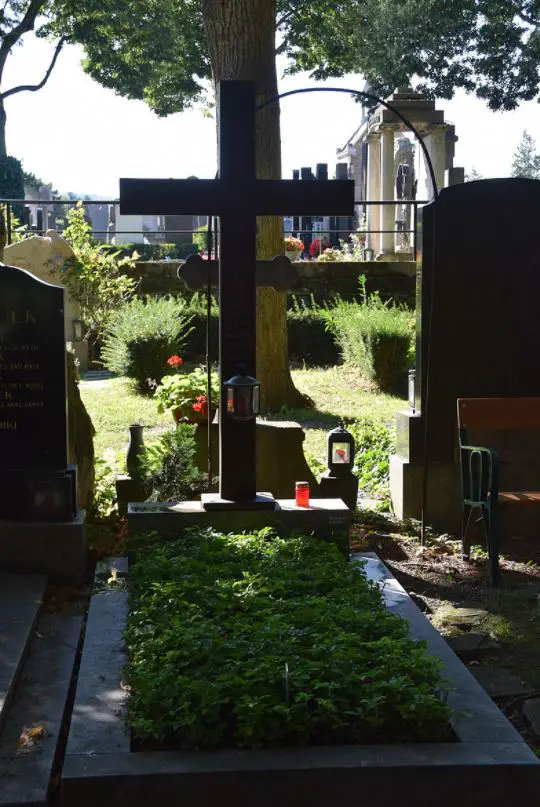
Beethoven
Zentralfriedhof (Central Cemetery)
Beethoven’s first resting place was at the Währinger Ortsfriedhof (local cemetery), where a tombstone still stands next to Schubert’s grave. In 1888, Beethoven body was moved to the Central Cemetery.
Beethoven’s grave at the Central Cemetery:
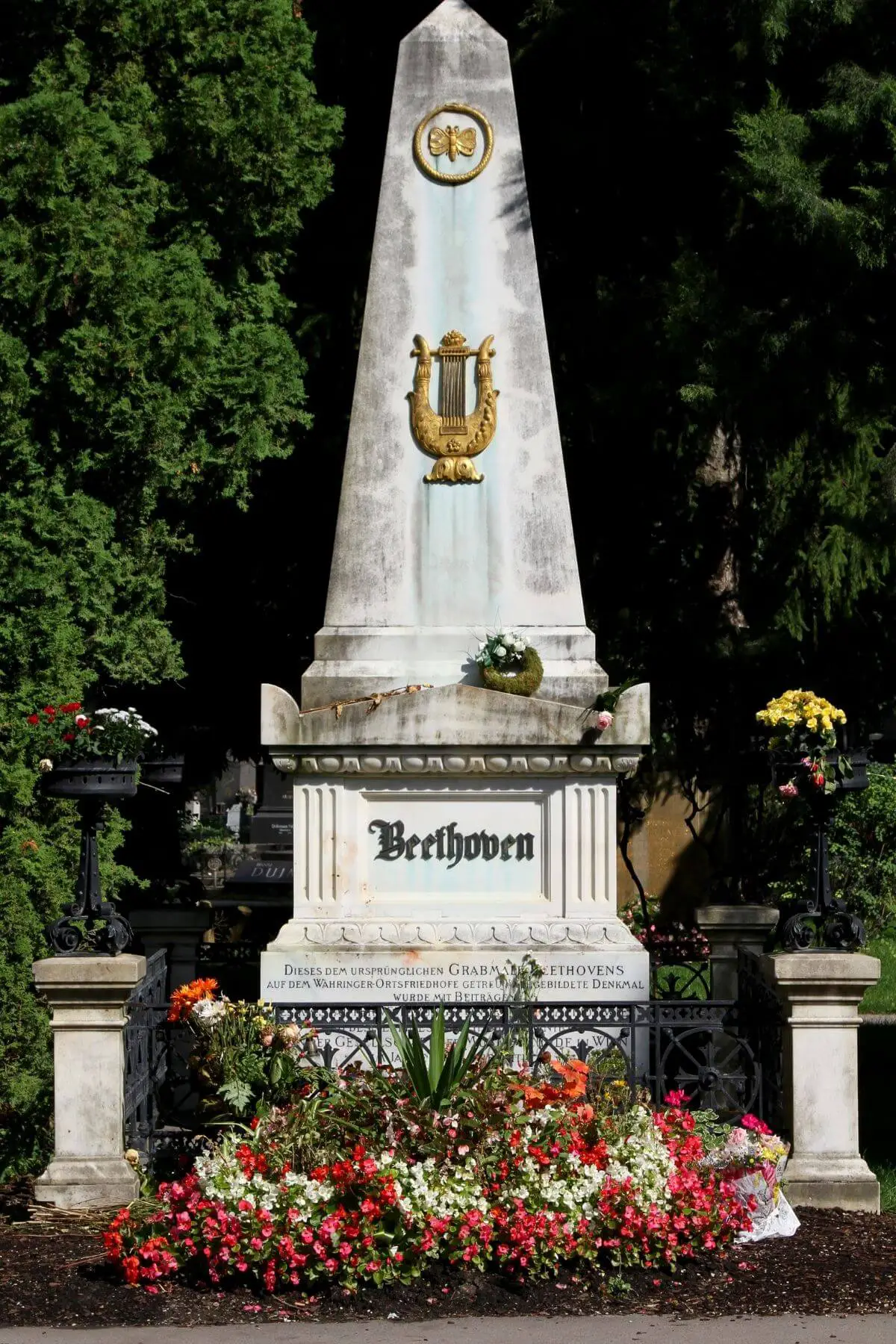
Brahms
The 29-year-old Brahms visited Vienna for the first time in 1862, and when he presented his G minor piano quartet at an evening event there, the director of the conservatory and musician Joseph Hellmesberger is said to have already proclaimed Brahms the heir to Beethoven. Although Brahms struggled with these comparisons throughout his life, he felt valued in Vienna, which could not be said of his native Hamburg, where his music met with skepticism and he was passed over for appointments. So he decided to accept an offer as choir master and moved to Vienna. Brahms’ center of life remained Vienna until his death.
Brahms died on April 3, 1897 in his apartment on Karlsgasse. According to the diagnosis at the time, it was liver cancer; today it is suspected that it was pancreatic cancer. He was buried in a grave of honor in Vienna’s Central Cemetery.
Brahms’ tomb:
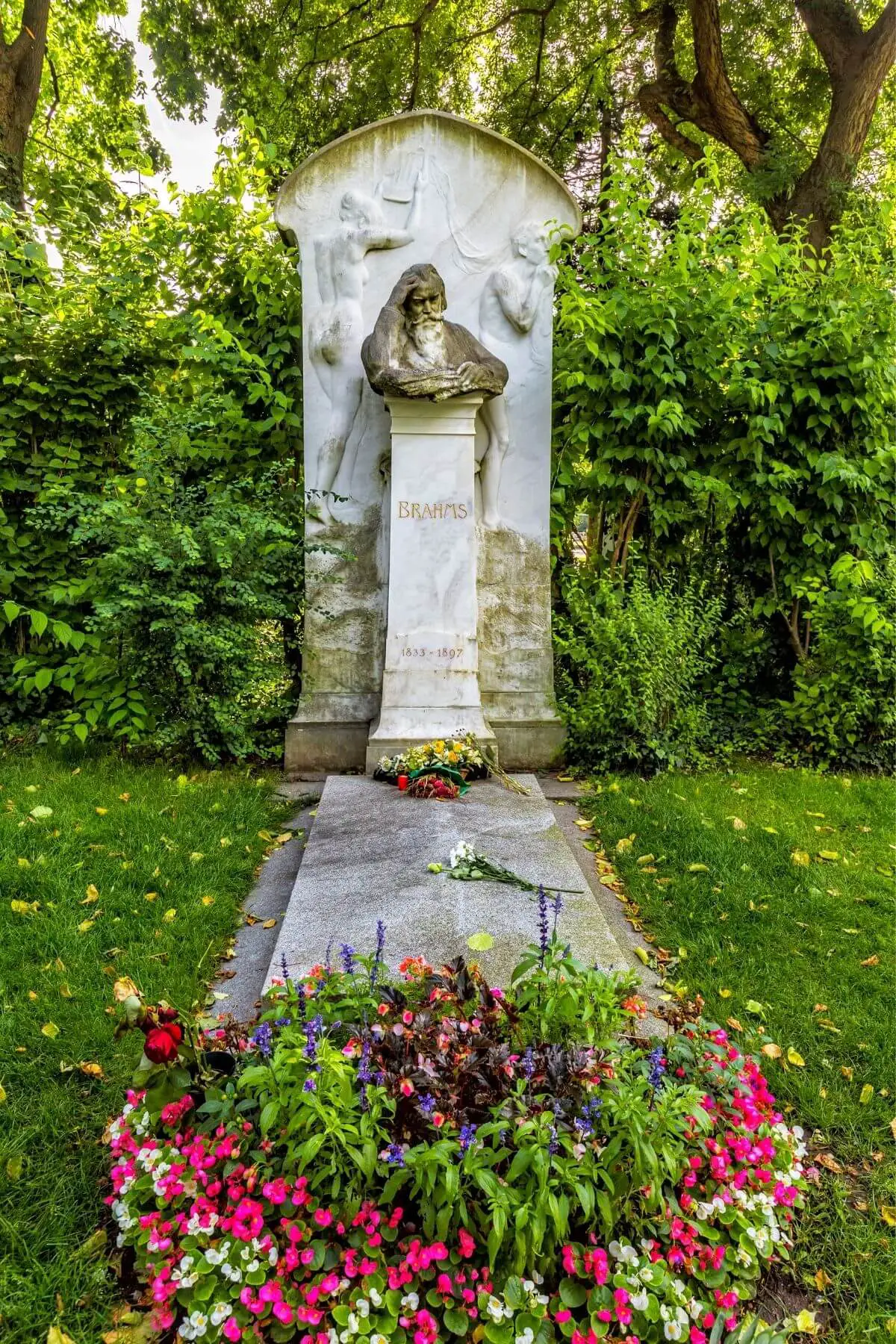
Brahms on his deathbed:
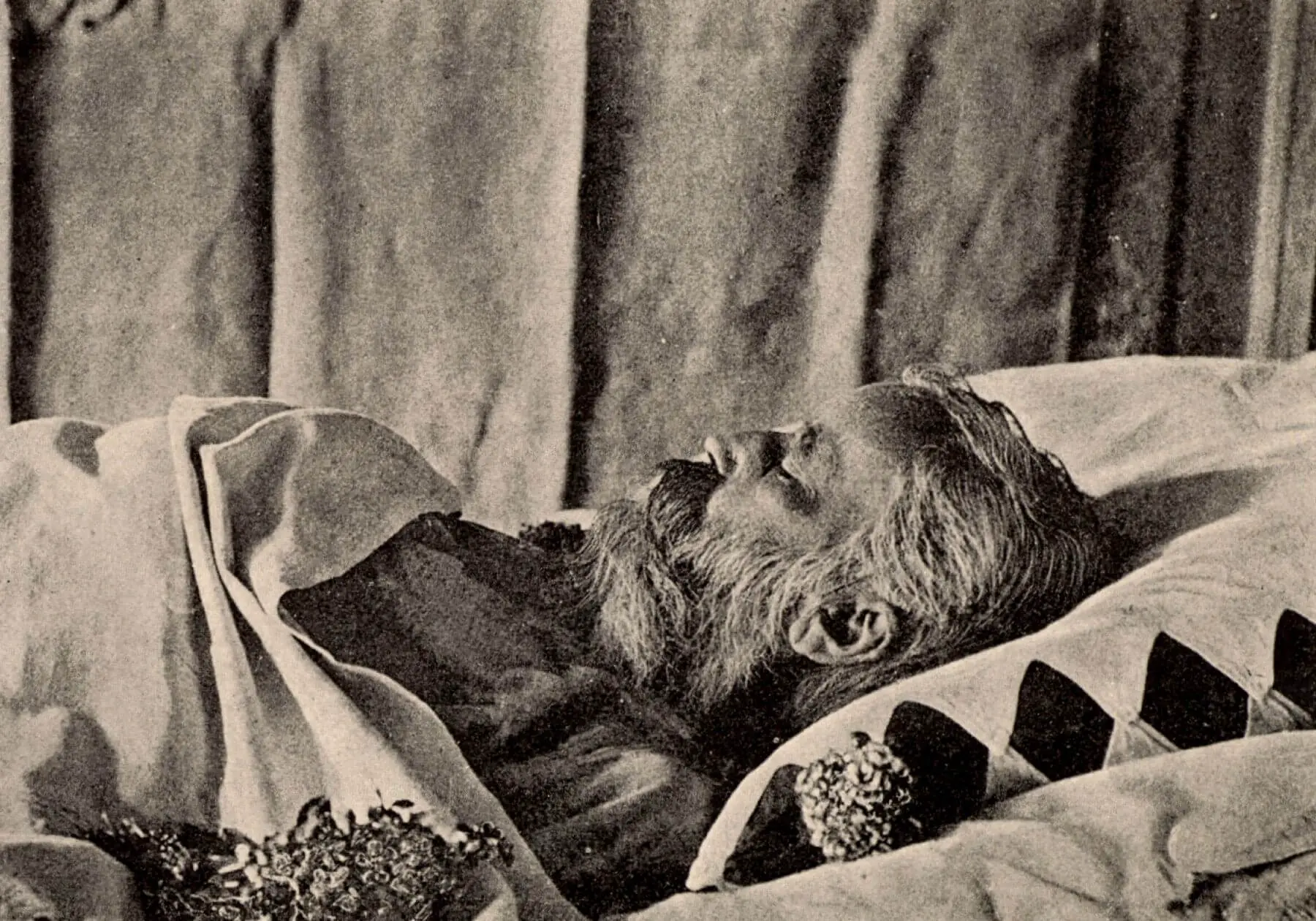
Gluck
Zentralfriedhof (Central Cemetery)
Gluck received an honorary grave in the Central Cemetery (Group 32 A, Number 49).
Gluck’s tomb:
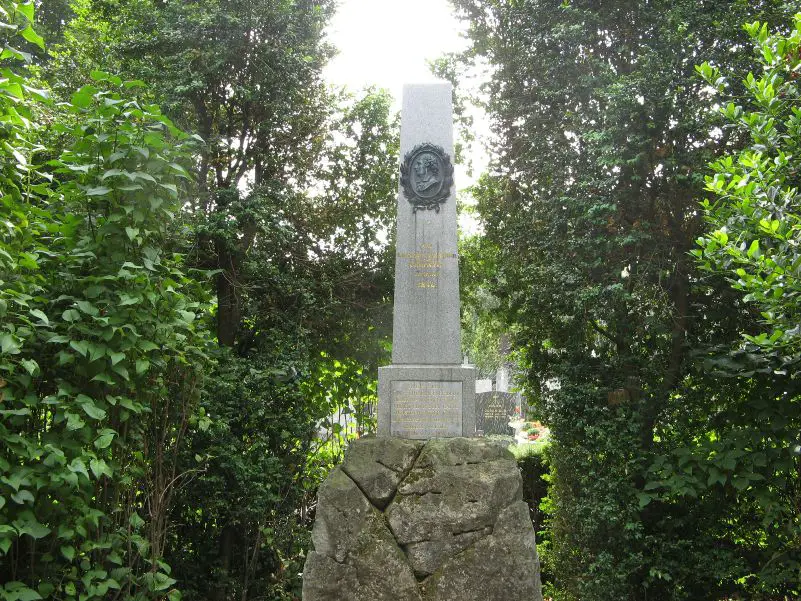
Mozart
Zentralfriedhof (Central Cemetery)
Mozart is buried in the St. Marx cemetery (see further down), but there is a grave of honor in the Central Cemetery.
TO THE BIOGRAPHY OF WOLFGANG AMADEUS MOZART
Mozart’s grave of honor in the Central Cemetery:
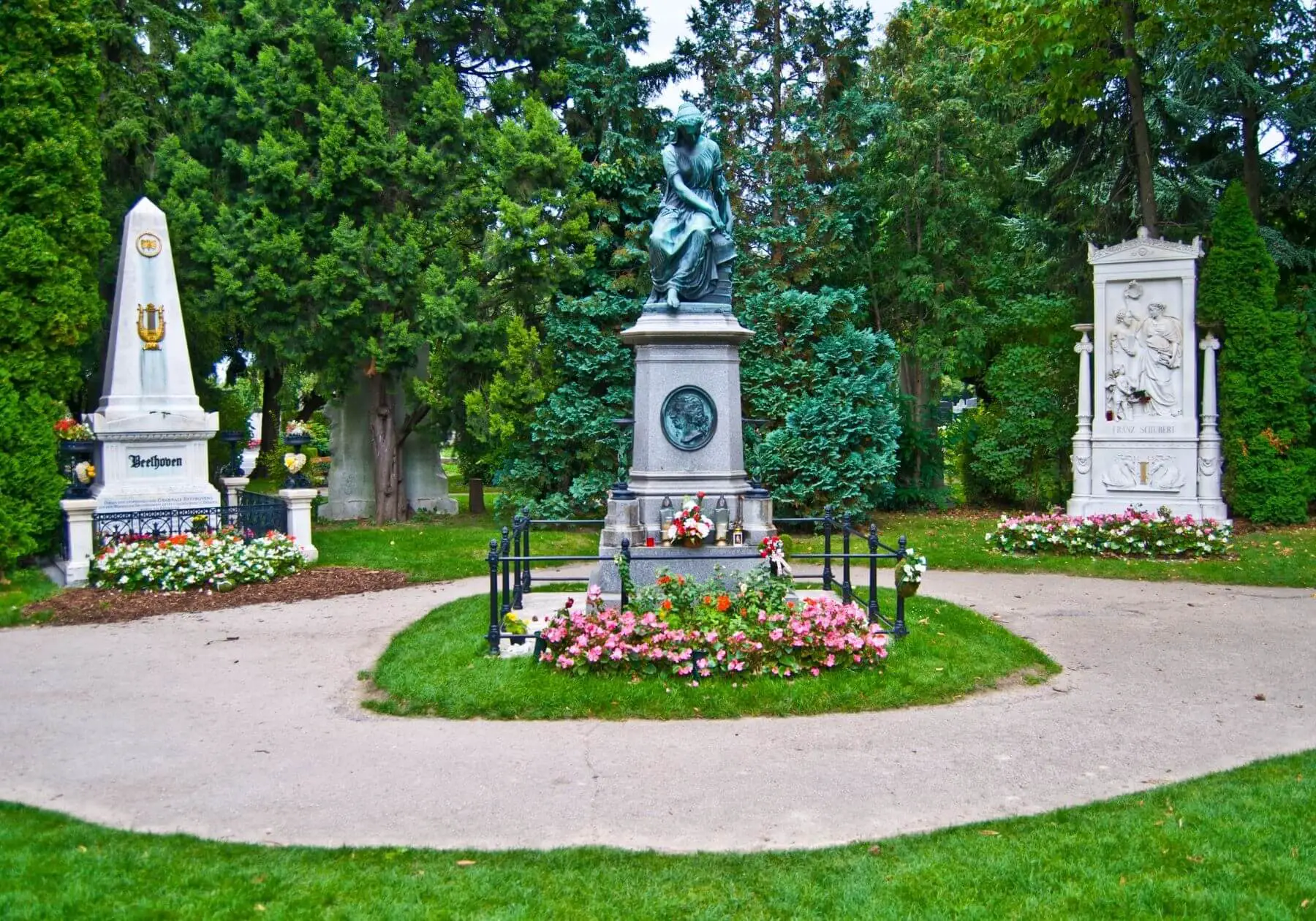
Schubert
Zentralfriedhof (Central Cemetery)
Before his death, Schubert expressed his wish to be buried near Beethoven’s grave, at whose funeral celebrations a year earlier he had been one of the torchbearers. This wish was granted after his death on November 19, 1828, and he was buried two grave sites next to the great role model. The tomb was built according to the plans of his friend Schober.
In 1888 Schubert’s body was moved together with Beethoven’s grave from Währinger Friedhof to Zentralfriedhof. The gravestones remained in Währing and a copy was made for the Central Cemetery.
Schubert’s Grave:
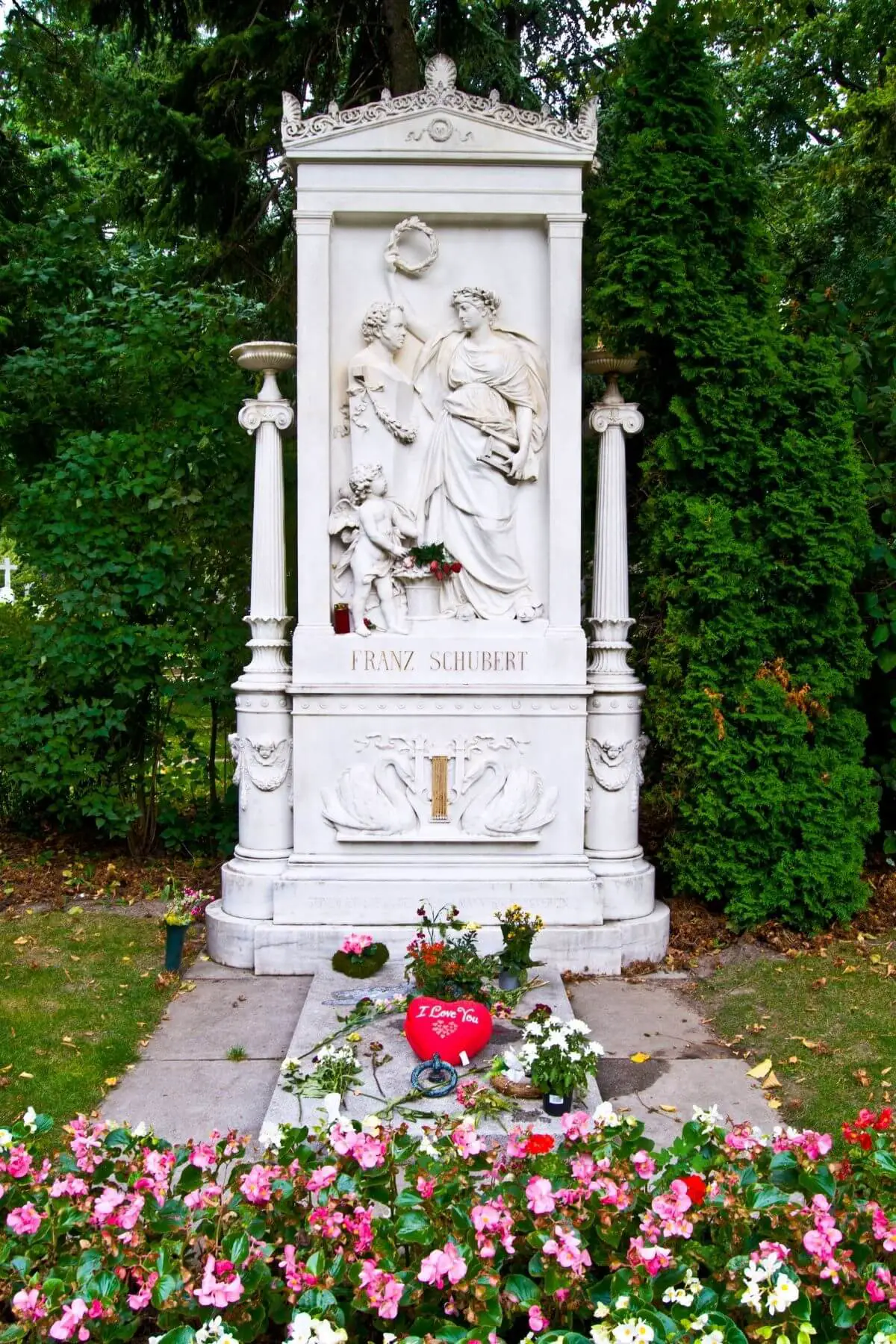
Arnold Schönberg
Zentralfriedhof
Schönberg was a native of Vienna. His parents came from neighboring countries to the east and were of Jewish descent. Schoenberg converted to Christianity at the age of 24, in part to escape rampant anti-Semitism.
His first musical phase was late romantic with the main work “Transfigured Night”, later he composed atonally e.g. “Pierrot Lunaire” and then in the twelve-tone technique e.g. “Variations for Orchestra”. With his writings on compositional theory, he became an influential theorist, developing the foundation of modern, newer music (new resp. second Viennese school). Schoenberg later emigrated to the USA. Schönberg had a phobia of the number 13. He even went so far as to name his opera “Moses und Aron”, since the name with double A would have comprised 13 letters. He feared his death in a year that would correspond to a multiple of 13. This did not come true in the end, but he died on a day with the date of a 13. To be precise, on July 13, 1951.
Schönberg had died and been cremated in the USA and a grave of honor was erected for him in the Central Cemetery.

[/av_content_slide
Zentralfriedhof (Central Cemetery)
Johann Strauss died of pneumonia at his home in Igelgasse in 1899. After the abdication service, the procession went through the city center and passed many places of activity such as the Theater an der Wien or the Court Opera. Tens of thousands paid their last respects to the musician and he was solemnly buried in the Central Cemetery.
His gravesite is very originally designed with many details, such as waltzing angels and a bat coming in for a landing.
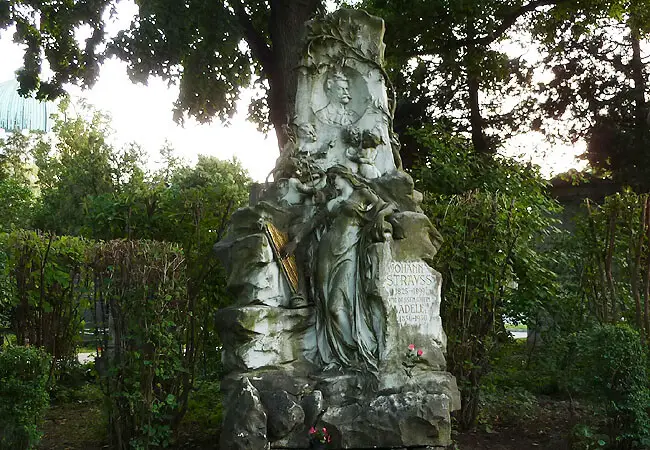
Mozart
Cemetery St. Marx
It is common knowledge that Mozart was “disposed of” in a mass grave of the St. Marx cemetery, in a shaft grave according to the customs of the time (practically all Viennese received a 3rd class burial without a grave cross). The grave monument was erected on Mozart’s 100th birthday where the tomb is presumed to have been. In addition, Mozart also has a grave of honor in the Central Cemetery, which is located on the same streetcar line (in Vienna, die is also called, “to take the 71”, after the number of the streetcar line). The atmospheric St. Marx cemetery is enclosed between a highway triangle and Mozart is the only real “star dead”, nevertheless the visit is worthwhile.
TO THE BIOGRAPHY OF WOLFGANG AMADEUS MOZART
https://www.wien.gv.at/umwelt/parks/anlagen/friedhof-st-marx.html
Mozart’s tomb:
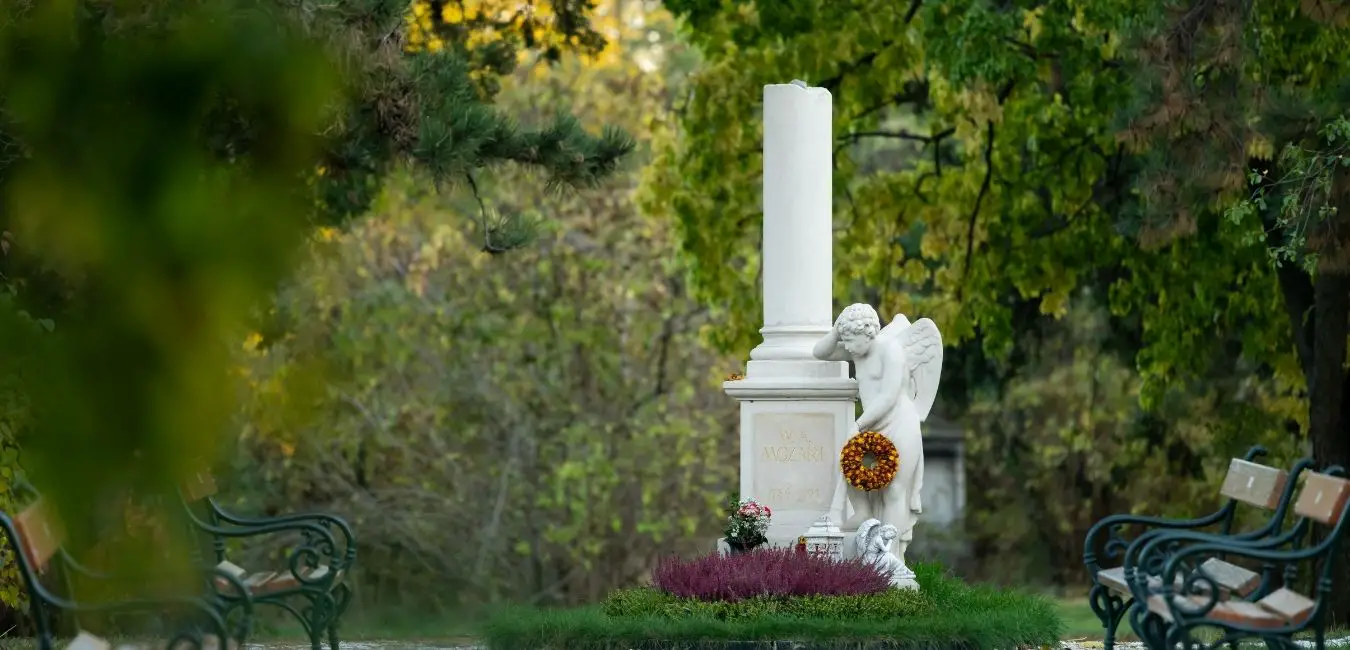
Mahler
Cemetery Grinzing
In Gustav Mahler’s youth, infant death was a terrible normality; four of his siblings died at an early age. Especially the death of his 13-year-old brother was a terrible experience for the then 15-year-old Gustav. Mahler processed these childhood experiences in his first symphony, with the famous brother Jacob motif as the theme of a funeral march.
When his beloved daughter died of diphtheria at the age of five, a world collapsed for Gustav and Alma, and Alma reproached her husband for his Kindertotenlieder (the songs on the death of children) he had written earlier as a terrible omen.
Gustav had Maria Anna buried in the Grinzing cemetery and in his will he stipulated that he be buried next to her.
Mahler’s tomb:
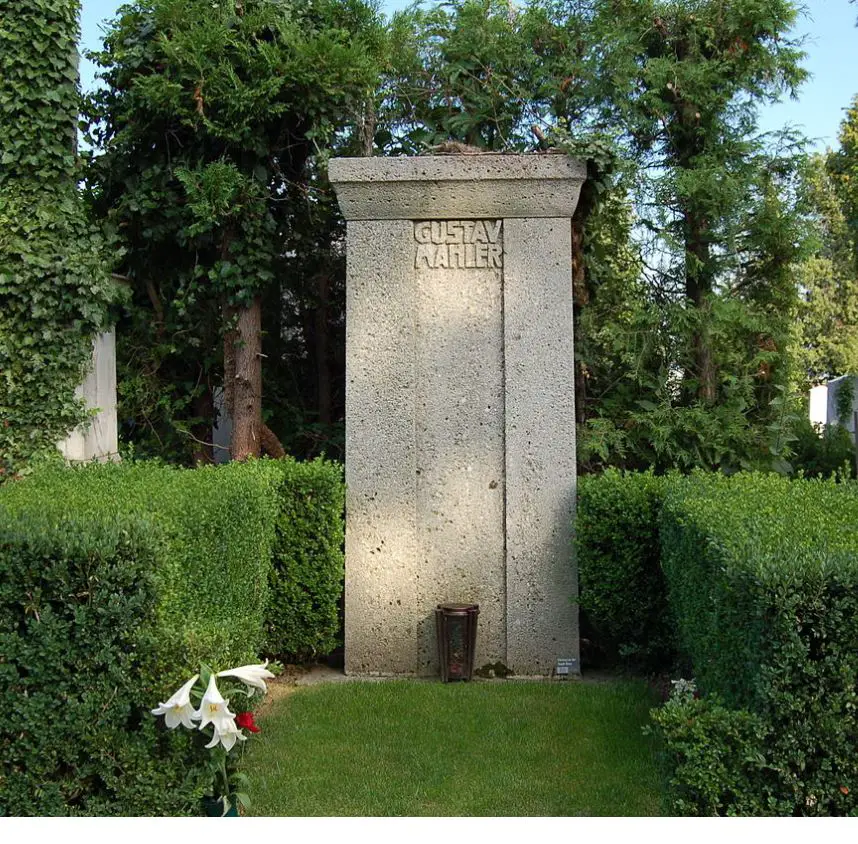
Haydn
Haydn Park:
Haydn was buried at his death in Hundsturm Cemetery. After the burial, five men, with the help of a gravedigger, stole the skull at night allegedly for research and security purposes. Haydn’s body was moved to Eisenstadt in 1820, where Prince Esterhazy was horrified to notice the missing skull. This resurfaced after an odyssey 100 years later at the Musikverein in Vienna, where, after a lengthy back and forth, it was placed in Eisenstadt in Haydn’s resting place in the Bergkirche with the rest of the remains in 1954.
Hundsturm Cemetery was eventually turned into a park, but Haydn’s tombstone was left in its original location.
Haydn’s tombstone in:

Haydn’s skull is finally in Eisenstadt:
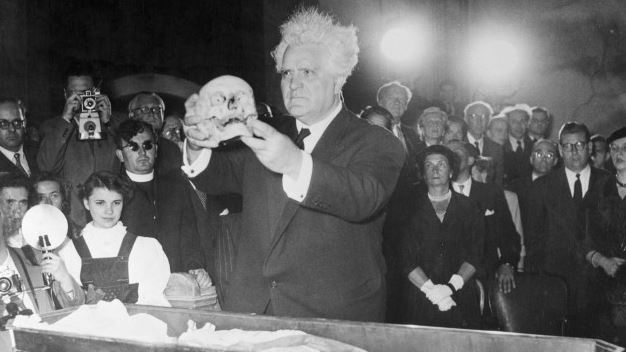
WARSAWA
Chopin
Holy Church of Warsaw
Chopin’s heart is immured in the columns of this church. The journey there was adventurous, his sister had rushed to his deathbed in Paris and learned from her brother his wish that his body should return to Poland. This was not possible due to the political situation and the friends decided that she should smuggle the heart preserved in cognac to Warsaw, where it was first stored in her apartment. Her baptismal church then accepted the heart, but stored it in the church basement because church officials did not believe Chopin was living a pious life in Paris. It was not until 40 years later that it found its way into the church, in a place of honor with a marble monument on the columned wall. The heart was to be taken out two more times, the first time when, with the help of a German priest, it was brought to safety during World War II before the church was blown up, and the second time in 2014 after the church was rebuilt when it was medically examined and the cause of death was recorded as pericarditis, which had its basis in his tuberculosis.
Holy Cross Church:
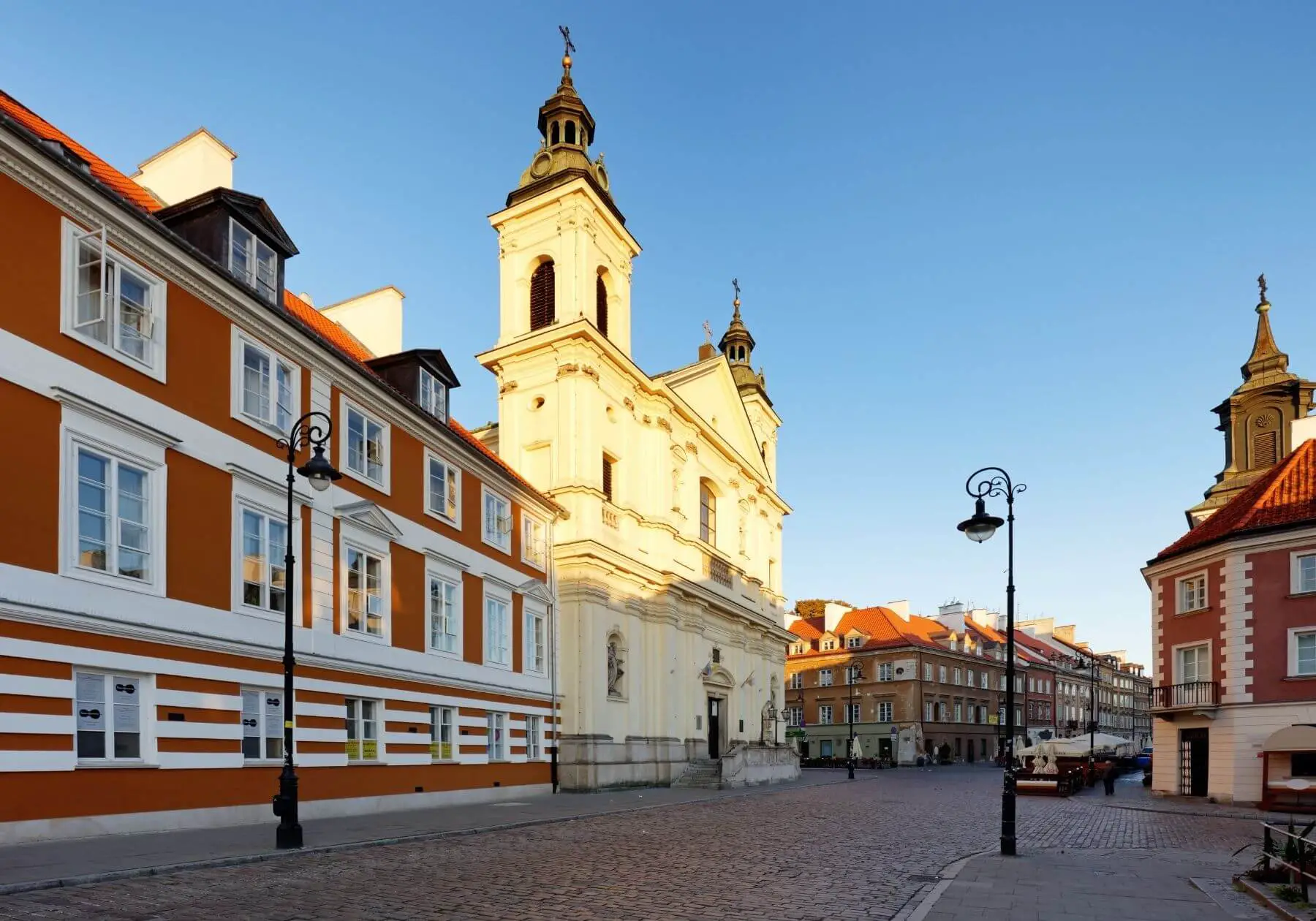
Chopin Epitaph:
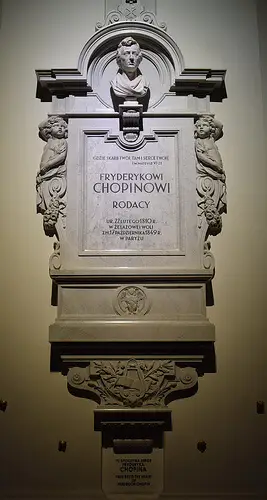
ZURICH
TRAVELGUIDE SWITZERLAND FOR CLASSICAL AND OPERA FANS
TO THE PORTRAIT OF ELISABETH SCHWARZKOPF
Elisabeth Schwarzkopf
Her career
In 1942 she was engaged at the Vienna State Opera. In 1946 she auditioned with Walter Legge, the later famous producer and husband of Schwarzkopf, and Herbert von Karajan, which became an anecdote. Her career picked up speed. Legge, who later became her husband, planned this thoroughly. “It consisted of three pillars: the well-dosed opera performances at exclusive houses in the world, the best possible recordings and a lively concert and recital activity. (Fischer, grosse Stimmen)
The famous Mozart ensemble in Vienna was brilliantly put together by Josef Krips. The great Ljuba Welitsch, Irmgard Seefried, Hilde Güden and Sena Jurinac sang in the ensemble and their work is documented on various recordings.
It has become a legend how Schwarzkopf, supervised by Legge, studied many old masters (Ponselle, Melba, Seinemeyer…) and adapted from each the best. She was occasionally accused of this by her envious ones, but the result in the operas of Mozart and Strauss was captivating. She was a kind of Maria Callas of the German repertoire. And like Maria Callas, she was a controversial figure who attracted both critics and fervent followers.
Her voice
Schwarzkopf’s voice was a lyrical soprano. She herself said that her strongest weapon was that “she only sings colours”. But color is not only a surface, it also contains a spectrum of emotions (from sensual and beautiful to dramatic and exciting).
She is regarded as one of the leading sopranos of the second half of the 20th century. Her Marscahllin and countess became style-forming for a whole generation. Her operettas also became references “whose rank has not been regained until today” (Fischer).
Her importance as a singer of songs is eminent and her 4 last songs by Strauss are of lasting value.
She is buried next to her husband in the cemetery of Zumikon (near Zurich), where she had lived from 1982-2003.
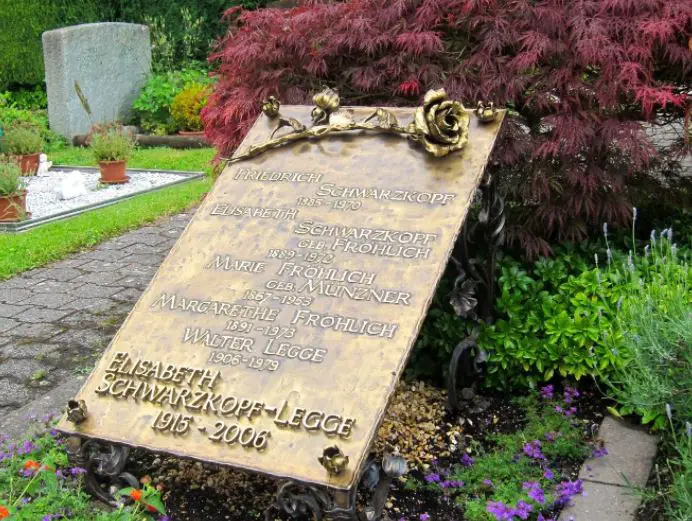
Ravel in Montfort-l’Amaury
The series about historical places of opera art & culture. Get to know exciting excursion and travel ideas for opera lovers. This time: Ravel in Montfort-l’Amaury.
Dmitri Shostakovich in St. Petersburg
The series about historical places of opera art & culture. Get to know exciting excursion and travel ideas for opera lovers. This time: Dmitri Shostakovich in St Petersburg.
Sergej Prokofiev in Moscow
The series about historical places of opera art & culture. Get to know exciting excursion and travel ideas for opera lovers. This time: Sergej Prokofiev in Moscow.
Gustav Mahler in Maiernigg / Wörthersee
The series about historical places of opera art & culture. Get to know exciting excursion and travel ideas for opera lovers. This time: Gustav Mahler in Maiernigge / Wörthersee.

